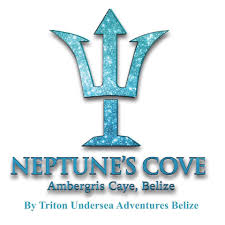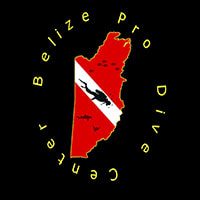|
The Yucatán woodpecker is a species of bird in the family Picidae. It is sometimes referred to as the Red-Vented Woodpecker. The Yucatán woodpecker can be found in Belize, Honduras, and Mexico, and ranges over the entire Yucatán Peninsula. This woodpecker, is a smaller version of the Golden-fronted Woodpecker. The Yucatan Woodpecker can be found in woodland, beach scrub, semi-open wooded habitats; usually less numerous than Golden-Fronted. Yucatan Woodpecker are very similar in plumage (as compared to the Golden-Fronted Woodpecker), but Yucatan Woodpecker has a much shorter bill, ‘egg-yolk’ yellow feathering around the bill base. Their voice is quite different from Golden-Fronted Woodpecker. Description This woodpecker measures about 6.7 inches long. Adults are mainly light gray on the face and underparts; they have black and white barred patterns on their back, wings and tail. Adult males have a red cap going from the eye to the nape; females lack a red cap. There is yellow and/or red around the base of the bill. There may be a yellowish tinge to the belly and a red wash to the vent area. It might be confused with the golden-fronted woodpecker which shares part of its range, but that species is larger, has a bigger beak, and the female has more red on the nape of the neck. Another similar species is the red-crowned woodpecker but the range of the two species do not overlap. Distribution The Yucatán woodpecker is endemic to Central America. Its range includes the Yucatan Peninsula and adjoining offshore islands, Cozumel Island, Belize, northeastern Guatemala and Guanaja Island off the coast of Honduras. It is mostly found in clearings and near the edges of dry woodland and in coastal scrub, but also sometimes inhabits damper woodland and degraded habitats. This species covers a very large range, and the population size is large enough, that it does not come under the thresholds for being vulnerable under the range size criterion. Despite the fact that the population appears to be decreasing, the decline is not believed to be sufficiently rapid enough to place them on the red list. For these reasons the species is evaluated as Least Concern. Habitat Woodlands, groves, orchards, towns. Most common in deciduous forest, especially along rivers and in swamps. Also in mixed coniferous and deciduous forest, less often in pure stands of pine. May be found in rather open areas, such as forest edges and clearings, groves of trees in farm country, shade trees in suburbs. Diet Like most woodpeckers, they eat many insects. Their diet may be more than 50% plant material in some seasons, including acorns, other nuts, seeds, wild & cultivated fruits. Occasional items in diet include tree frogs, eggs of small birds, oozing sap, and even small fish. Feeding Behavior Forages by searching for insects on tree trunks and major limbs. Climbs and perches among branches to pick berries and nuts, and sometimes catches flying insects in the air. Nuts and seeds taken in fall may be stored in bark crevices, eaten during winter. Eggs Yucatan Woodpeckers have 4-5 (sometimes 3-8), white eggs. Incubation is by both sexes (with male incubating at night and part of day), for 12-14 days. They have about 2 to 3 broods a year.
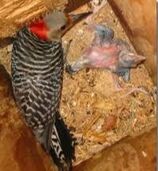 Young Young hacklings are fed by both parents, and leave the nest about 22-27 days after hatching. Parents may continue to feed young for 6 weeks or more after they leave nest. WOODPECKERS IN GENERAL Key Facts & Information
Physical Characteristics
Ecology and Behavior
Mating & Reproduction
Woodpecker Species
Woodpecker Trivia
1 Comment
THREE (3) BASIC STEPS & (7) QUESTIONS FOR BEGINNERS, TO HELP YOU IDENTIFY YOUR BIRD CORRECTLY. When you see unfamiliar birds in your yard how do you go about identifying them?
STEP #1) Use Your Binoculars Correctly Using binoculars and using them correctly is essential. Even within 10 yards birds may be difficult to identify. Key I.D. features may be missed with the naked eye. Binoculars are a tool (of your trade), so the more you practice with them the better you will be. Immediately bringing the binoculars to your eyes, then looking for the bird is a common mistake. The magnification and field of view can easily disorient you to your surroundings. While your eyes are locked on the bird raise the binoculars to your eyes and then focus on the bird. This method will immediately improve your binocular skills. Also, check to make sure the binoculars are fitted to the distance between your eyes to avoid the dark areas that may appear. All too often, people will not get the most out of their binoculars because they haven’t adjusted the diopter, making the image always a little blurry. Every decent binocular, will have a diopter which can be found, typically, on the right ocular, or eyepiece. By following these two steps you can successfully “balance” the binoculars to your eyes.
STEP #2) SPEND TIME WATCHING YOUR BIRD Don't be quick to take your eyes off your bird, to look at your field guide. Instead of looking at the bird briefly then quickly opening your field guide, spend more time observing your bird. While staring at your bird, ask yourself a series of questions. After you feel confident that you have successfully answered these questions, refer to your field book for help in identifying your bird. When you first get started watching birds at home, keep your binoculars next to a pad of paper and a pen. You'll want to jot down the answers to a few questions, to help you remember a few identifying characteristics of your bird. After the bird has moved on is when you will want to open your field guide and look at your notes. Try to narrow down your search by answering the following questions.
QUESTION #1) WHAT IS THE SIZE OF MY BIRD? Ask yourself what size is your bird? Is my bird small, medium or large? If I were to look at a silhouette of my bird, what features stand out? Is it small & tiny? Is it large and bulky? Is there a crest? How long is the tail? Are the legs long or short? QUESTION #2) WHAT MAIN COLORS ARE IN MY BIRD? Try to identify (3) main colors that your bird has in it. Note primary colors and their respective location. Patterns might include vertical or horizontal stripes, streaks, or a patch. Some birds will have specific colors in certain areas of their body. QUESTION #3) WHAT COLOR IS MY BIRDS EYES? Different species of birds, will have different colors for the eyes. This is a useful notation, when trying to identify your bird. QUESTION #4) WHAT KIND OF FEET DOES MY BIRD HAVE? Different species of birds, will have different types of feet. This is a useful notation, when trying to identify your bird. QUESTION #5) WHAT KIND OF BEAK DOES MY BIRD HAVE? Different species of birds, will have different kinds of beaks. You can often tell what a bird eats, by looking at the beak. This is a useful notation, when trying to identify your bird. QUESTION #6) WHAT IS MY BIRD'S BEHAVIOR? Behavior is often overlooked but it's also very important. Ask yourself what is my bird doing? Is my bird eating at a feeder, hopping along the ground, perched on telephone wires, flying in the open, or trying to conceal itself in a hedge? Is my bird flying in a group or is my bird flying alone? What is my bird trying to eat? Berries from a tree, insects from a bush, bugs off the ground, worms from plants, seeds from a feeder, or fruit from a tree? QUESTION #7) WHAT IS MY BIRD'S HABITAT? You should already know your habitat (it's your backyard and/or neighborhood). But it's important to note, because habitat will help you identify your bird. So ask yourself, is my yard wooded, is it coastal, does it border along broadleaf forested areas, is it located along side a busy road with ditches, are their parks nearby, swamps, marshes or shrimp farms? Does your yard have alot of diciduous trees, mangroves, lakes, ponds or streams? Is your yard located in a suburban area or the city? Keying in on the habitat of your yard, can possibly verify or deny certain species. For example, you’re not likely going to see a Great Blue Heron or a Pelican in a densely wooded area. After you have firmly answered all these questions in your mind, go to your field book. By now your bird may have probably flown away, look for birds in your book that match the answers to your questions. There are many points to consider, when properly identifying a bird. As your experience and knowledge grow, this process will become second nature to you. Experienced birdwatchers can identify many species from just a quick look, by using these basic steps to visual identification. STEP #3) CHECK YOUR FIELD GUIDE FOR HELP
It's important to get a good field guide for your area. This will help you identify the birds found in your immediate vicinity. A good field guide, will typically have pictures and information about birds broken down by habitats or species. Spend some time getting acquainted with your book, so that you know where to go for information quickly. Generally speaking, suet is not suitable for climates warmer than 50-degrees (but since we love birds), we have included several "NO MELT Suet Recipes" for bird lovers in Belize. We have also included some recipes for our Northern friends, recipes which are suitable for winter climates. What Is Suet? Suet is basically solidified animal fat, mixed with other ingredients that birds enjoy eating. For a fancier suet, add natural peanut butter, cornmeal, oatmeal, dried fruits (like raisins, currants, apricots, or citron). Suet can be in any form, hard cakes, balls, or other shapes. Not all birds care for suet, but certain birds do. Suet is a great food to offer birds when they need more calories to maintain high energy levels. While there are many commercial suet blocks, cakes, and plugs available, making your own suet bird food is easy and affordable. What Types of Birds Eat Suet Suet is especially loved by nuthatches, woodpeckers, wrens, chickadees, cardinals, jays, starlings, titmice and most insect-eating birds. Some Wrens, creepers, kinglets, cardinals and some warblers have been known to enjoy a nice Suet meal occasionally as well.  IN HOT WEATHER (like Belize), bird suet softens & melts quickly which is dangerous for the birds. Making your own NO-MELT SUET will save you the trouble of making or buying several new ones, and birds tend to prefer homemade suet compared to the commercial varieties. Make the suet dough first by rendering the suet and peanut butter, and then combining all of the ingredients. Refrigerate the suet until it has set and then freeze any leftovers until you are ready to use them. Belize has a sub-tropical climate (which means), temperatures can get brutal at times. The heat itself presents tons of problems for birds, including a lack of water, but one problem people with suet feeders will have is melting suet. When temperatures exceed 90 degrees, suet quickly becomes a mess. Here’s how to stop that from happening. Why melted suet is bad for birds To start, the heat causes suet to spoil much quicker than it normally would. That results in bacteria growth, which could cause birds to get sick. Not only that but the stench of spoiled suet becomes overwhelming—upsetting neighbors and attracting pests. Melted suet is also wasted suet. Feeding birds is a great hobby, but it can be expensive. When suet melts or is no longer edible, that’s money and time down the drain. On top of that, suet that drips on the ground has the potential to cause damage to plants, concrete, and even the birds themselves. For suet feeders in Belize, DO NOT use your typical Northern climate suet recipes. You'll want to use a "NO MELT" suet recipe. Keeping suet from melting If you buy your suet from a store, many places offer no-melt suet options. They do this by using suet dough with a much higher melting point than average suet. Alternatively, you can make your own suet using a no-melt recipe. TIP #1 - Keep Suet Out of the Sun The difference between the direct sunlight and the shade can be anywhere from 10 to 15 degrees. By choosing to put your suet feeder in the shade instead of the direct sunlight, you can limit its susceptibility to melting. TIP #2 - Make Serving Sizes Manageable The more suet you put out, the longer it’ll take for birds to eat it. That leaves more exposure to the heat and increases the likelihood that the suet will melt. Only put out enough suet for one day. Working With Suet Making homemade suet is just as easy as making hummingbird nectar or creating a custom birdseed mix for your backyard chicken flock. It is also more affordable than purchasing commercial cakes, bells, plugs, or blocks. Making your own suet allows you to customize the ingredients to appeal to the types of birds in your yard or those you specifically wish to attract. A homemade suet mixture is also free from preservatives, dyes, and additives that might be found in purchased suet products. While there is no thoroughly studied evidence showing that these items are harmful to birds, it's always preferable to feed birds natural, organic food sources. How To Make Bird Suet Begin by melting your lard, shortening or animal fat and peanut butter together in a large pot (like a Dutch oven pot or soup pot). Once this has melted together, remove the pot from the heat before adding remaining ingredients. The melted shortening and peanut butter will be soupy. Stir in the oatmeal and then the bird seed followed by the cornmeal. If you use a large pot when melting the lard & peanut butter (you can mix all of the ingredients in this pot), without needing another container. This makes for a much easier clean up. Mix all the ingredients together in the order stated above. This is an easy recipe for children to make, with adult supervision. HOW TO PREPARE YOUR ANIMAL SUET Homemade suet recipes do not need to be complicated in order to attract a range of hungry birds. Before offering the suet to birds, however, it should be rendered to help it maintain its shape more easily. When you purchase suet in cakes from a bird supply store, this step should already be complete. What You'll Need
6 BASIC INGREDIENTS - For Making "NO MELT" Bird Suet Six simple ingredients is all you need to make bird suet. Most likely, you'll have most of this in your kitchen right now.
RECIPE - BELIZE "No Melt" Suet Recipe for Birds RECIPE - BELIZE "No Melt" Suet Recipe for Birds 1 c. of suet 1 c. crunchy peanut butter 2 c. quick-cooking oats 2 c. yellow cornmeal 1 c. all-purpose flour 1/3 c. sugar 1/2 c. bird or sunflower seeds Makes 4-6 suet cakes STEP #1 - Heat the suet and peanut butter for 20 minutes until it's melted. Slice 1 cup of suet into small pieces and place this into a saucepan. Add 1 cup of crunchy peanut butter to the saucepan and adjust the stove-top to a medium heat. Stir the ingredients occasionally until they have melted.
STEP #2 - Combine all of the ingredients in a large bowl. Pour the melted suet and crunchy peanut butter mixture into a large mixing bowl. Use a wooden spoon to stir in 2 cups of quick-cooking oats, 2 cups of yellow cornmeal, 1 cup of all-purpose flour, 1/3 cup of sugar, and 1/2 cup of sunflower seeds. Aim for a consistency that is similar to cookie dough.
STEP #3 - Transfer the mixture to a large baking dish. Use a baking dish that is approximately 2 inches deep. Line the baking dish with parchment paper and then use a spoon to transfer the mixture from the bowl into the dish.
STEP #4 - Press the dough down firmly in the baking dish or suet trays. Spread the mixture out so that it evenly covers the dish. Use a fork to press the suet dough down firmly and to remove any air gaps. This creates a solid suet cake that won’t crumble.
STEP #5 - Refrigerate the suet dough for 24 hours until it has set. Place the baking dish or the individual suet trays into the refrigerator. Check the dough after 24 hours to ensure that it feels solid and set. If the dough doesn’t feel solid, keep it refrigerated for 2-3 hours longer and then check it again.
STEP #6 - Cut the suet into pieces if you made it in a baking dish. Remove the suet from the baking dish and use a sharp knife to slice it into cakes that are the right size for your bird suet feeder. If you are unsure about the size, cakes that are approximately (2 inch x 4 inch) usually work well.
STEP #7 - Store suet cakes (not using) immediately in the freezer. Suet keeps best when it is frozen until it is used. Place parchment paper in between each cake and place the cakes in either a sealed container or a freezer bag. Then, remove each suet cake as it’s required.
Let’s Talk About the Peanut Butter Found In Bird Suet Recipes Is peanut butter safe for birds? In short reply, yes. Peanut butter is a good source of protein for birds. Try to only use the crunchy kind with lots of nuts and if possible you may even prefer organic. Don’t use low fat. The birds want and need that fat for their nutrition. MAKE YOUR OWN SUET FEEDERS How To Make A Suet Cake Using Ribbon or Rope If you don’t own a bird feeder with the suet slot, you can add rope or a ribbon into your bird suet to hang from a tree. To make a ribbon or rope suet you will need three things:
SUET FOR COLD WINTER CLIMATES WINTER RECIPE #1 - 5 Ingredients Suet 1 c. shortening (such as Crisco) 1 c. crunchy peanut butter 2 c. oatmeal 1 c. cornmeal 2 c. birdseed Melt the shortening and peanut butter together in a heavy saucepan over medium heat. Do not boil. Remove from heat. Stir in the oatmeal. Stir in the birdseed and cornmeal. Pack down tight into your containers for shaping the 'bricks' of suet. Wrap in aluminum foil. Place containers into the freezer overnight. Carefully remove the solid suet from the containers and feed the birds. WINTER RECIPE #2 - Basic Suet 1 c. rendered suet 1 c. chunky peanut butter 3 c. ground cornmeal 1/2 c. white or wheat flour ADDITIONAL ITEMS YOU CAN ADD
Mold the Suet Allow the pure suet or mixture to cool slightly to thicken, then pour it into molds or containers to use. Allow it to cool completely until it forms solid blocks. Refrigerate or freeze suet until it is firm and you are ready to use it. Extra suet may be kept frozen for several months until needed. The cakes can be chopped or cut to be fed to the birds, or you may use containers that are the appropriate size to fit your suet feeders. WINTER RECIPE #3 - Vegetarian Version Traditionally suet is made from rendered animal fat you can provide the perfect winter substitute for birds that normally feast on insects. This lipid-rich treat can help prepare year-round residents for the long winter and is quite the draw for birds such as woodpeckers, wrens, chickadees, nuthatches, and titmice. 1-1/2 c. shortening (look for palm oil free options) 3/4 c. nut butter (any kind) 3-1/2 c. wild bird seed 1 c. quick oats 1/2 c. corn meal Ice cube tray Mix the dry ingredients of bird seed, oats, and corn meal together and set aside. Combine the shortening and nut butter in a separate bowl and melt. Stir until completely combined. Pour the melted mixture into the dry ingredients and stir until combined. Spoon mixture into the ice cube tray. Freeze for one to two hours and place in your suet feeder! Note: Not recommended for outdoor temperatures above 50 degrees . WINTER RECIPE #4 - Suet Cake #1 2 parts melted fat (beef fat, lard or shortening) 1 part natural peanut butter 2 parts yellow cornmeal WINTER RECIPE #5 - Suet Cake #2 1 lb. melted fat (beef fat, lard or shortening) 1 c. millet 1 c. sunflower seeds 1 c. raisins Instructions for Both Recipes Melt the fat in a saucepan until completely liquid. Next, remove from heat and let sit for several minutes. Stir in the remaining ingredients and cook for a few minutes. Pour into small containers (tuna fish cans are good), and refrigerate until they start to harden and then store them in the freezer until ready for use. Mixture can also be stuffed into 1-inch holes drilled in small logs to hang from trees. The recipe can be made all year long as long as you accumulate fat. Fasten containers securely to trees or feeders. When Should Suet Be Put Outdoors? Homemade suet should be used only in very cold weather so that it does not melt and become rancid. If you live in a warm climate, we do not recommend using homemade suet because it will spoil too quickly. In this case, it is safer to purchase commercial suet cakes (which are treated and won’t spoil). It’s also a good idea to hold off until at least December, as suet (and other bird food) can attract bears and other critters if put out too early. See more wintertime bird food recipes and enjoy watching your feathered friends warm up by your window! Suet-making Tips
There are several ways to acquire different types of animal fat for making your own cakes, and many birders have one method that is easiest or preferred for them. You can try different methods to find the type of fat that is most popular with your backyard birds as well as best for your budget.
For you birdwatchers, who enjoy getting a glimpse of a new bird. Here are a few of the birds, which have been spotted in and around Belize Budget Suites. Great Kiskadee Aztec Parakeet Cinnamon Hummingbirds Magnificent Frigate Bird - Seen Overhead Great Tailed Grackle White Winged Dove Rufous-Tailed Hummingbird Black Catbird Golden-Fronted Woodpecker Lineated Woodpecker Ground Doves Tropical Mockingbird Caribbean Dove Caribbean Elaenia Great Horned Owl Green Breasted Mango Hummingbird Brown Jay Mourning Doves Great Black Backed Gull - Seen Overhead Black-Throated Green Warbler Slate-Headed Tody-Flycatcher Prothonotary Warbler Baltimore Oriole Orange Oriole
Royal Flycatcher Scissor-tailed flycatcher is a type of kingbird that belongs to the tyrant flycatcher family. It can be found in North, Central & South America. Scissor-tailed flycatcher inhabits savannas with scattered trees, fields, pastures, areas near the towns, golf courses and scrublands. Unlike for many other birds, deforestation is beneficial for scissor-tailed flycatchers because they prefer open areas. Climate changes, severe storms and tornadoes are the greatest threats for the survival of nearly hatched birds. Scissor-tailed flycatchers are numerous and widespread in the wild. They are not on the list of endangered species. Royal Flycatcher Facts Scissor-tailed flycatcher can reach 8.7 to 14.6 inches in length and 1.3 to 2 ounces of weight. Scissor-tailed flycatcher has grey head and back, white throat and belly, dark brown wings with white edges and salmon-pink flanks, lateral sides of the body and bottom parts of wings. Scissor-tailed flycatcher has medium-sized body, short, black bill and very long, forked tail. Males have much longer tail than females and juvenile birds. Long tail facilitates acrobatics in the air. Scissor-tailed flycatcher performs sharp twists and turns while it catches insects in the midair. Royal Flycatcher - Diet Diet of scissor-tailed flycatcher is based on insects such as crickets, grasshoppers, beetles and fruit (red mulberry and hackberry). Scissor-tailed flycatchers are welcome in the fields and gardens because of their ability to eliminate pest. Scissor-tailed flycatcher carries large insects to the fence wires and tree branches and beats them against the perch to make sure they are dead and "safe" for consumption. Royal Flycatcher - Mating & Reproduction
Royal Flycatcher - Natural Enemies
There is all kinds of reasons to visit Belize. There is an abundant supply of natural beauty, from stunning beaches, islands (or Cayes), Mayan ruins, snorkeling, diving, a barrier reef, rainforest, rivers, rolling mountains, national parks, and birds. Belize has some of the most exotic birds in the world. There are more than 590 species of birds living witin the Belize borders. Here is (14) birds, worthy of a closer view. 1. SCARLET MACAW Scarlet Macaw - One of 17 species of macaws, the scarlet macaw is one of the most beautiful members of the parrot family and one of the largest Neotropical parrots. Scarlet macaws prefer life in the rainforest. With wide strong wings and hollow bones that aid flight, they can reach speeds of 56 kilometers (35 miles) per hour. There are two subspecies of scarlet macaw that can be found in Mexico and Central and South America. Scarlet macaw inhabits rainforests, woodlands and forested areas near the rivers. Deforestation and illegal collecting from the wild (due to pet trade), are responsible for the sharp decline in the number of scarlet macaws in some parts of their range. Luckily, global population of scarlet macaws are still large and stable and these birds (presently), are not on the list of endangered species. 2. Kelled-Billed Toucan Keel-Billed Toucan - Is large South American bird that belongs to the family of toucans. It can be found from southern Mexico to northern Columbia. Keel-billed toucan inhabits tropical and subtropical rainforests (from the lowlands to the altitude of 6.200 feet). Major threats for the survival of keel-billed toucan are habitat destruction and uncontrolled hunting (because of the meat & beak). Despite these factors, keel-billed toucan is still widespread and numerous in the wild. 3. ROYAL FLYCATCHER Royal Flycather - This is a type of kingbird that belongs to the tyrant flycatcher family. It can be found in North & South America. It inhabits savannas with scattered trees, fields, pastures, areas near the towns, golf courses and scrublands. Unlike for many other birds, deforestation is beneficial for scissor-tailed flycatchers because they prefer open areas. Climate changes, severe storms and tornados are the greatest threats for the survival of nearly hatched birds. Flycatchers are numerous and widespread in the wild. Presently these birds are not on the endangered species list. 4. OCELLATED TURKEY Ocellated Turkey - This is a large, distinct & spectacular gamebird found on the tropical rainforest floor, near brushy fields, and adjacent clearings. Rarely seen away from protected areas, where it can be fairly common and tame. Note the orange head ‘warts,’ copper-colored wing panel, and iridescent blue-and-gold eyespots. It feeds in groups on the ground, and roosts in the trees. 5. MAGNIFICENT FRIGATE Magnificent Frigatebird - The magnificent frigatebird is a large (lightly built sea bird), with brownish-black plumage, long narrow wings and a deeply forked tail. The male has a striking red gular sac, which he inflates to attract a female. The female is slightly larger than the male and has a white breast and belly. Frigatebirds feed on fish taken in flight from (other birds), and sometimes indulge in harassing other birds to force them to regurgitate their food. 6. JABIRU STORK Jabiru Stork - The Jabiru stands five (5) feet tall with wings spanning nine (9) feet, and is considered one of the larger birds found in Belize. The Jabiru Stork is a very rare bird and is endangered throughout it's range. It's habitat range, extends from southeastern Mexico to northern Argentina. Its heavy bill is about 12-inches long and is perfectly designed for catching fish, frogs and snakes. It is the tallest flying bird found in South America. They arrive in Belize from Mexico in November and nest in the tall pines of the savannas and marshes of the Belizean lowlands. They remain in Belize until June or July, flying north with the first rains. 7. HARPY EAGLE Harpy Eagle - This is a massive bird of prey, restricted to mature forest and very rare. They have enormous talons. Adult birds are dark gray (as seen above), paler below, with obvious dark breast band. Note more obvious black-and-white barring on wings in flight to help separate it from Crested Eagle. They feed on monkeys & sloths. Usually seen perched in the canopy or flying across a road or river. These birds can weigh up to 20 pounds and have a 7-foot wingspan making them a formidable predator. In Belize the population is declining due to deforestation, shooting, and nest destruction, resulting in near extinction of this species. However projects like the "Belize Harpy Eagle Restoration Project", in collaboration with Sharon Matola (Founder & Director of The Belize Zoo & The Peregrine Fund) both strive to re-establishment the harpy eagle within Belize. 8. RED-FOOTED BOOBY Red Footed Booby - The red-footed booby is a large sea bird of the booby family. As suggested by the name, adults always have red feet, but the colour of the plumage varies. They are powerful and agile fliers, but they are clumsy in take offs and landings. These birds are famous inhabitants of Half Moon Caye, a natural monument found here in Belize. Nesting starts around mid-December and the young hatch around March. Chicks are full grown in a matter of months and then its off to the open sea. Flying fish are their favourite food, caught at night when the fish are nearer the surface. 9. KING VULTURE King Vulture - The King Vulture, known as "King Jan Kro", and is the largest and most colorful of the four species of vultures found in Belize. The extremely thick and strong bill is well adapted for tearing, and the long, thick claws for holding the meat. The King Vulture inhabit the forested lowlands of Belize. They will sometimes fly over savannas searching for dead meat. Their extremely keen eyesight and sense of smell, allows them to locate potential food sources easily. They will often locate food by the presence of the other vulture species. Once the King Vulture lands, other birds scatter. 10. COLLARD TOUCAN Collard Toucans - The Collared Aracari Toucan is brightly marked and has a large bill. The adult is typically 15.5–16 inches long and weighs 6.7–9.7 ounces. Both sexes are alike in appearance, with a black head and chest, with yellow and red underparts. The Collared Aracari Toucan, is a near-passerine bird which breeds from southern Mexico to Panama. 11. BLUE CROWNED MOT-MOT Blue Crowned Mot-Mot - The Blue Crowned Mot-Mot can be seen throughout Belize. Its habitat is mainly just below the canopy (or top), of the rainforest. The length of the Blue-Crowned Mot-Mot is between 11 & 18 inches (to include the tail). The one feature that most distinguishes almost all motmots is their long tails. Close to the tip of the tail, the barbs are missing for about one inch or more. This gives the appearance not unlike that of a tennis racket. 12. LINEATED WOODPECKER Lineated Woodpecker - They are identified by their flaming red heads, protrouding beaks, and black & white wing feathers. One species of this group lives on Ambergris. Males have a red moustache (as seen in the picture above), this adds to their dramatic, somewhat comical appearance. These are large ‘woody woodpeckers’ of tropical littoral forest in lowlands and foothills. Also ranges into semi-open areas with tall trees, mangroves, and other lightly wooded habitats. 13. GREAT CURASSOW Great Curassow - Very large game bird of tropical forested areas, eliminated mainly from hunting. It can now only be rarely found in protected parks or very remote areas. It is usually seen on the forest floor, singularly or in small groups, feeding among trees. Males often try to impress females by sining high in the canopy, with a very low-pitched, subliminal, booming sound. Both sexes have distinctive curly crest and plumage which varies from colorful to black. 14. YELLOW-HEADED PARROT 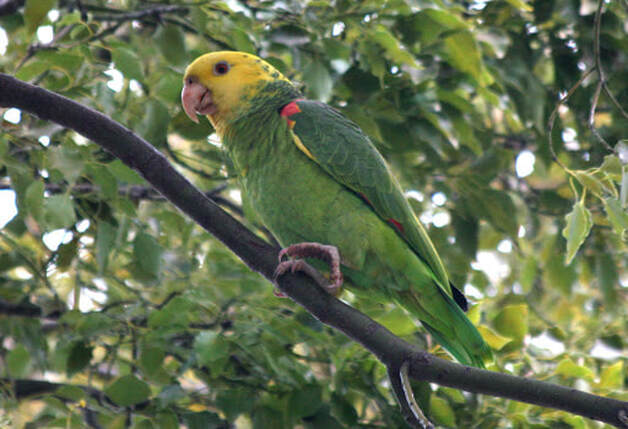 Yellow-Headed Parrot Yellow-Headed Parrot Yellow-Head Parrot - The Yellow-head parrot is a subspecies unique to Belize. The most distinctive features of this primarily green parrot, it it's yellow head and the red & yellow patch on each wing (prominent with adult birds). There is also dark blue tips to the flight feathers and yellow tips to the tail feathers. It has a hooked beak, which is used for cracking nuts & seeds, as well as grasping & climbing. It feet are very adapted at grasping, with two toes pointing forward and two toes pointing backward. Their ability to mimic, is what has made them the victims of the illegal pet trade. The Cinnamon Hummingbird is primarily a bird found in Mexico & Central America. The Cinnamon Hummingbird is unique throughout its range as the only hummingbird with completely cinnamon underparts. It is fiercely territorial. DESCRIPTION A Cinnamon Hummingbird can be identified by having a bronze green with some green iridescence feathers - just below and over the eye, across the crown and down the back, where the green blends into a rufous/reddish-brown tail. The underbelly is cinnamon-colored, from below the eye, down the throat & chest, to the tail. Their long slender curved bill, has a black tip. NESTING & BREEDING Depending on the geographical region, their breeding season varies. Some cinnamon hummingbirds, breed throughout the year. Hummingbirds are solitary in all aspects of life other than breeding. The male's only involvement in the reproductive process is the actual mating with the female. Hummingbirds do not live or migrate in flocks, and there is no pairing or bonding of this species. Male Cinnamon Hummingbirds like to court females, by flying in a U-shaped pattern in front of them. After copulation, the male will then separate from the female. It is likely, that males will mate with several females and females will mate with several males. Only females, choose where the nest location will be, for raising baby chicks. The female will build a cup-shaped nest, made from plant fibers woven together and green moss on the outside for camouflage. These nests will be well protected located often in shrubs, bushes or trees. A female hummingbird will line the nest with soft plant fibers, animal hair and feather down, which strengthens the structure of the nest. This spider like webbing, coupled with other sticky material, gives the nest an elastic quality, so it can stretch in size as the baby chicks begin to grow. The nest is typically found on a low, thin horizontal branch. The average egg clutch for one female hummingbird to watch over, typically consists of two white eggs. She will incubates these eggs alone, as the male defends his territory and the flowers he feeds on. Baby Cinnamon Hummingbirds are born blind, immobile and without any down. The female alone (without her male counterpart), will protect and feed the chicks by regurgitated food, this consists of mostly partially digested insects. A female hummingbird will push the food down the baby chicks throat (into the stomach) with their long bill. As is the case with other hummingbird species, the chicks are brooded only the first week or two, and left alone even on cooler nights after about 12 days - probably due to the small nest size. The chicks leave the nest when they are about 20 days old. DIET & FEEDING Cinnamon Hummingbirds primarily feed on nectar taken from a variety of brightly colored, scented small flowers of trees, herbs, shrubs and epiphytes. They favor flowers with the highest sugar content (often red-colored and tubular-shaped), this is why they make excellent birds for feeders. They aggressively protect, flowers which contain their high energy nectar. They will use their long (straw-like) tongue to to lick up the nectar (13 times per second), now that's fast. Many local flowers and plants, relay on these birds for their pollination. Tubular-shaped flowers (exclude most bees and butterflies), from feeding on them so they rely on the hummingbird for pollination. From time to time, you may see these little birds in your hummingbird feeders. They like to feed on the sugar water (or) drink from bird baths. They may perch themselves on the edge - just for a moment, and then off they go. During breeding season, hummingbirds will take small spiders and insects (important protein sources), to feed their young chicks. Insects are often caught in flight, snatched off leaves or branches or are taken from spider webs. Cinnamon Hummingbird males are very territorial. They want to only feed on flowers and plants in their territory. They will fiercely and aggressively chase away other hummingbirds and insects (often larger), such as bumblebees, butterflies and hawk moths. They may use aerial flights and intimidating displays to defend their territories. HABITAT
Cinnamon Hummingbirds can be found from northwestern Mexico to Costa Rica. They are typically found in semi-open subtropical or tropical dry forest, subtropical or tropical moist lowland forest, subtropical or tropical dry shrubland, often around deciduous or semi-deciduous forests. They can also be found in habitats which have been rather extensively modified by man, such as plantation lands and grassy or brushy agricultural areas. Did you love all the birds when you came to Belize? We have over 590+ species of birds, 20% of them mirgrate from the Northern States during winter. At Belize Budget Suites, you'll find the trees full of birds. You may be thinking, how can I create my own back yard bird habitat? Here are some suggestions, of some things you can do. BIRD HOUSES When to Place Boxes Make sure that your boxes are installed well before the breeding season begins. Don’t be discouraged if birds don’t begin nesting in them immediately; sometimes it takes time for the birds to discover them.
How to place your nest box Whichever method you choose to install your boxes, be sure that they are secure enough to withstand high winds and severe weather. The best way to put up small nest boxes is on free-standing metal poles. These pipes offer several advantages:
BIRD FEEDERS (7) Types of Bird Feeders 1. Hopper - If I were only able to have one bird feeder in my yard, then I would choose a hopper style. Hoppers are perfect for holding a general mix of bird food that appeals to a wide variety of species. If you were starting to create a bird feeding station, a hopper works well as a centerpiece that you can build other feeders around. Hopper feeders are characterized by a seed chamber that continually dispenses food at the bottom as birds eat, along with a functioning roof to prevent water from ruining your seed. Lastly, this feeder style usually provides some sort of ledge on both sides for birds to perch upon, although this is not a requirement as some hoppers have perch bars instead of a shelf. Hopper feeders can either be hung or mounted permanently to a pole. If you decide to suspend it in the air, make sure whatever you hang the feeder from is extremely strong and sturdy because hoppers can get heavy when filled with seed. 2. Tray / Platform Feeders - This is the best way we have found to feed birds. They are one of the most popular feeders. They tend to appeal to a WIDE variety of species. Many birds, enjoy having lots of space to move around as they eat. Tray/platform feeders come in dozens of different shapes and styles. They can be hung, mounted on a pole, or placed onto the ground. Trays can be added to tube feeders. Some platform feeders have built-in roofs installed overhead. Certain trays are plastic, and others are wooden. It attracts many ground-feeding birds along with many species of mammal. Along with having four legs that extend to sit on the ground, it can be easily hung in the air or mounted permanently to a pole. 3. Tube Feeders - Tube feeders are what many people picture when they think of feeding birds. As the name suggests, these types of feeders look like a long tube, but with feeding ports and perches spaced out on the tube which allow the birds to eat. Food and seed are filled from the top and slowly lower as it’s consumed through the ports. Tubes come in all sizes, from very short to extremely long. The material can be metal or clear plastic, and there can be two feeding ports or twelve. Tube feeders attract many types of birds, except for larger birds. By adding a tray to the bottom, you provide a place for ALL birds to eat. In a way, you are combining a tube feeder with a tray feeder. The attached tray offers a landing spot for larger birds. 4. Nyjer/Thistle Feeders - Nyjer feeders look very similar to tube feeders, and I almost lumped the two together under one category. In the end, I decided against it because there is one thing that is very different between the two types. Because it’s so small, nyjer seed can fit through openings that other foods can’t, which is why nyjer bird feeders were developed. Nyjer feeders are tube-shaped feeders, but the food ports are tiny so that only nyjer seed can fit through. If you try to put sunflower seeds in a nyjer feeder, you are going to have some hungry birds! You may also know nyjer seed as “thistle,” which it’s sometimes called, even though it has no relation to actual thistle. Nyjer seed is tiny and black, and is popular to use because it’s a favorite food for goldfinches! A few other birds will also eat nyjer, such as House Finches, chickadees, doves, and House Sparrows. 5. Suet Feeders - In case you don’t know, suet is the hard fat on the kidneys and loins of cattle and other animals. Birds enjoy eating it because it provides them with healthy fats they need for energy. Suet is especially helpful during cold winter months when insects are not available, which are what most birds eat to obtain their fats naturally. Woodpeckers are typically the most common birds that appear on suet feeders, but other species also enjoy the healthy fats that suet provides, such as wrens and starlings. Suet feeders come in all sorts of shapes and sizes. The type of suet feeder that you choose for your backyard depends on the style of suet you want to use. For example, suet is typically purchased in these four common styles:
6. Nectar Feeders - The main reason anyone puts up a nectar feeder is simple; they want to attract hummingbirds! Watching hummingbirds visit your backyard is pretty cool. These small, colorful birds are full of personality and incredibly unique. It’s no wonder everyone wants more in their garden! Because of their popularity, nectar feeders come in all different shapes, sizes, and construction materials. Some are as simple as a plastic dish with a top (which I think work the best!), others look similar to a bottle (see picture above), and many feeders are so unique and artsy they make better garden decorations than actual hummingbird feeders! A few things to remember before purchasing a nectar feeder:
7. Specialty & Unique - The types of bird feeders we have covered so far will satisfy most of the birds that visit your backyard. But we have barely scratched the surface of all the different bird feeder types that are available for purchase. Countless styles would make unique additions to your garden or feed a specific food (such as mealworms). 10 Questions To Ask When Choosing a Bird Feeder 1. What birds am I hoping to attract? I like to think about how a feeder will fit into my backyard feeding station. What types of bird food will be used? What species does the feeder cater towards? 2. Easy to fill? This becomes especially important as you obtain more and more feeders. A feeder that is easy to refill is especially beneficial during freezing temperatures! 3. Are the birds visible? I want to provide my backyard birds with feeders they enjoy using, but I also want to be able to see them myself from the house! I try to think if there are any blind spots where the birds can’t be observed. 4. Easy to clean? I look for hard to clean areas or if any part of the feeder comes apart to make cleaning easier. 5. Sturdy construction materials? I want to know what the feeder is made from; is it metal, wood, hard recycled plastic? Or is it some cheap plastic material that will probably break in a few months. 6. Who is the manufacturer? I have purchased many feeders over the years, and I have had good experiences with certain companies, which makes me more likely to buy from them again. These include Droll Yankees, Woodlink, & Aspects, to name a few. I also like to check if there are any warranties included. 7. Is the feeder squirrel-proof or squirrel resistant? If squirrels are a problem, this could be the most important question you ask yourself! 8. Is the food kept dry? It’s nice to walk to my feeding station after a big thunderstorm and see my food is still dry. It’s not possible with every feeder type but is something to think about. Proper drainage is also essential! 9. Will the birds like the feeder? Maybe this should be the first question you ask? If birds don’t feel comfortable on the perches or trays, then nothing else matters. Some bird feeders opt to look “cute” instead of being functional. 10. Can I easily see the seed level from my house? If I can avoid walking out to my feeders on a cold winters night to find out that the feeder didn’t need refilling, then that is a good thing! BIRD BATH BOWL Once you’ve got feeders set up, perhaps the best way to make your backyard more attractive to birds is to just add water. Birds need a dependable supply of fresh, clean water for drinking and bathing. Putting a birdbath in your yard may attract birds that don’t eat seeds and wouldn’t otherwise come to your feeders. (Other ways to attract birds are to supply a roost box and to provide nest material.) Traditional concrete birdbaths sold in garden shops make nice lawn ornaments, but they aren’t the best type for birds—they’re often too deep, glazed ones may be too slippery, and they’re often hard to clean. Also, they may crack if the temperature drops below freezing. The best birdbaths mimic nature’s birdbaths—puddles and shallow pools of water in slow streams; they’re shallow with a gentle slope so birds can wade into the water. Look for one that won’t break and is easily cleaned. Birds seem to prefer baths that are set at ground level, where they typically find water in nature. While birds are bathing they can be vulnerable to predators, especially to cats. If you have a cat, please keep it indoors. If cats are at all likely to be lurking in your neighborhood, make sure there is a fairly wide open area between your birdbath and the nearest thick shrubbery, so birds have a better chance to detect and get away from a cat in time. Place your birdbath in the shade if possible, to keep the water cooler and fresher. Having trees nearby will also provide branches on which they can preen. Arrange stones (or branches) in the water so birds can stand on them to drink without getting wet (this is particularly important during freezing weather). The water should be no deeper than 0.5 to 1 inch at the edges, sloping to a maximum of 2 inches deep in the middle of the bath. One of the best ways to make your birdbath even more attractive is to provide dripping water. Many birds find the sight and sound of moving water irresistible. You can use a commercial dripper or sprayer, or make your own by recycling an old bucket or plastic container. Punch a tiny hole in the bottom, fill it with water, and hang it above the birdbath so the water drips into the bath. Winter Bird Baths This so much isn't a problem for Belize, but if you are from the North, you will need to consider this. Birds will come to birdbaths year-round, and fortunately keeping yours ice free in winter is not as critical as many people believe. Birds have several physiological mechanisms for conserving water, and can usually get plenty from snow or dripping icicles. The simplest way to provide water in winter is to set out a plastic bowl at the same time each day, and bring it in when ice forms. If you do want to keep a birdbath ice-free during subfreezing days, manufacturers now offer birdbaths with built-in, thermostatically controlled heaters. Immersion heaters are also available at most places bird feeders are sold. Most new models turn off if the water in the bath dries up. Ideally, plug your heater into a ground-fault interrupted circuit (available from hardware or electrical supply stores) to eliminate the chance of electric shock. Never add antifreeze to the birdbath—it is poisonous to all animals, including birds. Don’t use glycerin, either: it can saturate and matt a bird’s feathers leaving it susceptible to hypothermia. Maintaining your Bird Bath When the temperature is above freezing, it’s a good idea to keep your birdbath full at all times to attract the widest numbers and variety of birds. But to provide a safe drinking and bathing environment, it’s important to change the water every day or two. Bathing birds may leave behind dirty feathers and droppings, making the bath increasingly unsanitary for other birds. Grackles often drop their nestlings’ fecal sacs into birdbaths, another cause of filthy water. Algae grows much more quickly when the water isn’t cleaned frequently. Also, the species of mosquitoes most likely to transmit West Nile virus often lay their eggs in bird baths. By frequently changing the water, you won’t give the eggs time to hatch or for the larvae to emerge. Steps To Cleaning Your Bird Bath
WHAT TO DO ABOUT PREDATORS Next boxes can also make birds easy targets for predators. Common predators of nests in nest boxes include raccoons, cats, snakes, and squirrels. Try to protect your nest boxes by using predator guards. Here are some tips to help you thwart these common next box predators. Raccoons and Domestic Cats Raccoons and cats are abundant in both rural and suburban areas. Raccoons are especially difficult to deter because they are very intelligent. Once they learn that nest boxes are good sources of food, these nocturnal creatures have been known to destroy nests in entire groups of boxes. Similarly, cats can quickly learn that nest boxes can be the source of an easy meal. When raiding nest boxes, both raccoons and cats will leap to the top of a box, sit on the roof, and “dip” into the entrance hole with their front paws to grab the eggs or young birds inside. Ways to prevent raccoons and cats from raiding your boxes:
Snakes Snakes are an occasional predator of eggs and nestlings, especially in southern states. A conical metal collar mounted below the box will prevent most snakes from climbing up from below, but very large snakes can occasionally circumvent these barriers. In this case, it is helpful to have a Noel predator guard installed as a backup. Also, nest boxes should be placed away from trees to prevent snakes from accessing them from overhead branches. Squirrels In some regions, squirrels do great damage to nest boxes. By chewing at entrance holes to enlarge them, they make it easier for themselves and other predators to enter. If squirrels are common in your area, simply cut a hole the same size as the nest box entrance hole in a rectangular piece of sheet metal and attach it to the front of the nest box so that both holes line up. Fire Ants
Fire ants, common in the Southeast, can be attracted to active nests. To prevent them, add a baffle to your freestanding pole. Then, caulk the area between the baffle and the pole to prevent the ants from getting in between them and add petroleum jelly to the pole just below the caulk. The baffle keeps the petroleum jelly from washing away in the rain and the petroleum jelly prevents the ants from getting a good grip on the pole. If you don’t have a box on a freestanding pole (like on the side of a house or on a tree), you might not be able to fully prevent the ants from accessing the box. If you decide to move the nest box, make sure you wait until breeding season is over. 1. Cockscomb Basin Wildlife Sanctuary While visitors rarely see a jaguar, the many ecosystems of Cockscomb support a rich and varied bird fauna - forest species, pine woodland and savanna species, species restricted to riverine areas, and birds associated with higher elevations. 2. Crooked Tree Wildlife Sanctuary In 1998, this protected area was declared Belize's first Ramsar site based on the wetland's international significance for many migratory and non-migratory wetland bird species. Large numbers of wading birds flock into the lagoons during Belize's dry season (February through May) when food is hard to find in other places. 3. Aguacaliente Wildlife Sanctuary These wetlands in the Toledo District attract a number of very visible birds forming the principal attraction for visitors. Aguacaliente protects important breeding colonies for the Wood Stork and Boat-Billed Heron. There are a few birds in Toledo District that can't be found elsewhere in Belize. 4. Mountain Pine Ridge Forest Reserve Raptors cruise the valleys of the Pine Ridge and it is the most likely place in Belize to see the rare Orange-breasted Falcon. 5. Ambergris Caye & Caye Caulker Of all the habitats in Belize, the littoral forest on the Cayes is the most endangered due to development. Caye littoral forests benefit the Black Catbird and White-crowned Pigeon, both are listed as near-threatened species. The mangrove habitat also attracts many other birds. 6. Caracol Archaeological Reserve Caracol is one of the last outposts where the Keel-Billed Motmot, a globally vulnerable species is relatively common. Other notable birds seen at Caracol include Ocellated Turkey, Crested Guan, and Great Curassow. While admiring the largest Maya site in Belize, you may also see colorful toucans and trogons. 7. Half Moon Caye Natural Monument Declared a crown reserve bird sanctuary in 1928, the Red-Footed Booby colony of Half Moon Caye is the oldest site for wildlife protection in Belize. Half Moon Caye's population, an estimated 4,000 birds, is made up almost entirely of White Booby Birds with black on the trailing edge of the wings. 8. Red Bank Village
The unmistakable Scarlet Macaw flocks to the small Maya Village of Red Bank in South Stann Creek seasonally. As many as 100 birds gather near the village (primarily from January to March), to feed on the sweet ripe fruits of the annato trees. 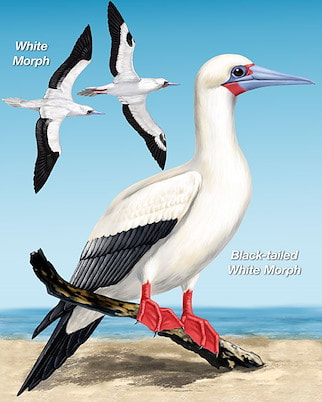 Found only on Half Moon Caye, they live there for about 10 months of the year. Nesting starts around mid-December and the young hatch around March. Chicks are full grown in a matter of months and then its off to the open sea. Flying fish are their favorite food, caught at night when the fish are nearer the surface. Most of Half Moon's Boobies are white, instead of the more normal brown color found in and around the Caribbean. In 1928, part of Half Moon Caye was reserved by the crown, as a bird sanctuary under the Crown Land Ordinance to protect the habitat of the Red-footed Booby. It is Belize’s oldest site designated for protection of wildlife. Over 120 different species of birds can be seen on Half Moon Caye. The Half Moon Caye colony is made up of about 4,000+ birds nests, amidst Orange-flowered Ziricote trees. Red-footed Boobies prefer Orange-flowered Ziricote trees for nest building and raising chicks. In return, the booby colony supports the forest’s stability by providing guano as fertilizer. This beautiful relationship will endure for many years to come if left relatively undisturbed. On Half Moon Caye, the bird population is almost entirely made up of white-colored birds with black on the railing edge of their wings. The Red-footed Booby, unlike other seabirds, displays a variety of color morphs. Elsewhere they are dull brown. Look carefully, somewhere in the crowd you may see a white-tailed brown morph or a Red-footed Booby that is entirely brown. Despite plumage differences, all adults have the characteristic red feet. The Red-footed Booby and Magnificent Frigatebird share a unique relationship, they have both reside together peacefully in nesting colonies on land. Conflicts occur over the open sea, when the Magnificent Frigatedbird chases and attacks the Red Footed Booby Bird to give up its food. The Red-footed Booby has learned to dive, catch its food and swallow it almost immediately before the Magnificent Frigatebird has a chance to steal it from them. This behavior of stealing food is called kleptoparasitism. Half Moon Caye - Lighthouse Reef Atoll The Half Moon Caye Natural Monument (HMCNM) is located at the southeast corner of Lighthouse Reef Atoll. Lighthouse Reef Atoll is the furthest of Belize’s three atolls from the mainland, and one of only four such atolls in the Western Hemisphere. The atoll is an asymmetric rimmed platform, entirely surrounded by a fringing reef rising to the surface. Inside this fringing reef is a lagoon speckled with hundreds of coral patches which is known for its high density and diversity of corals and fishes.
There are about 348 species of hummingbirds in the world, with 26 species zipping through the airways of Belize. The Hummingbird is a very small species and one that many people are familiar with. There are 348 species, that have been identified. They live in regions found all over the world both in North & South America. With such a large number of species it ranks them as the second largest bird family in the world. The size of these Hummingbirds does vary though based on the species. To give you a good idea of their overall dimensions the smallest species is about 2.2 grams and the largest is about 20 grams. The smallest is the Bee Hummingbird and it is also noted to be the smallest bird in the world (found mainly in Cuba). These charming birds get their names from the fact that the rapid movement of the wings make a humming sound. This is actually the smallest of all birds in the world. They are also the smallest type of animal in the world that has a backbone so they are often studied intensely by researchers. Another reason that the Hummingbird is so well loved and researched has to do with the fact that it has the ability to move in ways that other birds can’t. It is the only species of bird that is able to fly in all directions. This includes backwards and even upside down. It is quite the sight to see! Hummingbird Facts - Did You Know? There are some wonderful facts out there about the Hummingbird to learn. These are definitely some of the most fascinating birds in the world.
At the same time many people find it is a great joy to have this type of bird in their yard, so it is an exchange that works well for humans and nature to benefit from. The life span for the Hummingbird is often very short. The majority of them won’t make it past their first year of life. Those that do will typically only live up to 4 years. In many locations these Hummingbirds are having trouble surviving due to their habitat being taken away. Problems with trees being removed, a lack of food, and even chemicals and other elements in their environment has resulted in some serious drops in numbers for some of the species. Even with education and conservation efforts though it may be very hard to get those numbers back up. Hummingbird Species - Here are a few found in Belize
You can expect a little rocket science from hummers – they have the biggest brain of all birds. Although their brains are 7,000 times smaller than ours, their brain to body weight ratio is 4.2% versus 2% for that of a 150-pound person. Hummingbirds remember every flower visited and how long it takes the plant to replenish pollen and nectar. While most birds seek out food sources by means of the visual spectrum only, hummingbirds can also detect ultraviolet patterns in flowers. The ultraviolet reflectance acts like a neon sign, advertising the location of pollen and nectar in the flower. Hummingbirds are great pollinators. There are about 348 species of hummingbirds in the world, with 26 species zipping through the airways of Belize. If you’re a birder and long to see a Green-breasted Mango, Purple-crowned Fairy or Sparkling-tailed Hummingbird, pack your binocs and book a trip to Belize. For a chance to view some of Belize’s hummingbirds – sit in the gardens at Belize Budget Suites. You’ll see them whizzing through the trees of these beautiful gardens. You might even be lucky enough to view their dazzling, dive-bombing display. BELIZE HUMMINGBIRDS This diminutive little hummingbird, is absolutely fabulous. Often covered in iridescent features, and an astounding mode of locomotion, is certainly one of Belize's special treats. These tiny birds, some only being 2" inches tall, have a metabolic rate which is astronomically high; they must feed throughout the day, from dawn to dusk. A female hummingbird under the additional stress of caring for her young must take in more than her body weight worth of nectar each day, with a supplement of insects for extra energy. When in action, the wings of a hummingbird beat madly about 50-80 flicks per second! In a figure 8 movement whereby the tilt of the wing is continually adjusted so that each stroke, both back and forth, forces the air down - and the bird up. Not only are hummingbirds able to hover "motionless" in midair, but they rise on the wing rather than push off as do most other birds, and they can fly backwards as well as forwards - at up to 71 m.p.h. All hummingbirds feed on nectar, and are important pollinators. Some hummingbirds have long, curved bills, while others have shorter and straighter bills. Most of the hummingbirds in Belize, have the longer bill. As they poke their beaks down these petal-formed tubes to get at the nectar at the base, pollen from the stamens sticks (on the flower) attache to their chin feathers and then to the next flower. The more pollen they collect, the more flowers they pollinate, and then my sister Christina has more flowers, she has to write about. And so it goes. The hummingbird does not exactly drink, they sip their nectar. Instead, it has a long, extensible tongue which forms grooves up its sides through which the nectar is drawn by capillary action. Although I have see dozens of hummingbirds dining together at the same time, hummingbirds are naturally territorial about their food sources and a male can become quite aggressive about maintaining the privacy of his patch. We've often seen a fight or two at grandpa's cabin, over who is going to get to drink next. Belize officially claims only 26 of the over 348 species of hummingbirds as her own, but who knows how many other hummingbirds cross our air space each day? Although as a genus they range far and wide, most species very definitely have tropical dispositions. Brightly colored and mesmerizing, hummingbirds are some of the most interest of the nearly 10,000 bird species in the world. If you live in the United States, you probably seen them fluttering around during the summertime. Perhaps you've have fed them, too the name hummingbird comes from the buzzing sound of their fast-flapping wings. Hummingbirds are native species of the New World and are not found outside of the Western Hemisphere except in a few zoos or aviaries. There are no hummingbirds found in Europe, Africa, Asia, Australia, or Antarctica. These tiny, feathered creatures are astounding to even the most experience birders. Hummingbird Physical Characteristics
Hummingbird Diet & Feeding Habits There are many types of food that Hummingbirds consume. They mainly will consume sugar and sap. They also consume pollen and they will eat small insects as a way to get protein. These birds can eat up to 3 times their own weight in food every single day. There are rumors about Hummingbirds hibernating but many people dismiss them. This is something though that has some truth to it. Feeding habits are very interesting for this species of bird. They can feed up to 8 times an hour. Each time that they feed the duration is from 30 seconds to 1 minute at a time. These birds have the highest natural metabolism of all animals in the world. The main sources of food for the Hummingbird is sugar, sap, pollen, and insects. They will consume up to 3 times their body weight in food daily. There are many types of food that Hummingbirds consume. They mainly will consume sugar and sap. They also consume pollen and they will eat small insects as a way to get protein. These birds can eat up to 3 times their own weight in food every single day. There are rumors about Hummingbirds hibernating but many people dismiss them. This is something though that has some truth to it. While these birds don’t have a typical season for hibernating they will do so if they need to conserve energy due to a lack of food. Then their metabolism slows down to an extremely small speed and they can continue to survive. Many people offer bird feeders in their yards where Hummingbirds come to feed. It is a great way to help these birds to thrive.
Hummingbird Species
Mating & Reproduction Hummingbird harems (or leks), are the hippy communes of the bird world. Up to 100 males congregate in the lek colony and carve out their turf – which may simply be a perch on a petal. Then, the singing begins – both solo and chorus performances – with the sole aim of attracting females into the lek. After singing their praises, the male hummers then dance for the apple of their eye. Flashing their gorgets (colourful patch of throat feathers), the courtship continues. With avian swagger, they puff out their chests, bop their heads from side to side and “dance” in the air, showing off their tail feathers. If the female is impressed, the mating ritual is consummated. While hummingbird breeding occurs year round in Belize, the height of breeding takes place when flowers are in profusion. Look for hummingbird leks in Belize on the forest floor, in a clearing or on a slope under the canopy. As few as 3 male hummingbirds may form a lek so you have to be eagle-eyed to spot a hummer harem. Belize’s Western Long-tailed Hermits are an example of lek-breeders. Research evidence shows that leks are formed just before sunrise – so the early bird gets the bird. The Ruby-Throated Hummingbird, one of the hummingbird species found in Belize, is not a lek-breeder. The males do mate with more than one female hummer, but not in Belize. They reserve their mating cycle to the spring and summer months in North America. However, the courtship rituals of the Ruby-Throated Hummingbird – and many other Belize hummingbirds – are a sight to behold. In a flamboyant display of artistry and skill, males skyrocket up to 50 feet in the air and then dive downwards up to 60 mph, with wings flapping up to 200 times per second, registering a G-force almost nine times that of gravity. They put on the brakes and pull a sharp U-turn upwards just before contact. This U-turn wooing is repeated again and again. When they’re not pulling U-turns or humming in their harems, hummers are out scouting for food – efficiently and intelligently.
Migration
Miscellaneous
18 FUN FACTS - I BET YOU DIDN'T KNOW ABOUT HUMMINGBIRDS It's the time of year when the magnificent hummingbirds begin their long journey north to enjoy the spring and summer months in North America. Let's celebrate the hummingbirds by learning more about them. Here is a list of interesting hummingbird facts to brush up on before they make their way to your area!
Hummingbird Highway in Belize Hummingbird Highway is one of the four major highways in Belize. It connects the George Price Highway outside of Belmopan (Cayo District), to the Southern Highway outside of Dangriga (Stann District). It partially follows, and sometimes uses the infrastructure of, the former Stann Creek Railway. A paving project was completed in 1994. All the citrus produced in Belize travels along this highway to the two major processing plants in Stann Creek district. There are quite a few small villages along the highway. A new bridge was completed over the Sibun River in 2004, and a new bridge inaugurated in 2006 across Silver Creek; however, there are still quite a few one-lane dilapidated bridges over numerous creeks and streams. The traffic along the Hummingbird Highway has been on the increase lately due to an increase in demand for eco-tourism and the passage of petroleum trucks, which use the highway as a shortcut en route to the George Price Highway (which terminates at the Guatemala border). The Hummingbird Highway is the only highway in Belize which cuts through the mountains of Belize. The highway rests in a valley which comprises citrus orchards in the lowlands and the untouched jungle habitat on the outskirts and beyond. KEEL-BILLED TOUCAN - The Keel-Billed Toucan is the national bird for Belize. It is a large South American bird, that belongs to the family of toucans and can be found from southern Mexico to northern Columbia. Keel-billed toucan can survive 15 to 20 years in the wild. KEEL-BILLED TOUCAN - Beak The beak (or bill) is about 4.7 to 5.9 inches long (nearly 1/3 of body length). Even though it is very large, the actual bill is not heavy. It is made of light-weight protein called keratin and its internal structure is spongy. The large size of this bill doesn't affect stability of the bird. It probably plays an important role during the mating season and serves as a weapon against predators. This beak is amazing when it comes to structural engineering. The horny outer shell is reinforced with a network of inner cellular fibers, providing strength without debilitating weight; it feels like laminated basla wood, but the serrated edges are more mindful of a stainless steel paring knife. The coloration is beyond belief: apple green, with an elongated orange triangle laid out along the lip of the upper beak and a streak of powder blue whispering across the lower beak. The beak is attached to the toucan's head by a black, patent leather strap. KEEL-BILLED TOUCAN - Body Keel-billed toucan can reach 17 to 22 inches in height and 4.7 to 8.8 pounds of weight. Keel-billed toucan has a black body, yellow face & throat with green skin around eyes. The tip of its tail is red and the feet are blue in color. Keel-billed toucan's have beautifully colored bills, which are a combination of green, yellow, orange and red color, hence the nickname rainbow-billed toucan. The Keel-Billed Toucan is not a very good flyer. They move by hopping (from branch to branch). Keel-Billed Toucans make loud, frog-like calls (that can be heard 0.5 mile away) to communicate with one another. Their natural enemies are birds of prey and humans. KEEL-BILLED TOUCAN - Diet The Keep-Billed Toucan is an omnivore, it feeds mostly on fruit and berries. From time to time, its diet does include eggs, insects, lizards and frogs. With its beak, it rips off a chunk from the fleshly portion (of a berry); it then juggles the morsel with the tip of its bill (until it is positioned just so) and then, with a toss of its head, flips the food into the air and catches it. It drinks water in a similar fashion, dipping its bill below the surface, then lifting it high (making like a gutter), allowing the water to drain toward the throat. KEEL-BILLED TOUCAN - Habitat The Keel-Billed Toucan prefers larger trees, in open areas. They live in trees holes made by other birds (i.e. woodpeckers), which they then enlarge to fit their needs. Keel-Bill Toucan's inhabit tropical & subtropical rainforest (from the lowlands to the altiutde of 6.200 feet) Typically 5 to 6 birds will nest together. They all sleep with their bills tucked under the body to make room for other birds in the group. Keel-Billed Toucan's are very social, playfrul birds. They travel through the jungle in groups of 6 to 8 birds, throw fruit into the mouth of other birds and use their beaks to fight with their playmates. Major threats for the survival of keel-billed toucan are habitat destruction and uncontrolled hunting (for their meat & the beak). Despite these factors, Keel-Billed Toucan's are still widespread and numerous in the wild. KEEL-BILLED TOUCANS - Mating & Reproduction Keel-Billed Toucans are monogamous birds, which mate from March to June. The remale lays 1 to 4 eggs in the cavities of trees. Both male and female take part in the incubation of eggs that lasts 16 to 20 days. The nesting stage is prolonged, lasting up to nine week. Hatchlings are naked and blind at birth. Both parents provide food for their chicks until they become ready to leave the nest at the age of 8 to 9 weeks. Keel-Billed Toucans reach sexual maturity at the age of 3 to 4 years. The Bird That Walks On Water NORTHERN JACANA - Aka the Georgie Bull or Jesus Christ bird There are eight species of this lively little lily-pad trotter, only one of which resides in the marshes, ponds and other waters of Belize. Also known as the Jesus Christ bird (for walking on water), Jacana's live wherever there is floating aquatic plants thrive. It hops daintily from lily pad to lily pad with its long and spindly toes in search of water bugs, tiny fish, or small mollusks. Jacanas are colorful water birds with long legs and incredibly long toes and claws. The super-long toes spread the bird’s weight over a large area. This allows them to walk across floating vegetation, especially lily pads. Jacanas often appear to be walking on the water itself! They are also good swimmers and divers, and can journey through open water from one area of vegetation to another. The Northern Jacan is easily identified by its long legs and long toes. Their bodies are about the same size as a robin. Its long slender toes stretch out across the floating water vegetation, it easily runs across the water in search of a tasty meal. The Northern Jacana is found all along the coastline of Mexico, into western Panama, in Hispaniola, Jamaica, Belize, Cuba & Texas (USA). Northern Jacanas are known for being quite aggressive and territorial. They frequently fight with each other using their weapons – spurs located on the bend of the wing. Its quite easy to understand why the unique Northern Jacana’s are popular amongst bird watchers. Jacana's are eminently noisy! Along with the Jacana's generally charming appearance goes a voice with many songs - most of them raucous. In argument with its fellows, it chatters and chuckles. In flight it makes a sharp cackle. It calls out with a single, rasping note or emits a plaintive whistle. In some respects, it resembles the sound of a portable typewriter. FUN FACTS
DESCRIPTION The Northern Jacana has a dark brown body with a black head and neck. In addition its bill has yellow patches and its forehead has a yellow wattle. Its bill has a white base. When a jacana is in flight, its yellowish-green primary and secondary feathers are visible. Also visible are yellow bony spurs on the leading edge of the wings, which it can use to defend itself and its young. The greenish colour of the wing feathers is produced by a pigment, rather rare in birds, called zooprasinin, a copper containing organic compound. This slender bird attains a beak-to-tail length of 9"-10". With neck extended and long legs dangling, as it flies it flashes the yellow under pinion of its rounded wings. As it alights, it stretches high its wings before folding them neatly behind its back, tucking in the spurs at the crook of its wings. MIGRATION There is no regular migration, but they do wander irregularly. They do seem to stray into Texas and with a good rainfall into Mexico and Belize. At marshy ponds from Mexico to Panama, this odd shorebird is common. Its long toes allow it to run about on lily pads and other floating vegetation. When it flies, the feet trail behind it; on landing, it may hold the wings high for a moment, showing off the yellow flight feathers. This species has turned up several times in Texas, and has even nested there. Very common in parts of its normal range, but could be vulnerable to loss of wetland habitat. FEEDING/DIET The Northern Jacana (Jesus Christ bird), typically forages on insects by walking about on mats of floating vegetation, picking them from ovules of water lilies. It also consumes snails, worms, small crabs, fish, mollusks, and seeds. The Jacana competes with birds of a similar diet like the Sora. They can also be found foraging on mud or open ground near water. MATING/BREEDING The breeding season is April and May of each year. A female jacana lives in a territory that encompasses the territories of 1-4 males. A male forms a pair bond with a female who will keep other females out of his territory. Pair bonds between the female and her males remain throughout the year, even outside of breeding. These relationships last until a male or female is replaced. The female maintains bonds with her mates though copulations and producing clutches for them, as well as protecting their territories and defending the eggs from predators. Monogamous pairs are sometimes observed among polyandrous groups. The jacana has a simultaneous polyandrous mating system. That is the female will mate with several males a day or form pair bonds with more than one male at a time. Because of the high energy costs of producing eggs, females are replaced more often than males. If water levels remain constant, jacanas can breed year round. NESTING Males build the nests, while one female can have up to 4 different mates. A male may create several nests at different sites and the female will choose one that fits her fancy. The best nests are the ones that are the most dense and stable. The femal Jacana will lay her eggs in groupings of 4, each in a separate nest built by the male. Males do almost all the work of incubating the eggs and taking care of the young fledglings. The nest site usually on top of marsh vegetation, either standing or floating, in shallow water. The nest is usually a flimsy, simple open cup made of available plant material. As the male incubates the eggs, he will continue to add to the nest to strengthen it. EGGS & INCUBATION The female will lay a clutch of four brown eggs with black markings. These eggs usually measure around 1.18 by .091 inches. The male incubation the eggs for a period of 22-28 days. A femal will reluctantly incubate the eggs if a male doesn't have sufficent time to forage throughout the day due to rain and cool temperatures. A male performs when each egg hatches and stands next to the nest to peer into it. The males continues to incubate to remaining eggs while brooding the hatched chicks. When all the eggs have hatched, the male will dispose of the remaining egg shells. YOUNG CHICKS/FLEDGLINGS Young Northern Jacana can be identified as gray-brown in color aove, and whitish below, with a distinctinve strip above the eye. They are downy, and leave nest within 1-2 days after hatching. The male typically tends to the young and will lead them to feeding sites, where the chicks will swim, dive and feed themselves shortly after they hatch. Males will brood the chicks for many weeks, while females may brood chicks when the male is away. Territorial defense for both males and females increase when the chicks are born. Males are intolerant of intruders in their territory and make calls to the female for help for predator defense. Females respond to every call the male makes and invests much interest in the safety of the chicks, despiete having little ineraction with them. Young fledglings will typically take to flight around 4 to 6 weeks of age, or 50 to 60 days (depending on the species). 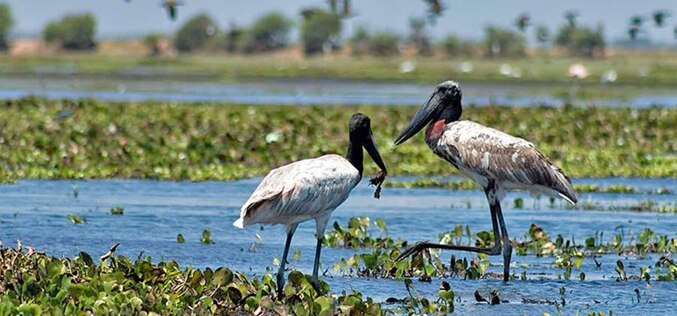 January is the time of year when the jabiru stork begins refurbishing last year's nursery in preparation for this year's brood. No mean feat; constructed of large sticks intertwining, the jabiru nest is a platform as many as 8 feet across! It perches high in a tall, often dead, usually lone tree within a pine ridge or above the jungle bush. This over exposure of its whereabouts made this otherwise shy bird an easy target in the pre-protection days when the jabiru was a commodity in the markets of Belize. Luckily today Belize boasts the healthiest breeding population of these storks within its eight country habitat (Central American and Mexico), although destruction of some nesting and feeding areas have inevitably occurred. The largest flying bird in the Americas, the jabiru is four and a half to five feet in height with a wingspread of nine feet. In Spanish it is known as el re de ellos, or "king of them all". In Belize it is demoted to filly mingo, or even to turk! Aside from the obviousness of its out-size, its appearance is also unmistakable. Its plumage is all white, its head all black - including the heavy-duty bill; these are connected by a loose-skinned black neck bordered below by a bright red band, comprising a simple but tasteful ensemble - all things considered. No one ever implied that the jabiru is just a pretty face! The in-mature jabiru is an appropriate brownish gray. These storks feed in wetlands, around swamps and ponds, sometimes flying several miles in search of a favored food. There are many to choose among: fish, frogs, and snails, reptiles and small mammals. Snakes seem to be high on the list of yummy things to eat, perhaps because of the appetite which is worked up in the process of preparation. The jabiru will take a 6' snake and shake it, throw it up into the air and catch it, thrash it and bash it and finally tear it to pieces, which it then eats. Jabirus come in solitary pairs which share the duties of parenthood but, when the nestling season is over, they fly north with their young (2-4) to join up with the flocks of southern Mexico. |
Is located on the island of Ambergris Caye, directly across from the Belize Barrier Reef, off the mainland coast of Belize. The property is nestled in a cluster of Australian Pine trees, backed to a littoral jungle, and surrounded by tropical gardens. It's about a one minute walk from the property to the beach, and a 10-15 minute drive from the island airstrip to the property.
We offer one bedroom suites (455 s.f.) of living area to include: livingroom, kitchenette, private bathroom and bedroom. We are also about a one minute walk from one of the best restaurants on the island serving (breakfast, lunch & dinner). Within walking distance you can find: (3) blocks is Robyn's BBQ (4) blocks is 2 fruit stands (5) blocks local grocery store IF YOU'RE COMING TO BELIZE TO............... If you're coming to Belize to dive the Blue Hole, descend the shelf walls at Turneffe, snorkel the Barrier Reef, explore Mayan ruins, rappel into a cave, kayak along the river through caves, zip line through jungle tree tops, hike through a cave to see an ancient human skeleton, swim with sharks, listen to Howler Monkey's, hold a boa constrictor, feed a jaguar, horseback ride through the jungle, canoe through a cave, rappel down a waterfall, sail around an island, enjoy cocktails & dinner to a sunset, climb 130' feet to the top of a Mayan ruin, rip up the jungle trails on an ATV, float through a series of caves on a tube, and sip on a rum punch..... then this is the place for you. Belize Budget Suites, offers you clean, affordable, attractive, accommodations, at prices that allow you to do all the things just mentioned. Archives
February 2021
Categories
All

For All Your Home Improvement Needs

For all Your Real Estate Needs
501-226-4400 10 Coconut Dr. San Pedro, Belize Your Ad Could Go Here
|

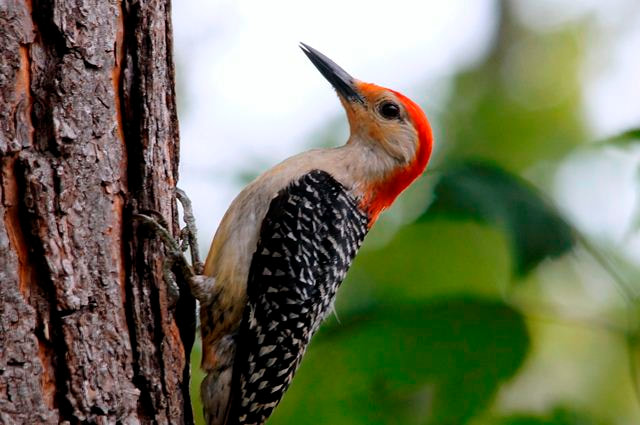
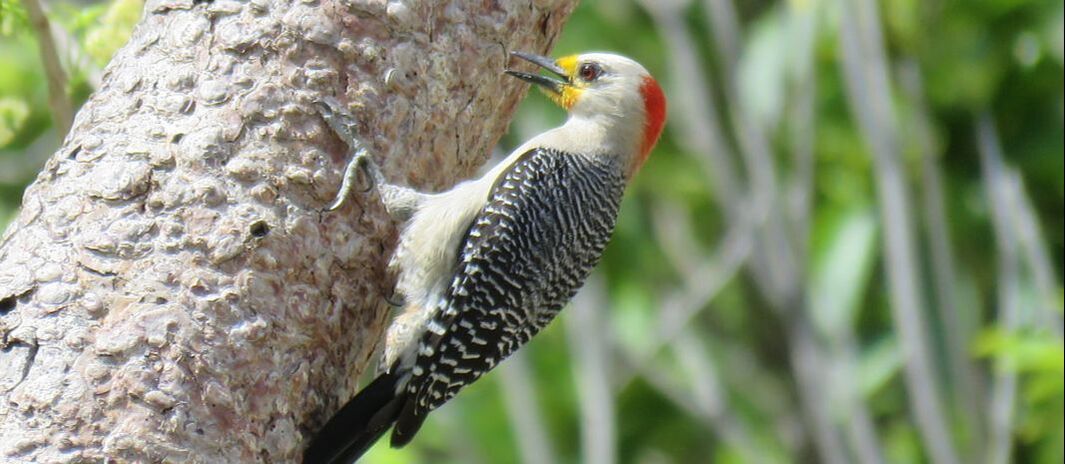
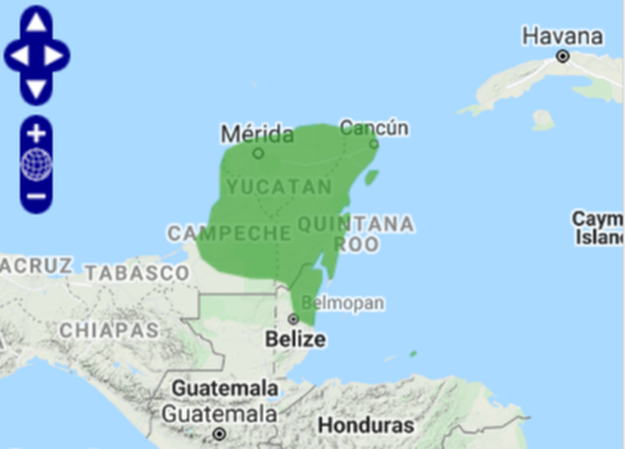
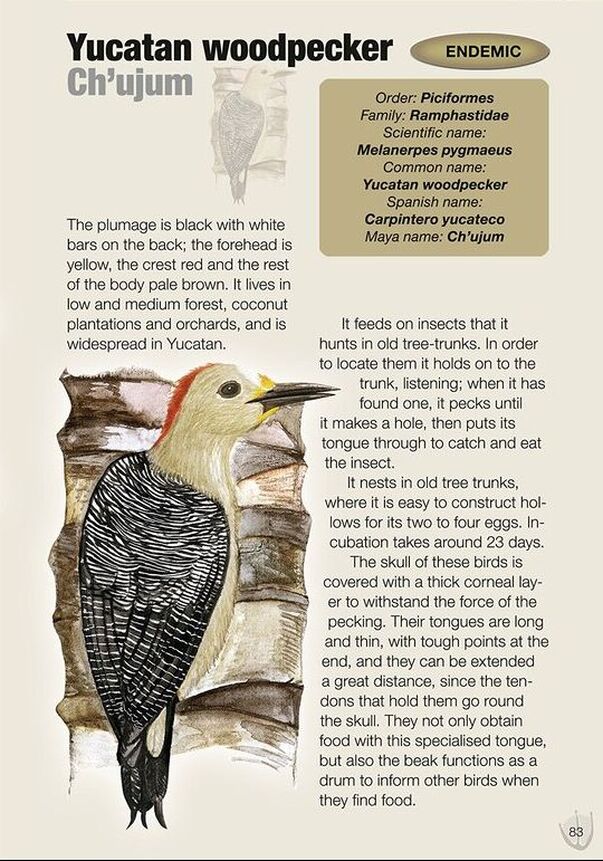
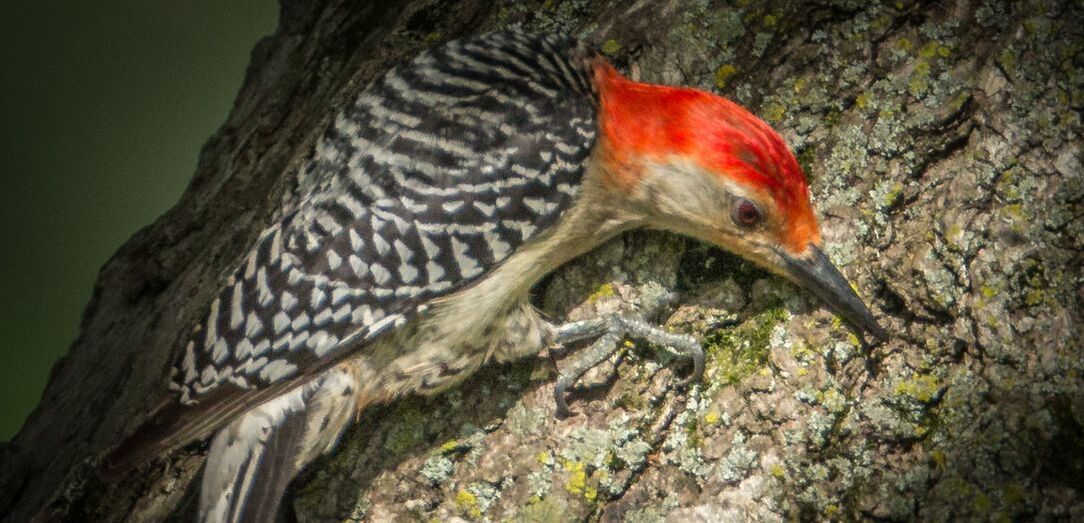
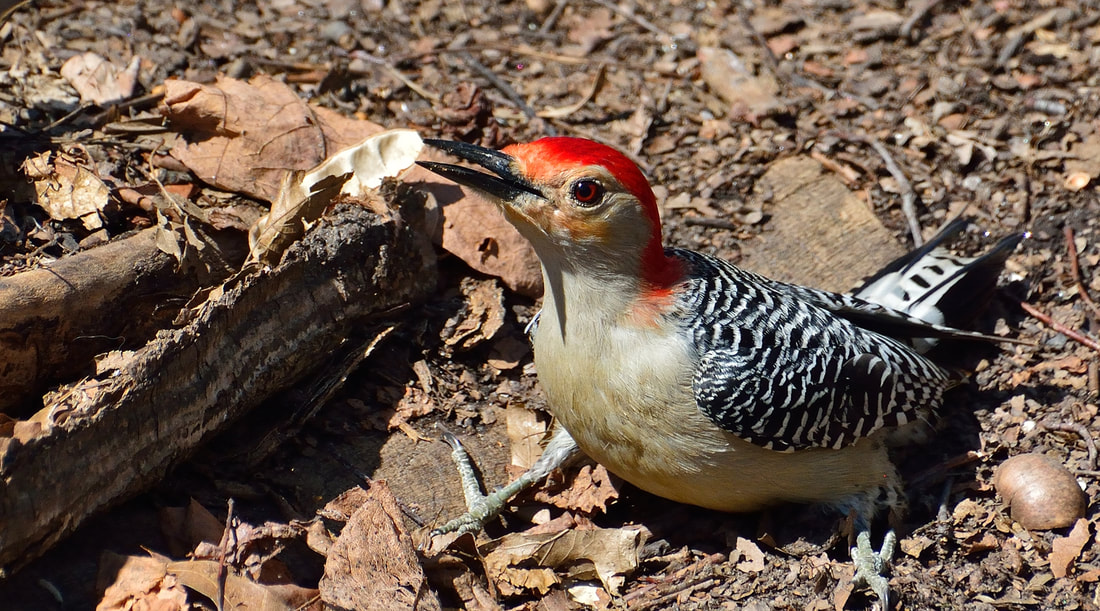

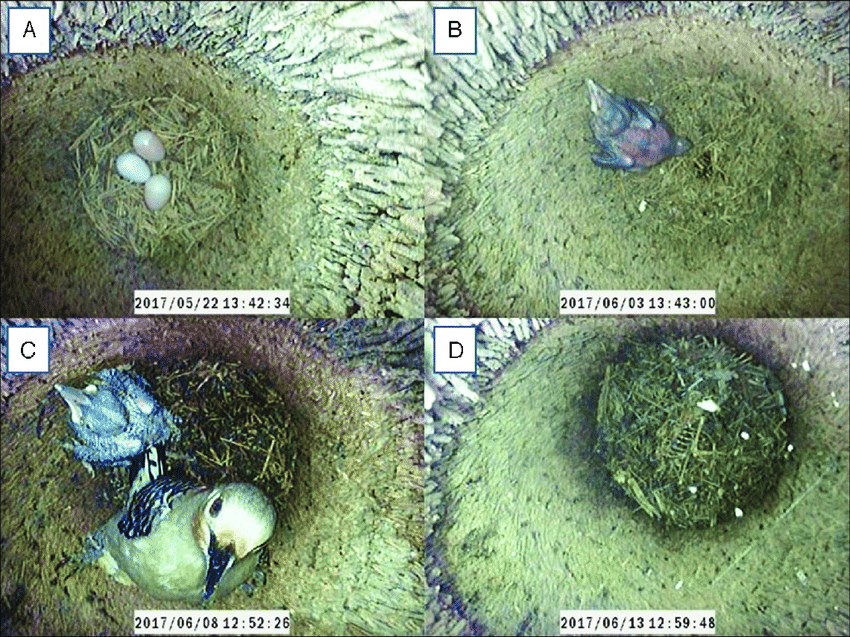
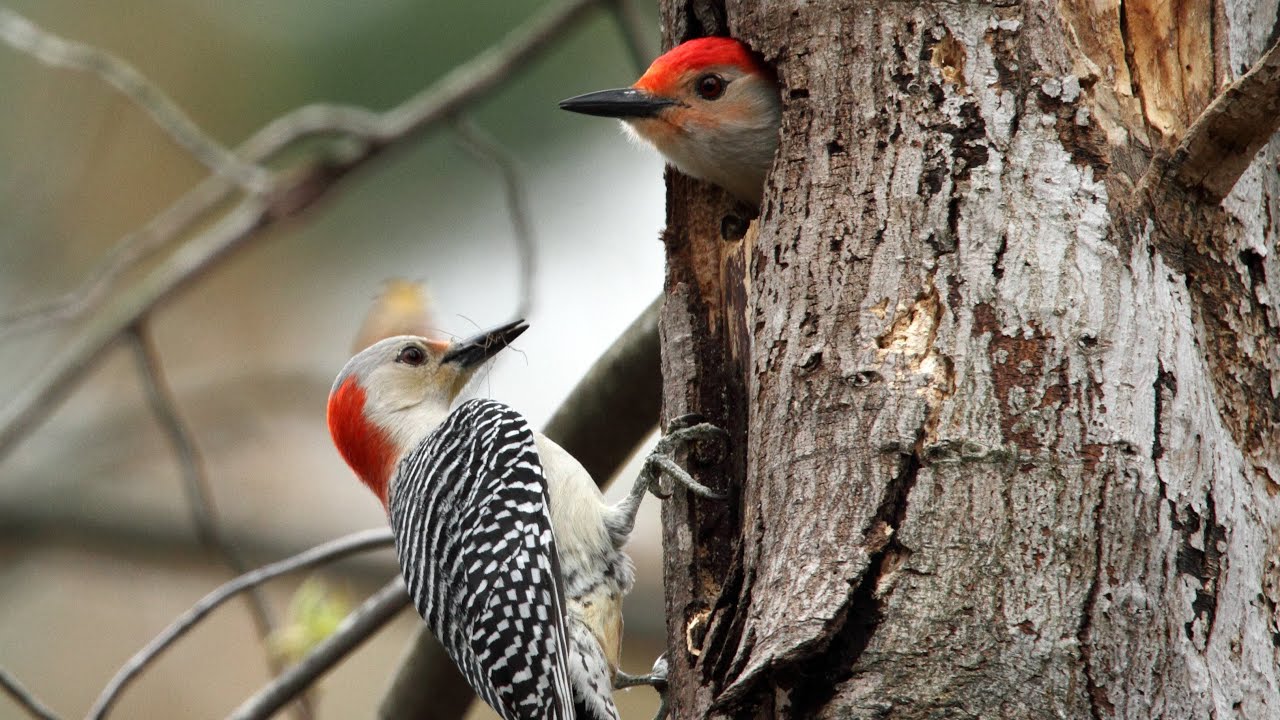
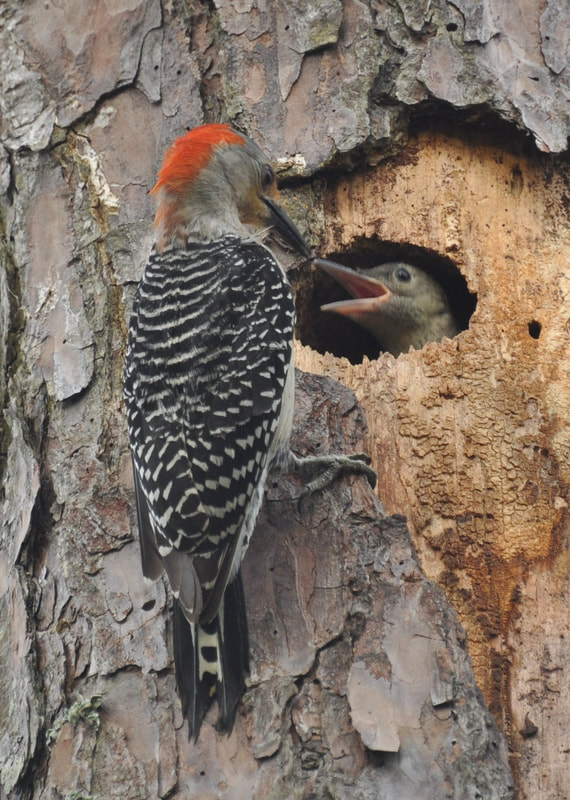
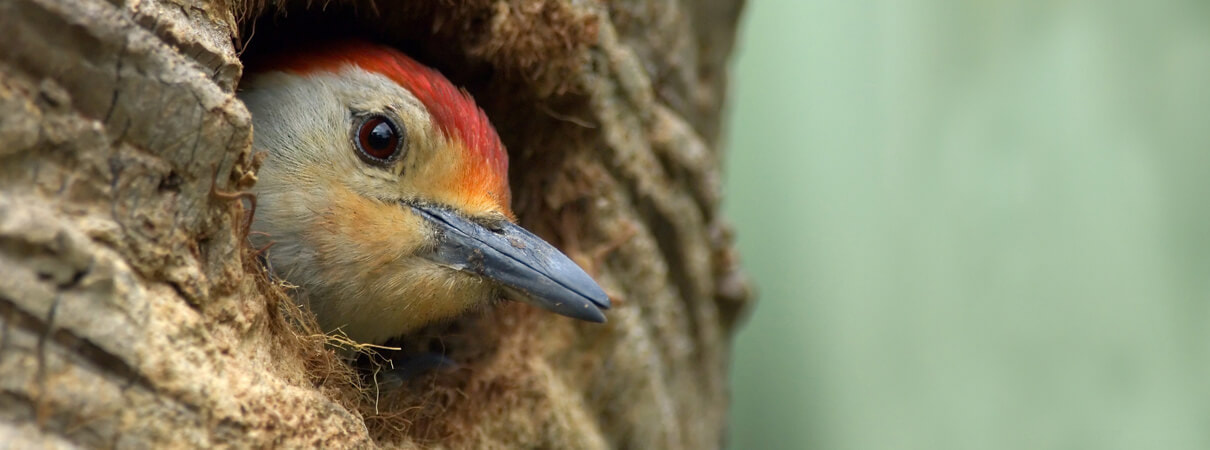
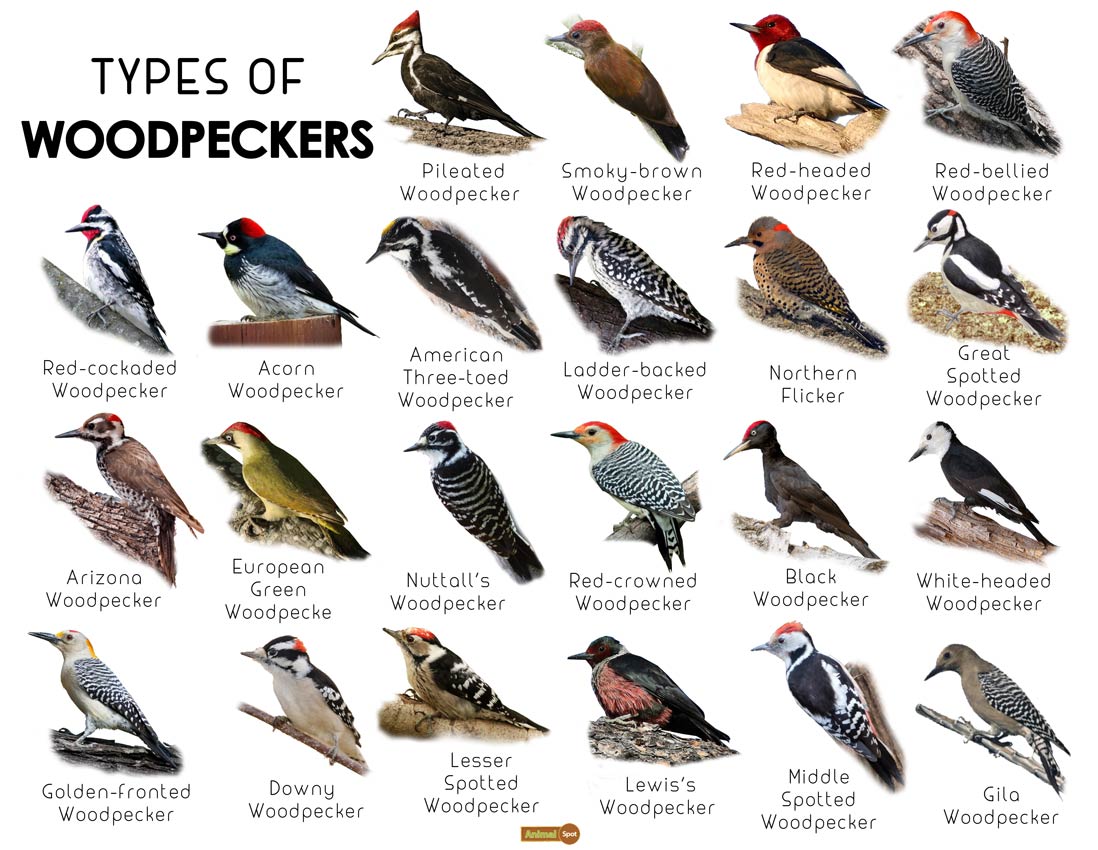
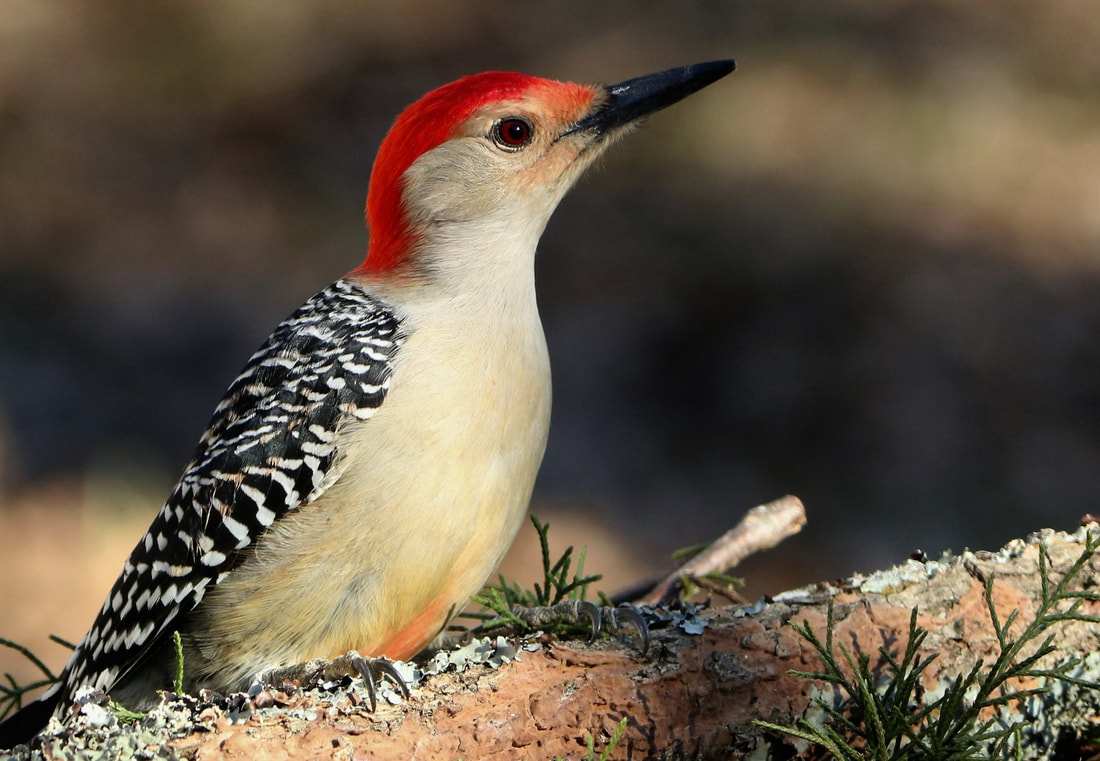
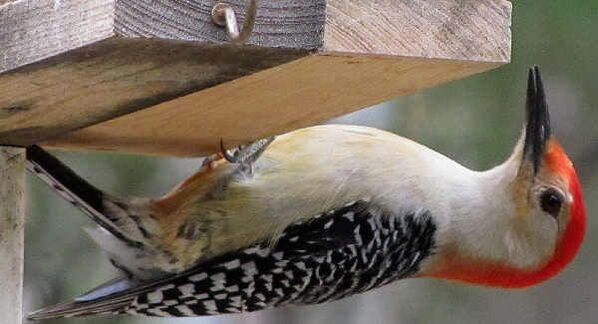
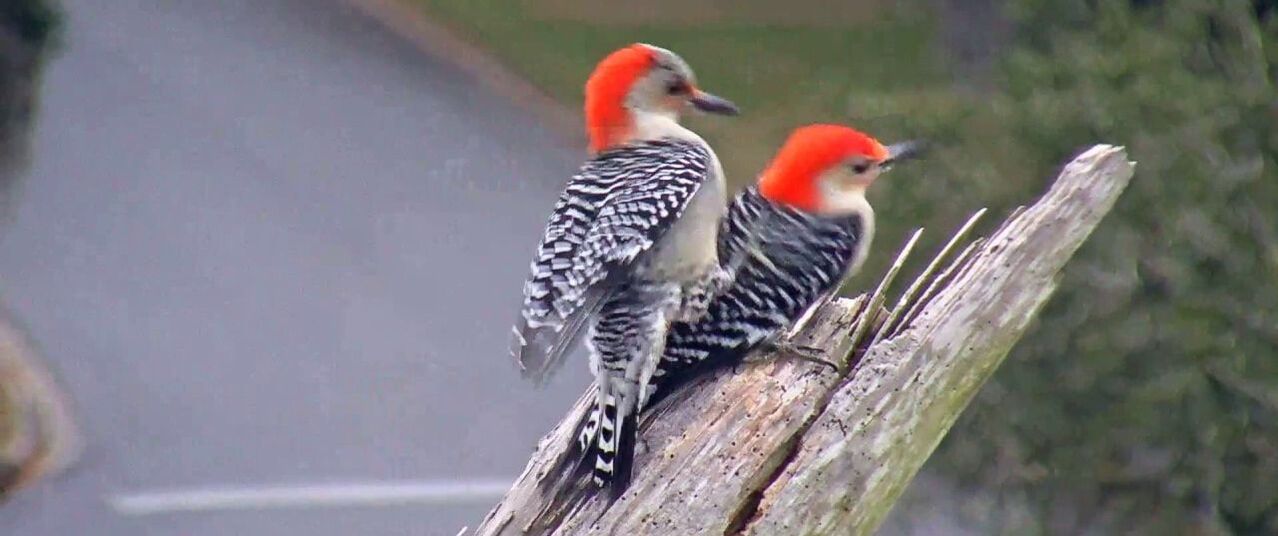
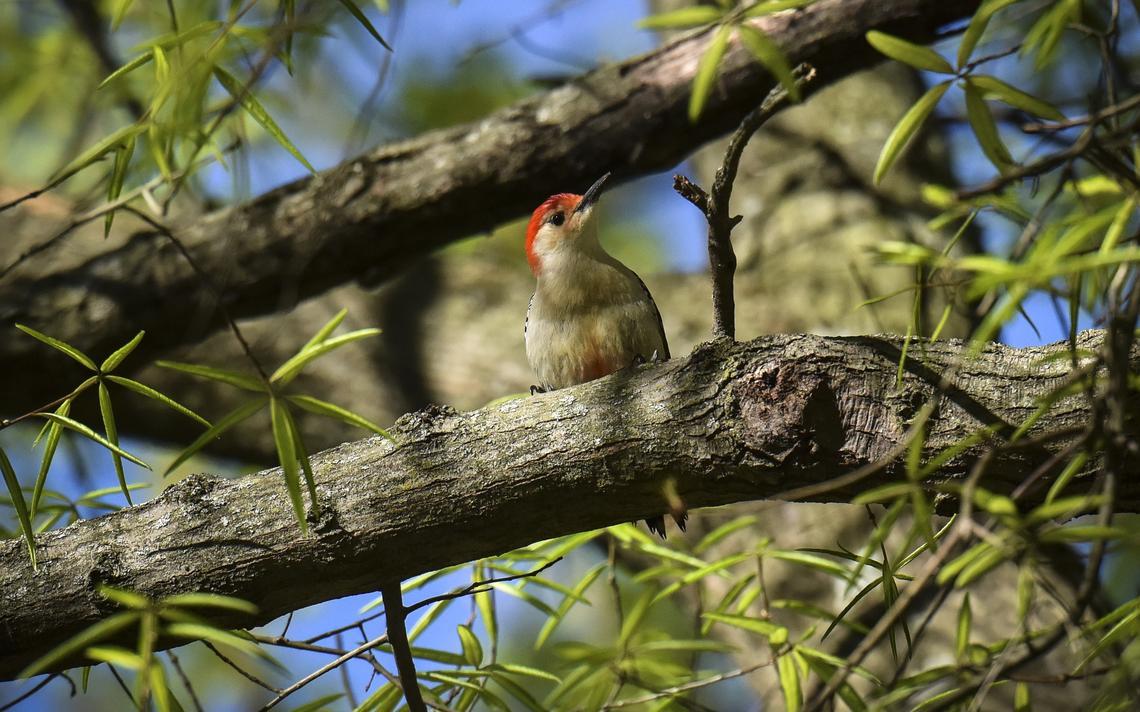
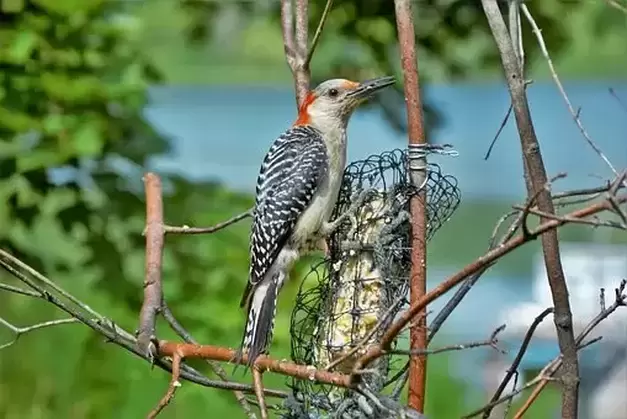

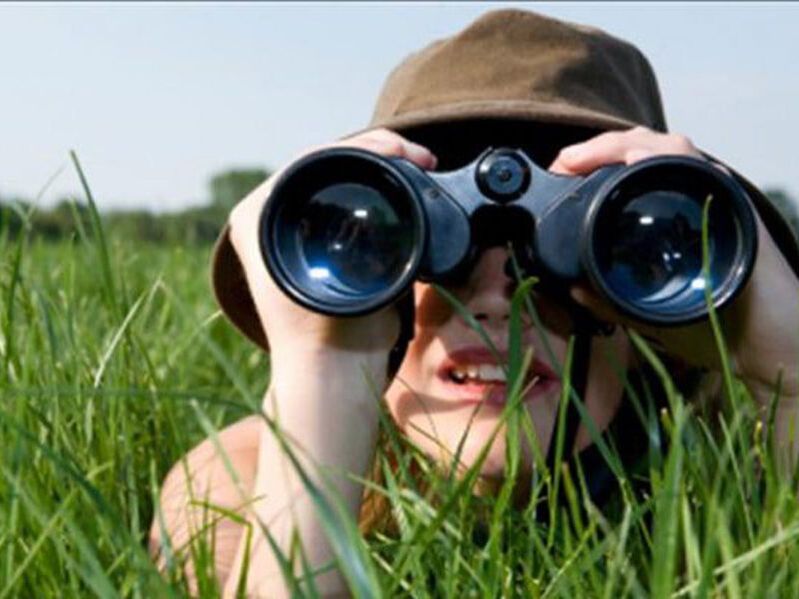
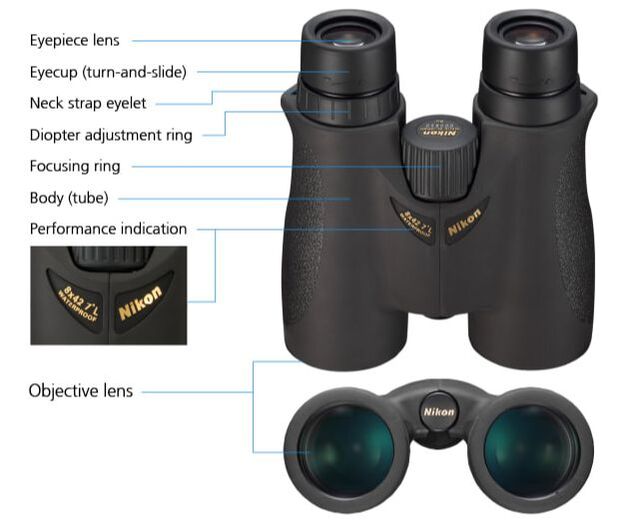
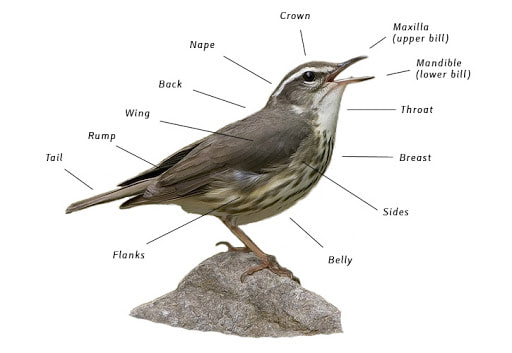
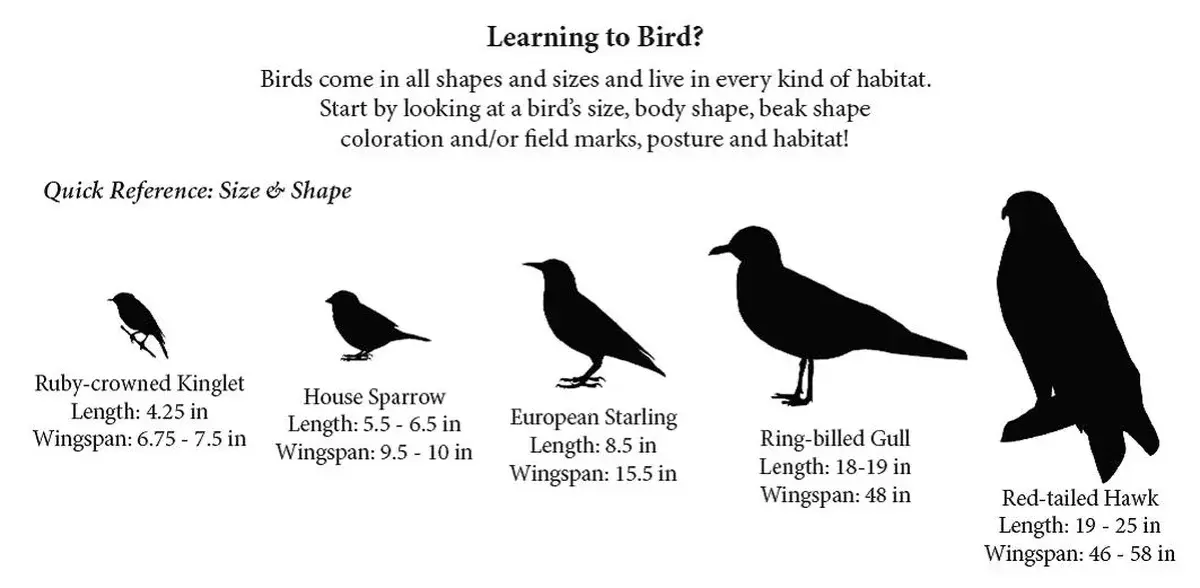
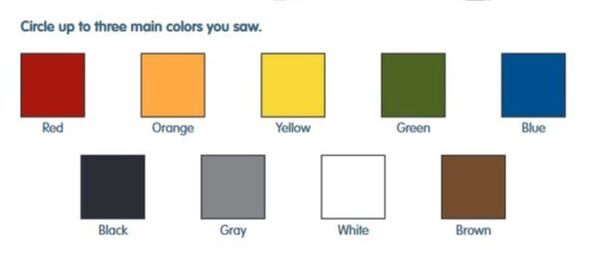
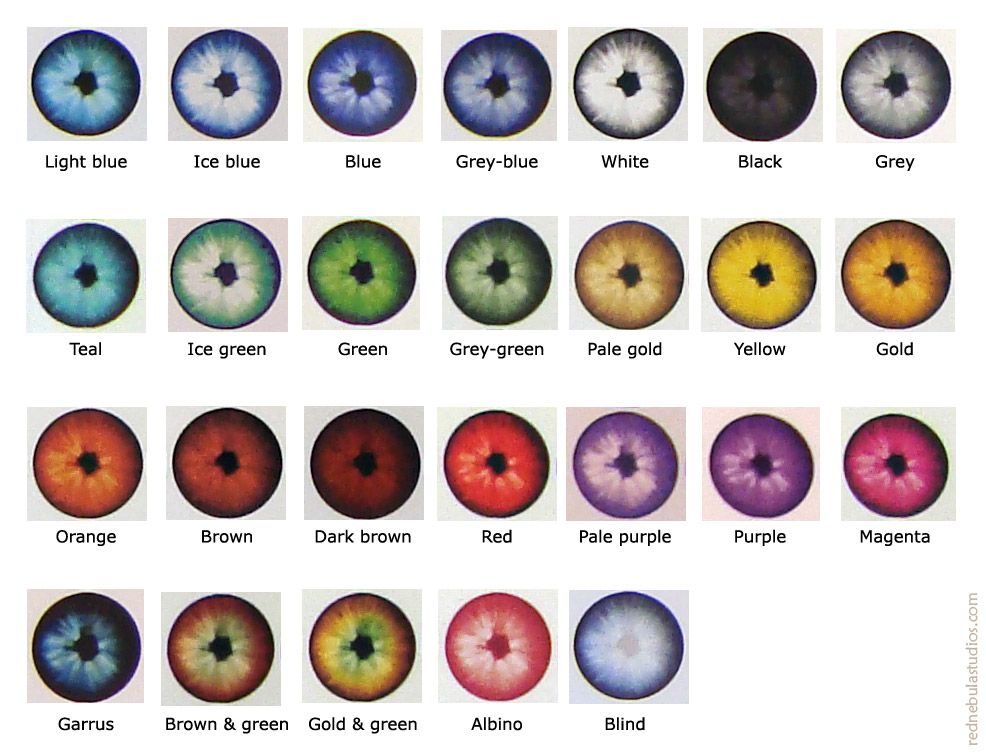
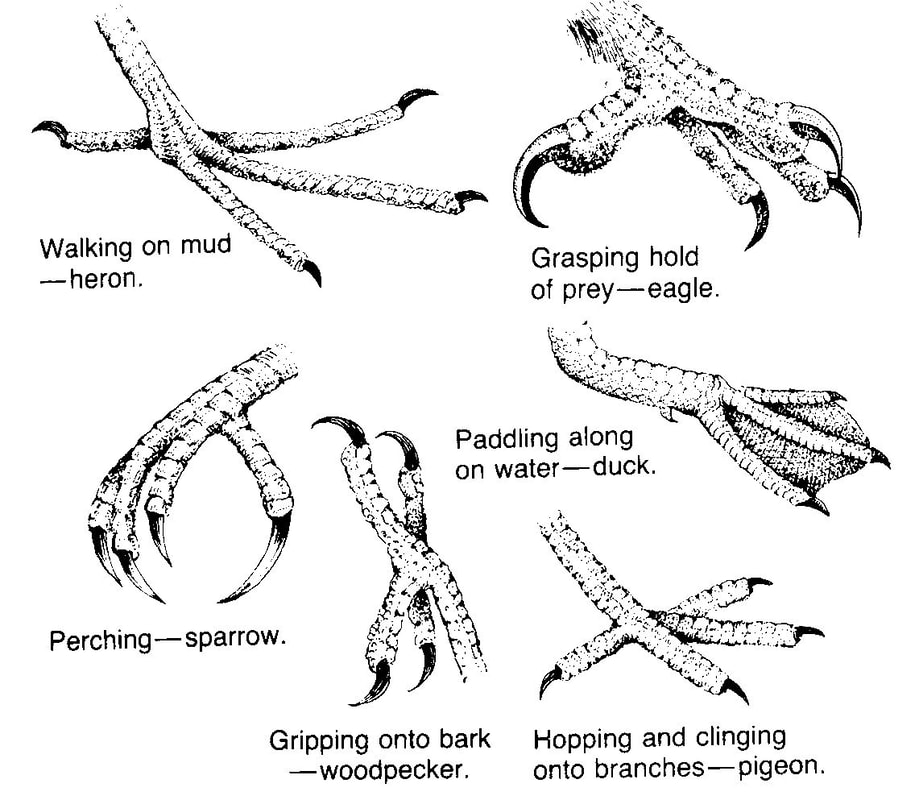
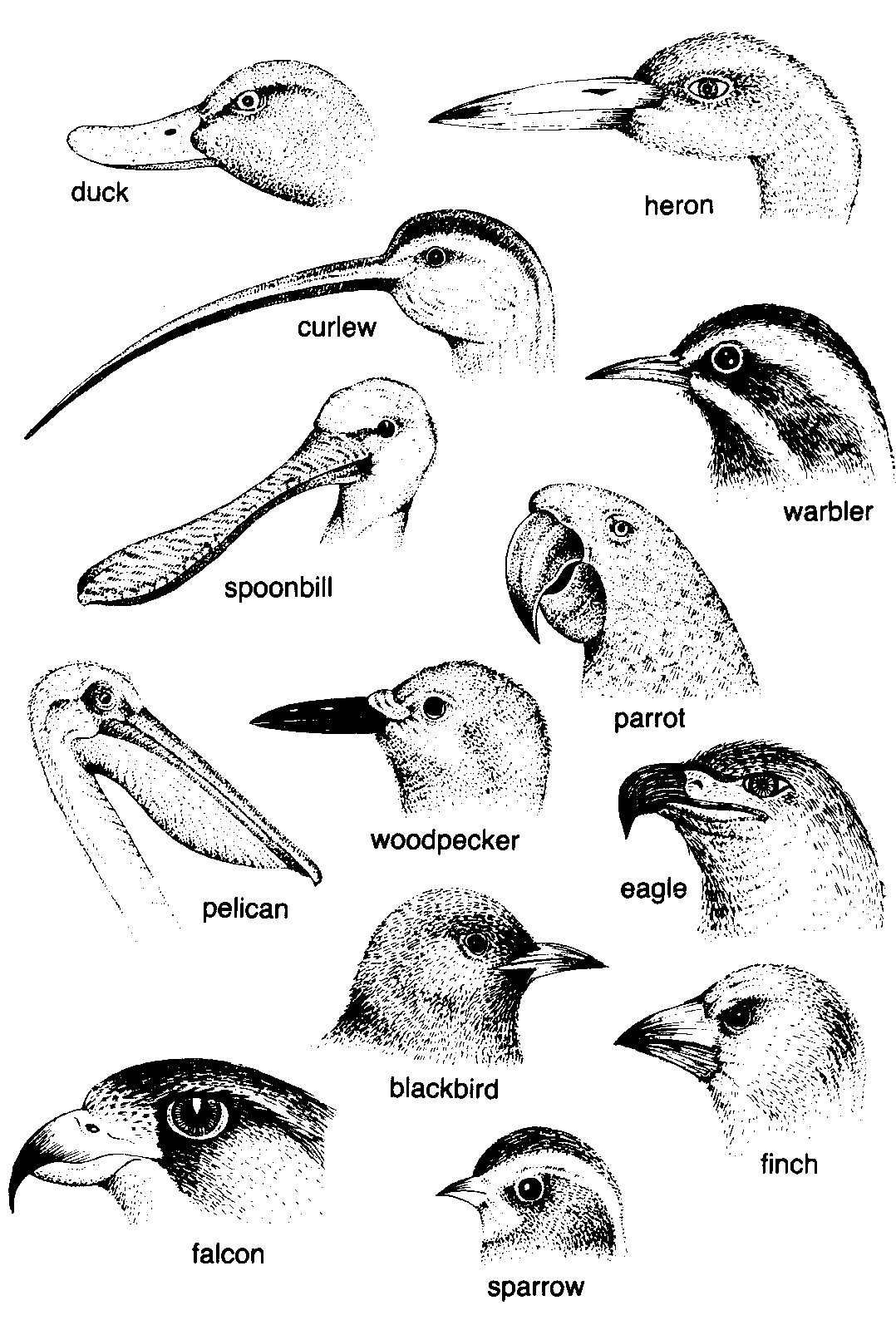
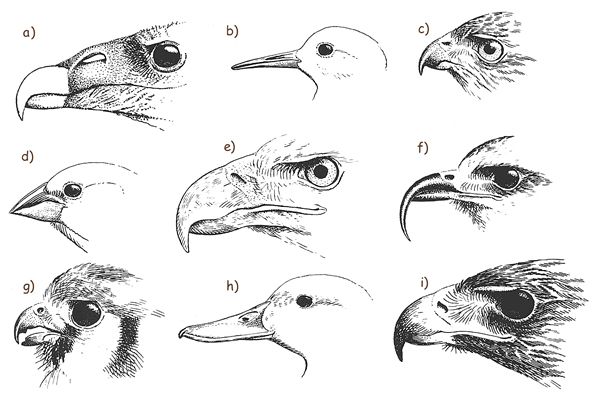
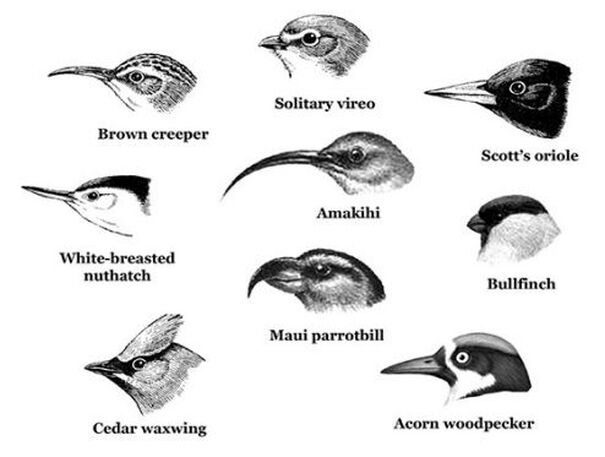
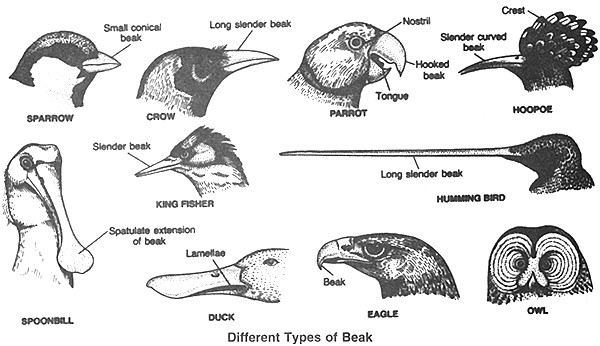
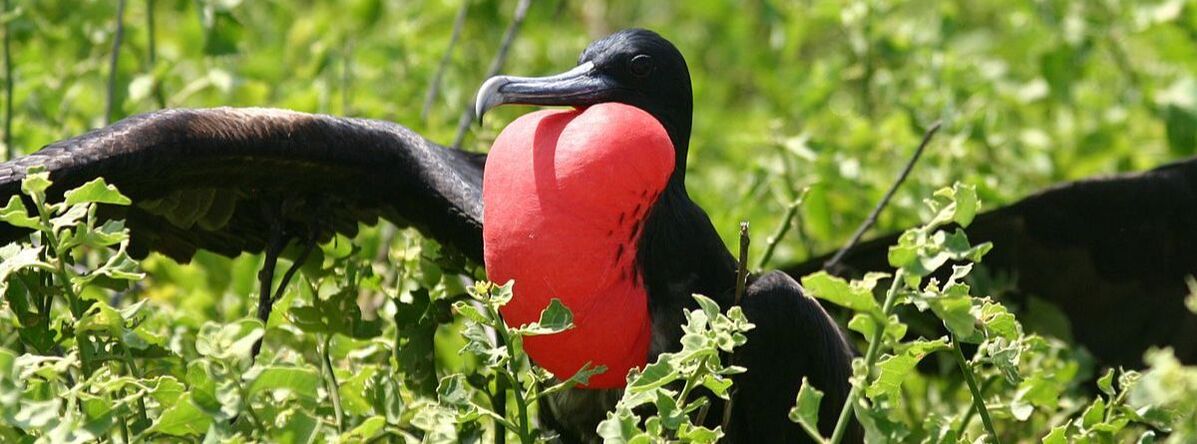

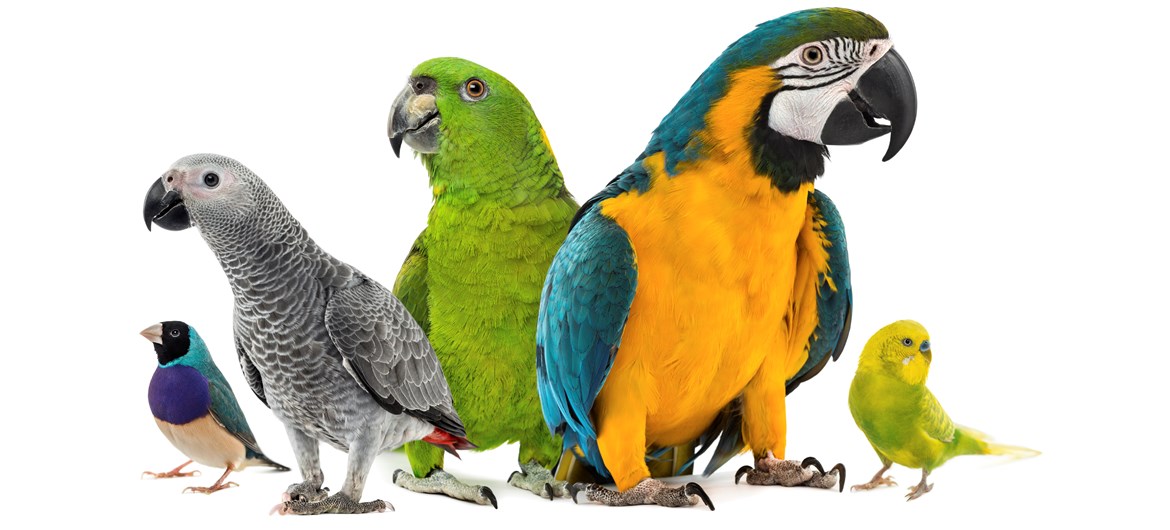
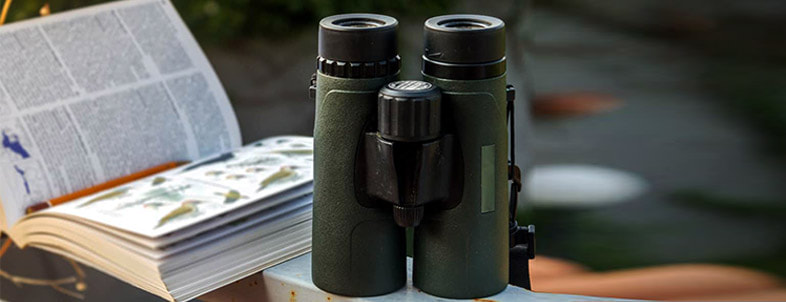
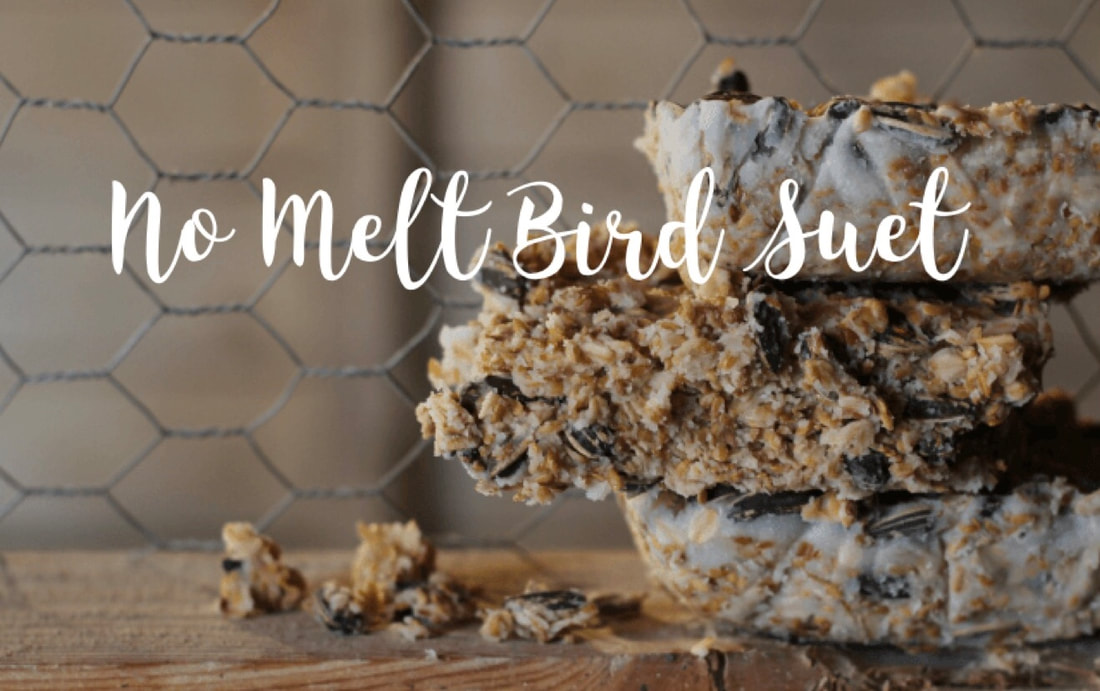
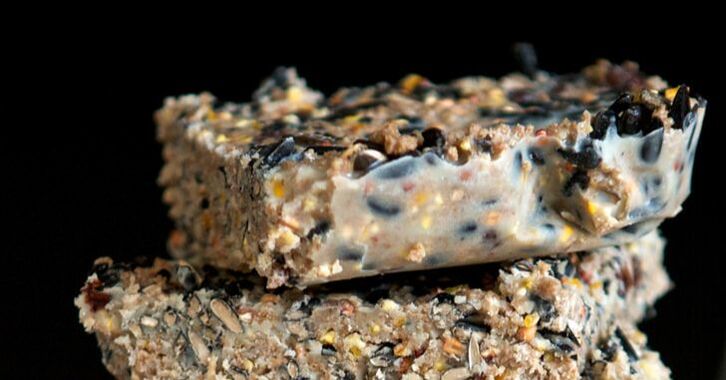

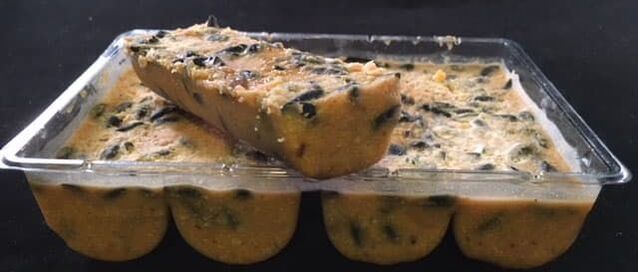
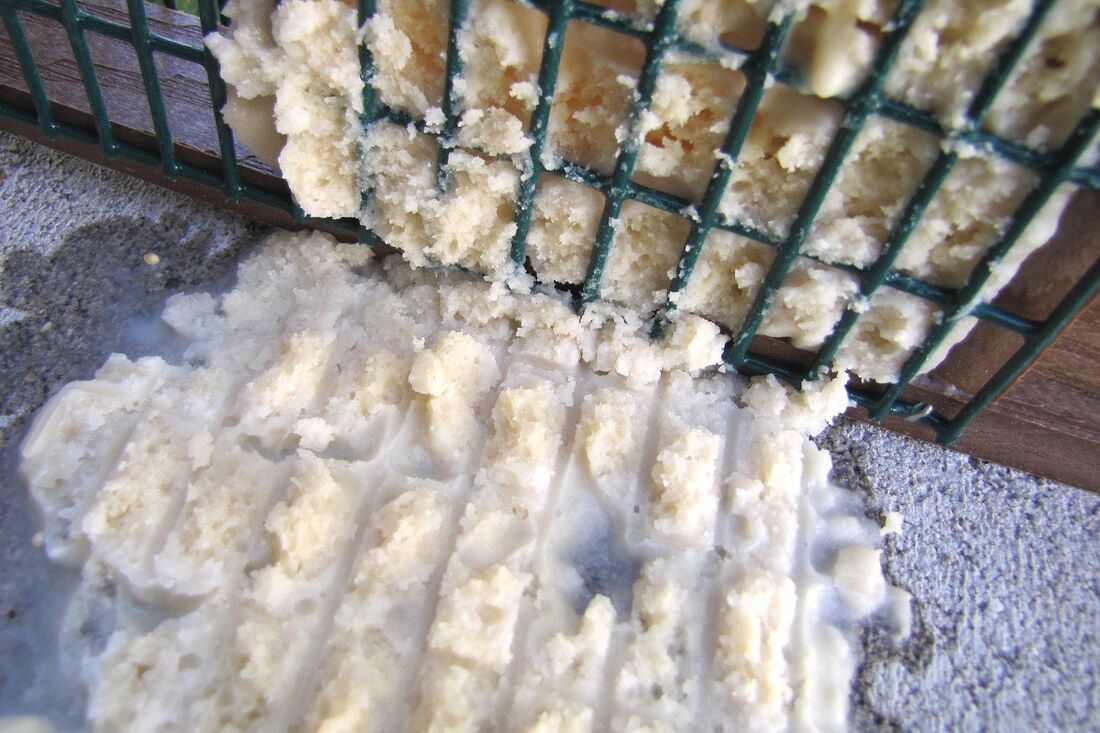
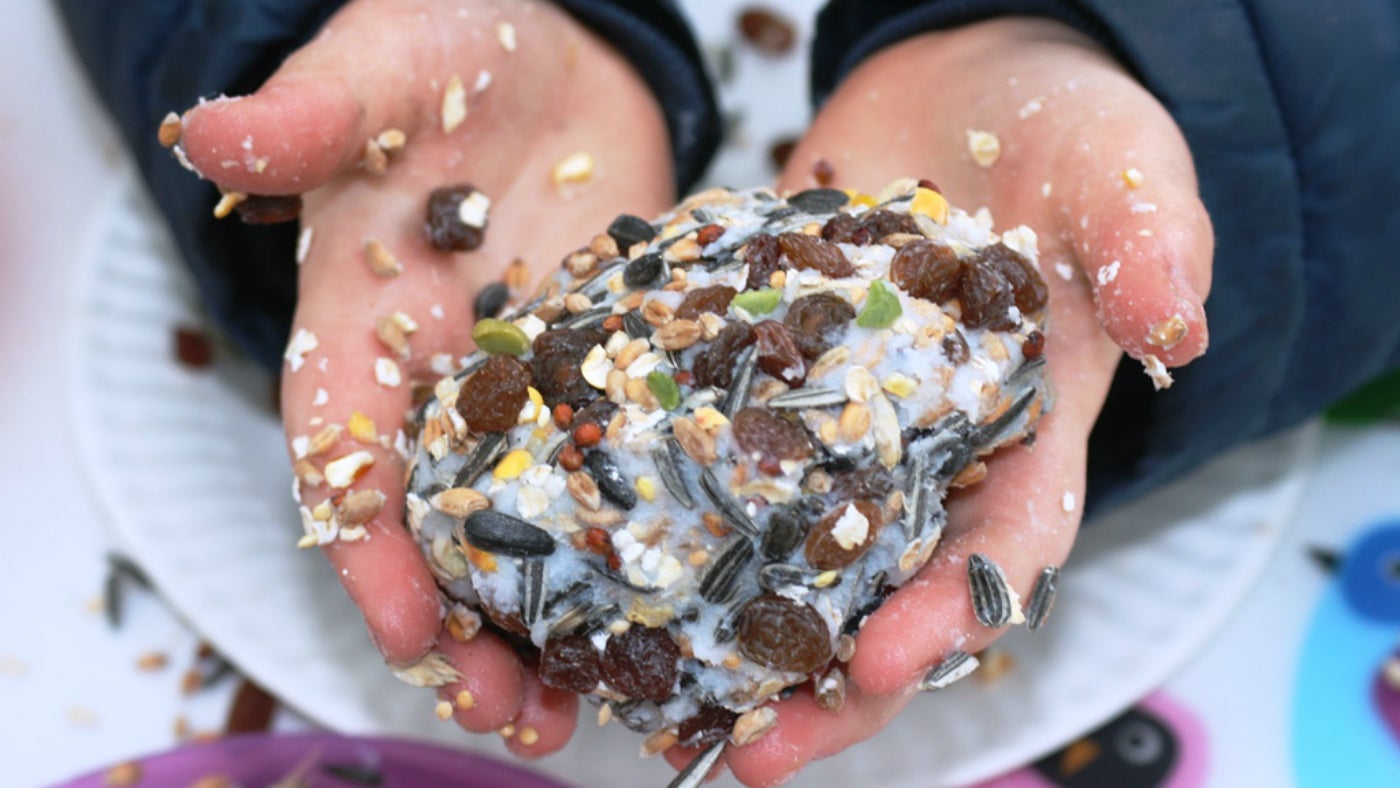
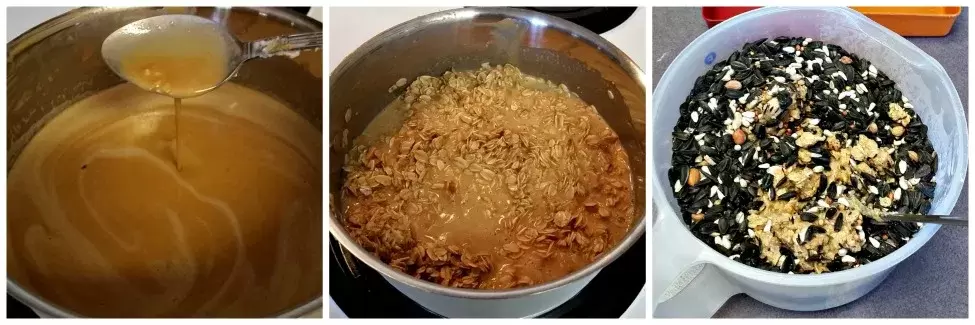
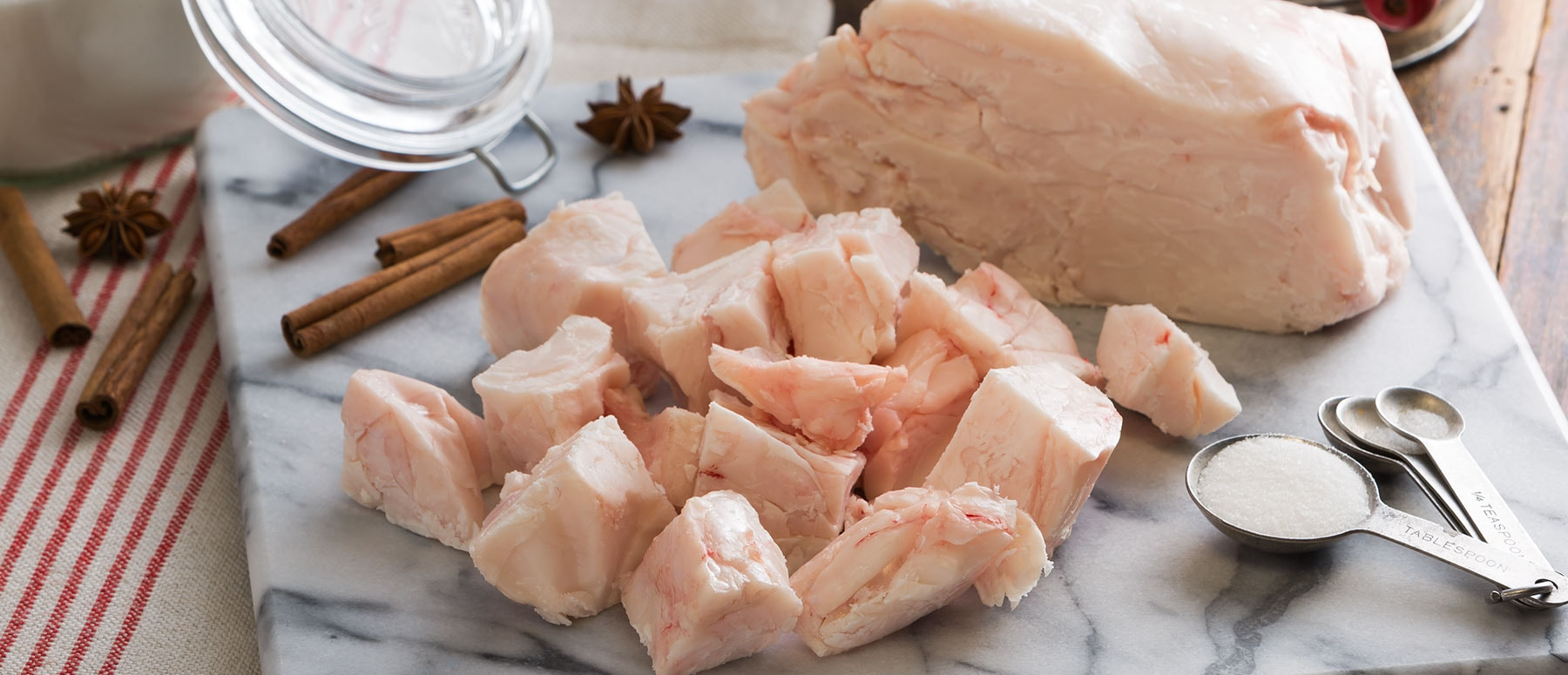
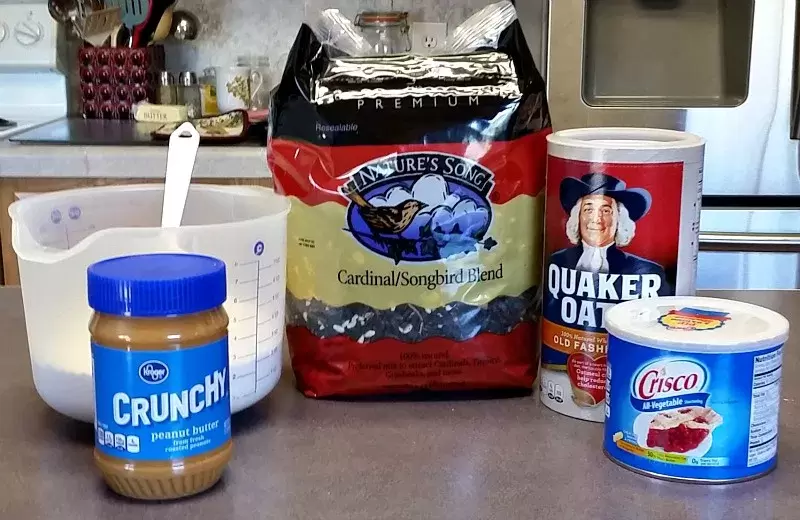
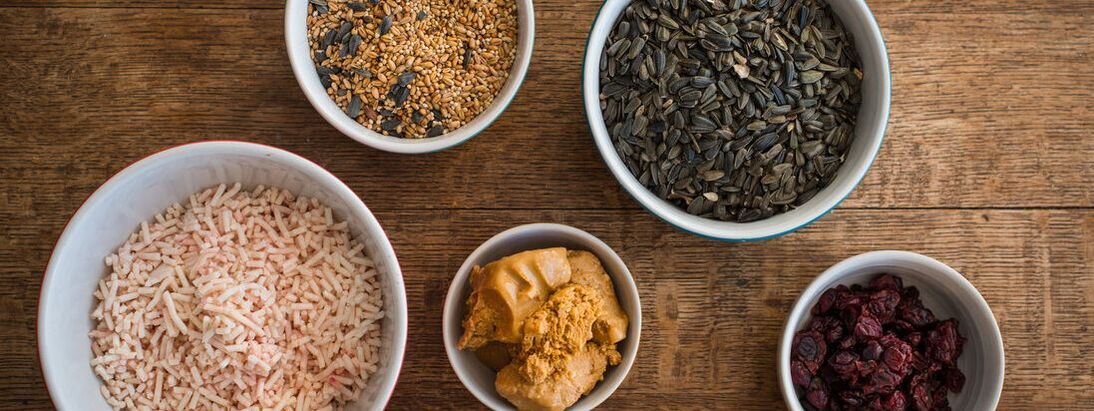
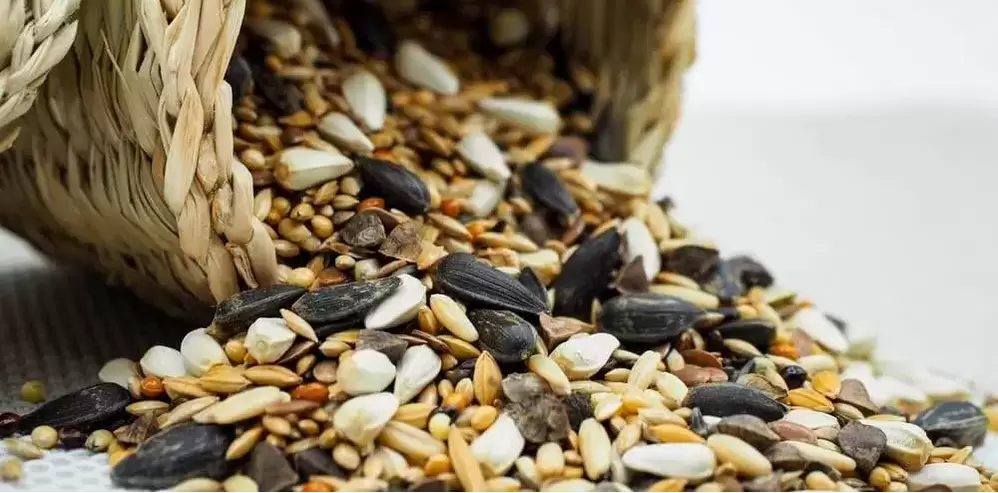
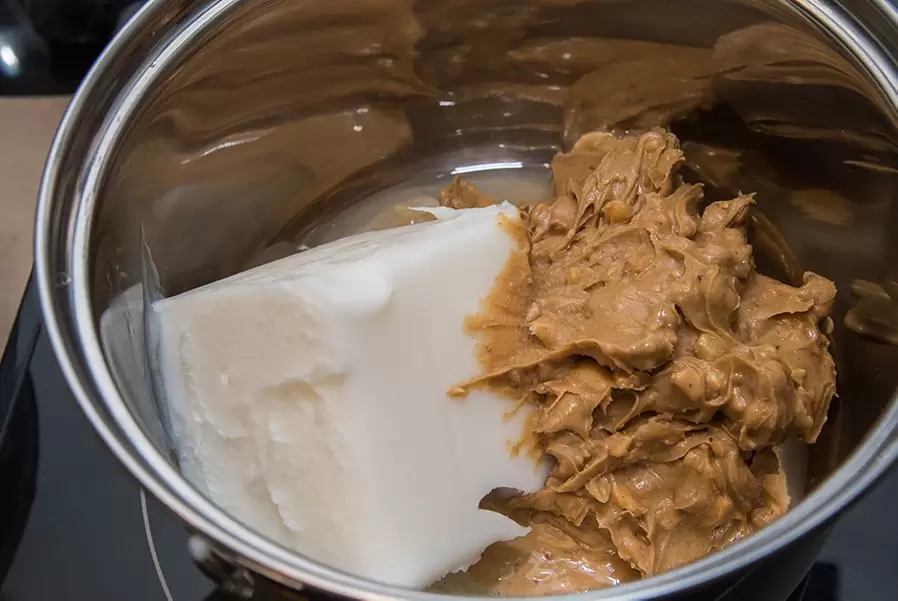
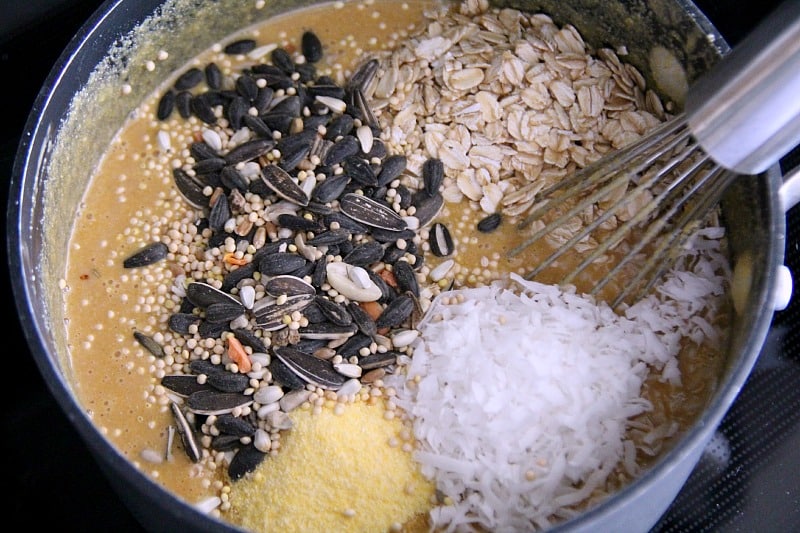
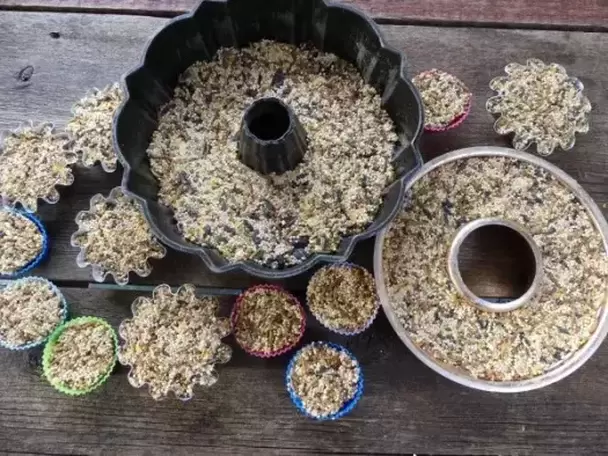
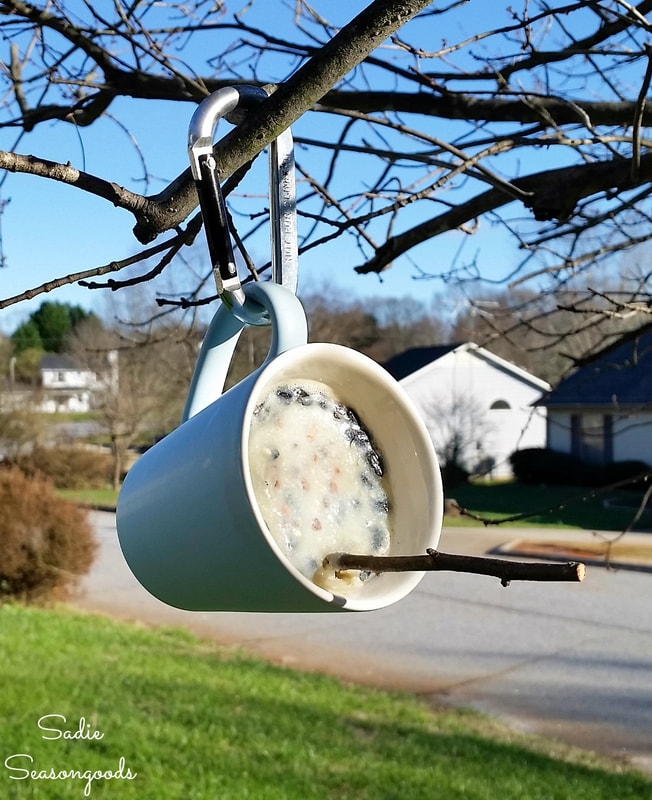
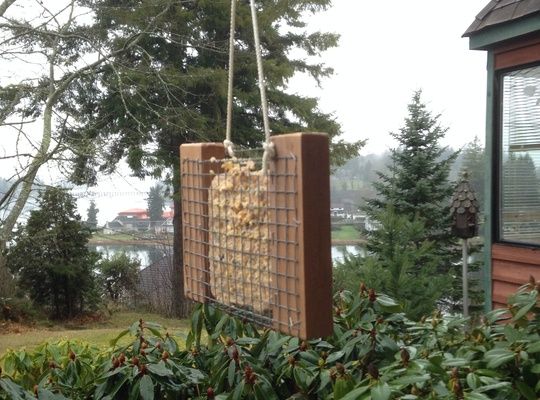
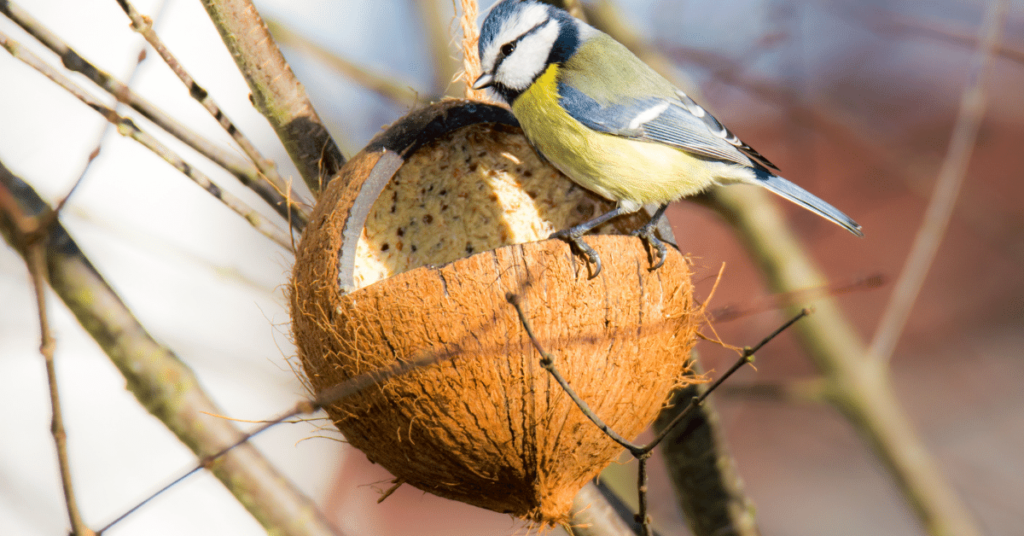
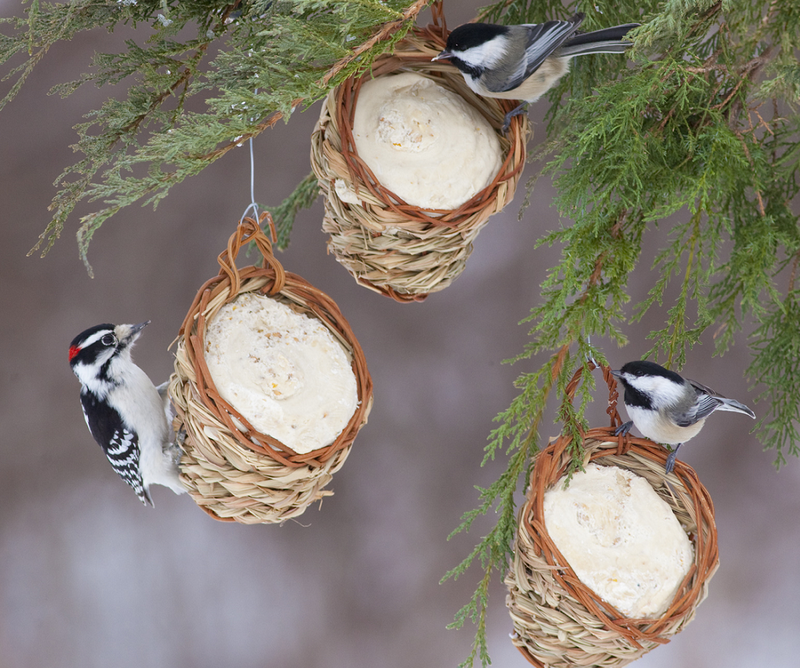
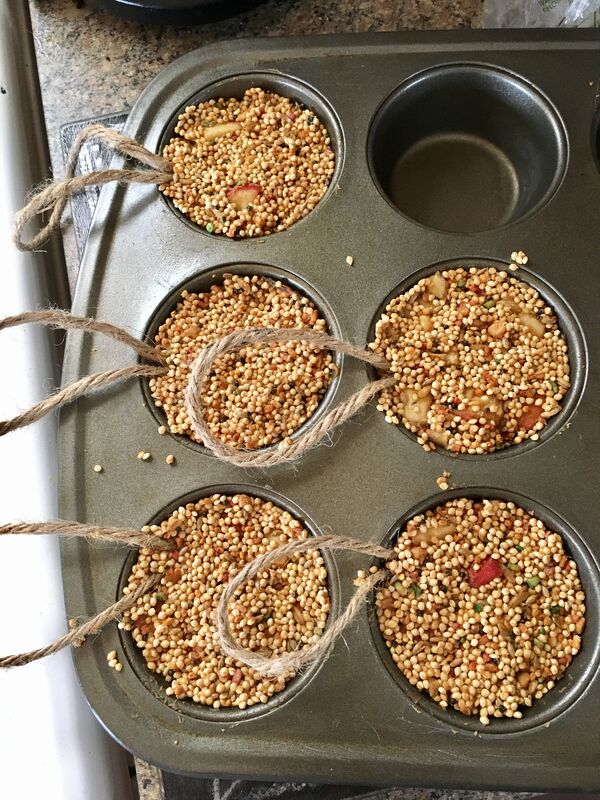
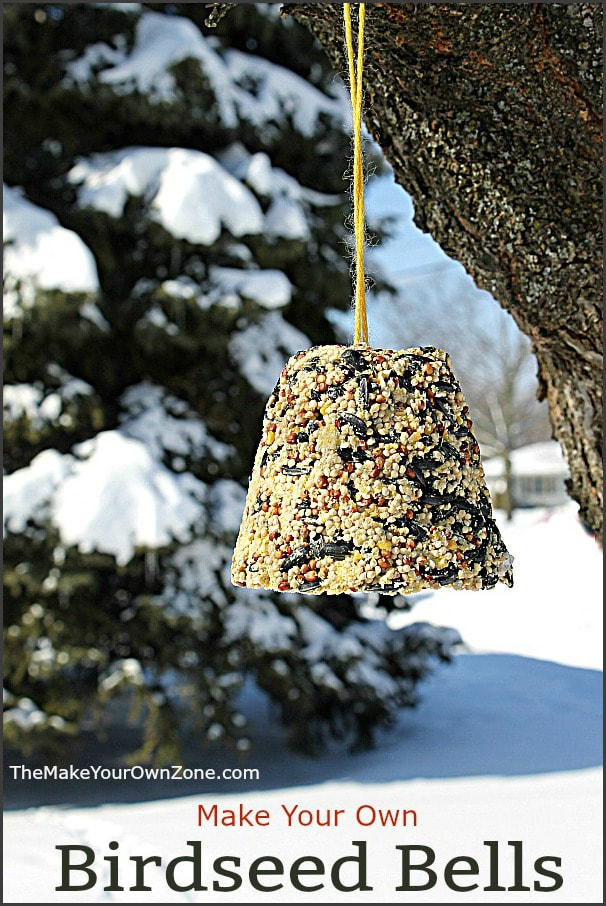
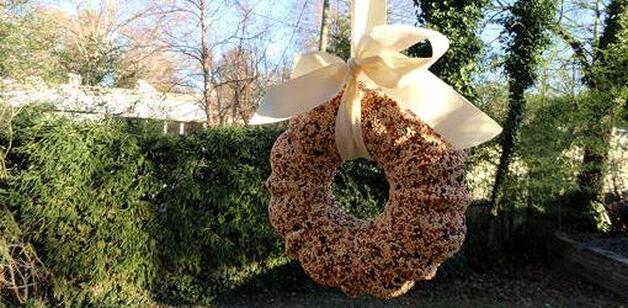
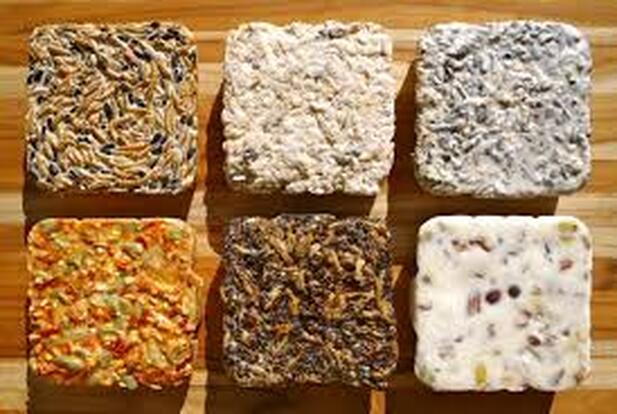
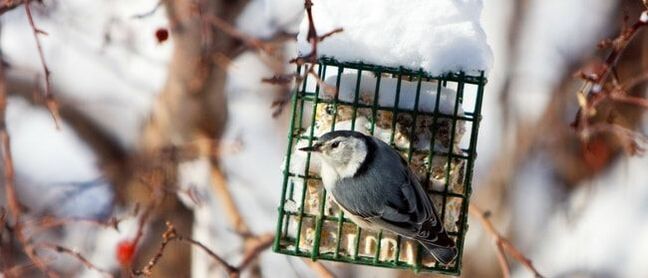
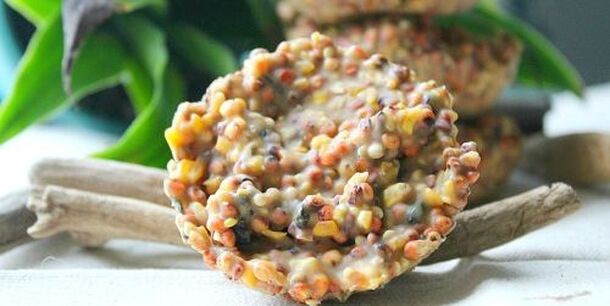
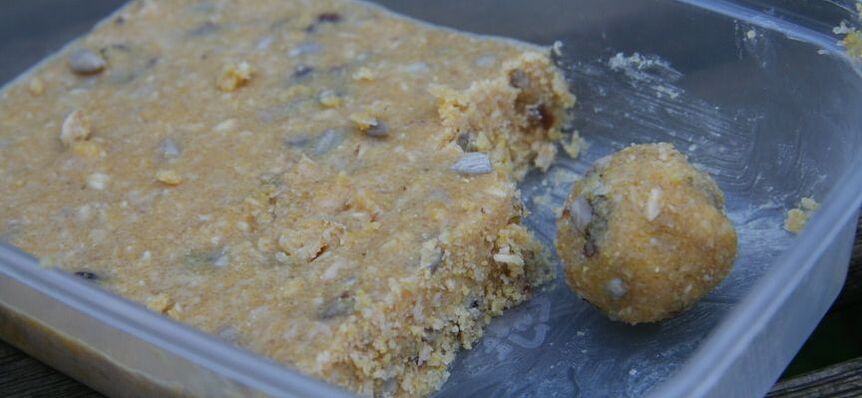
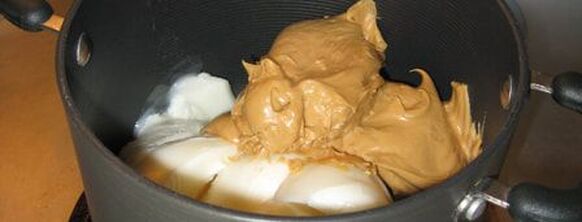
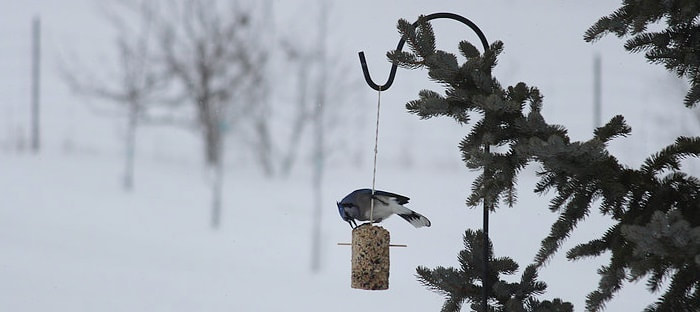
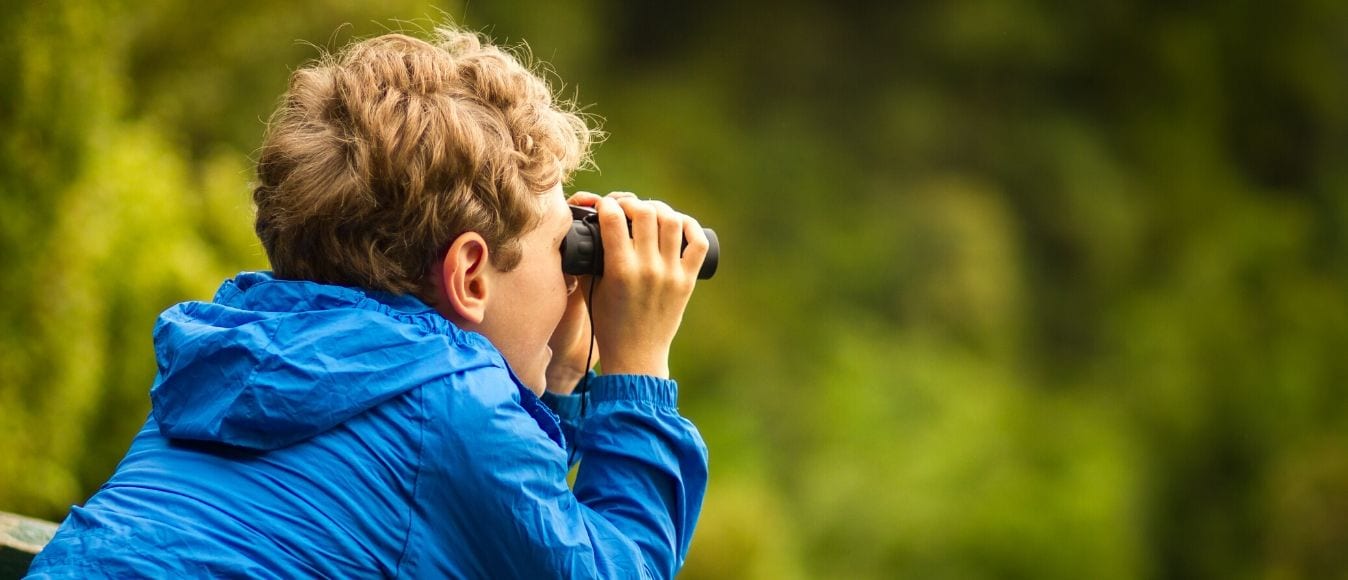
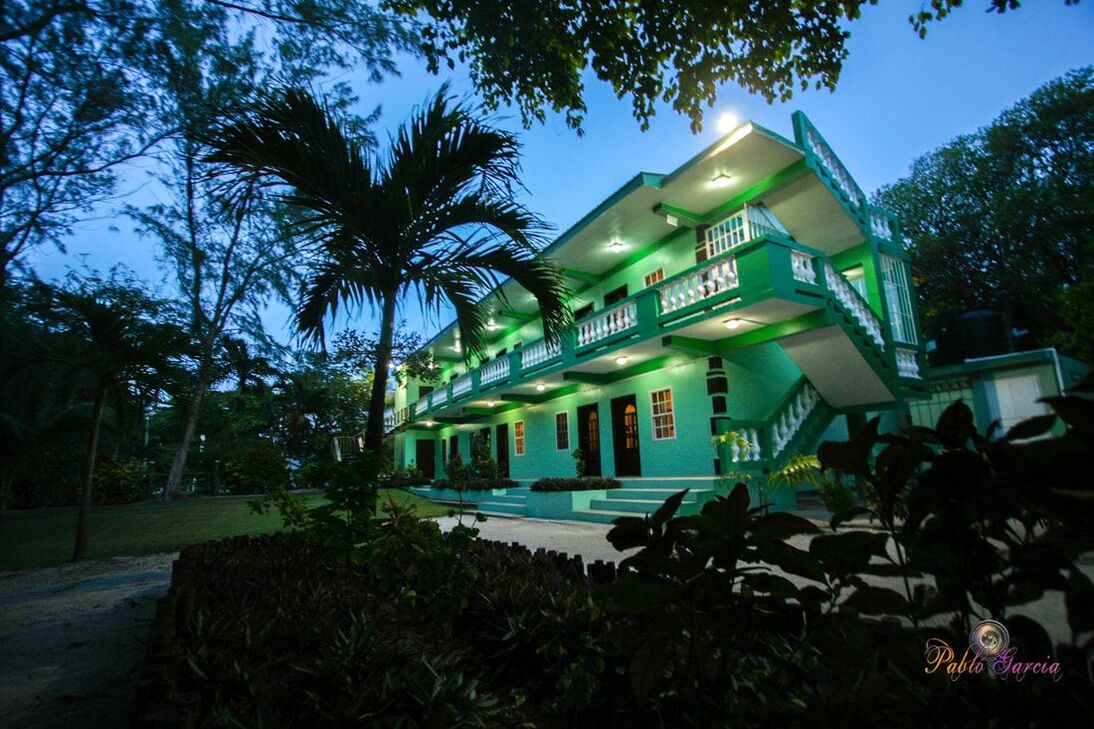
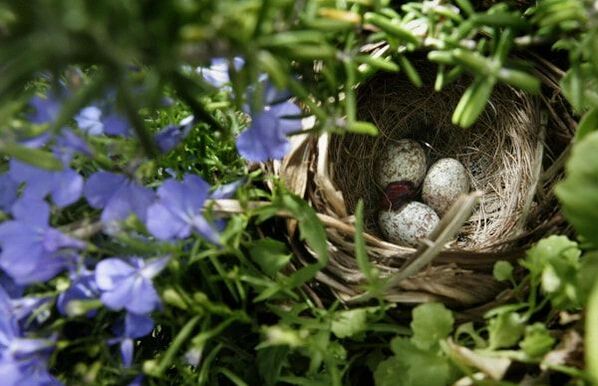
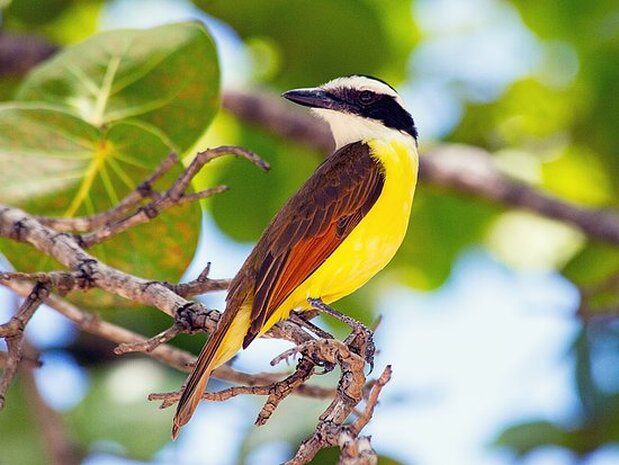
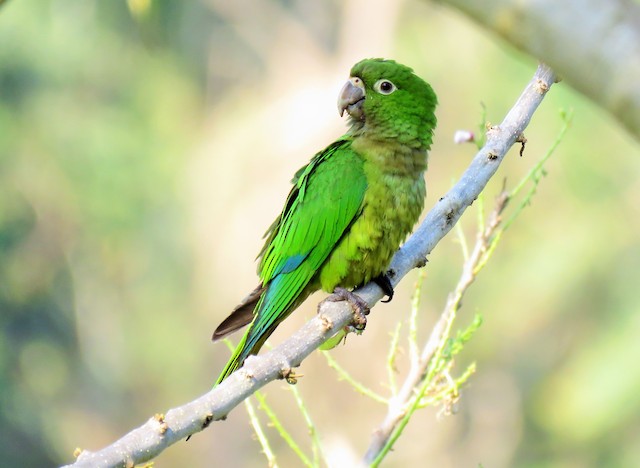
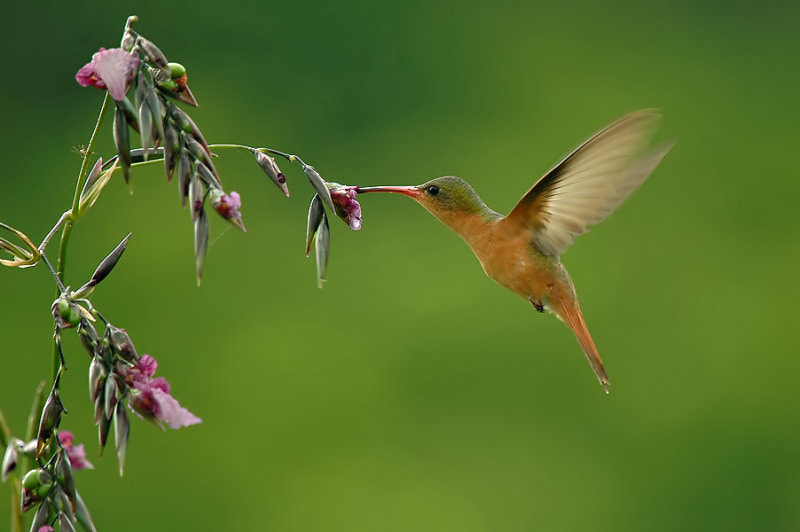
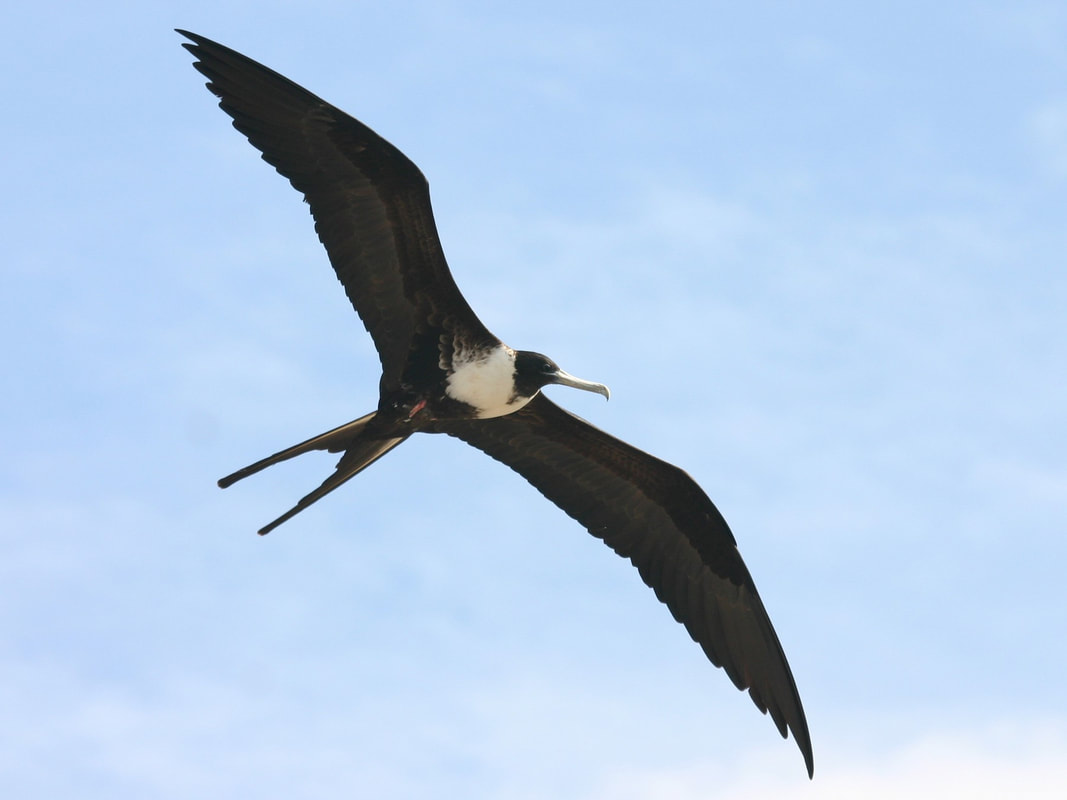
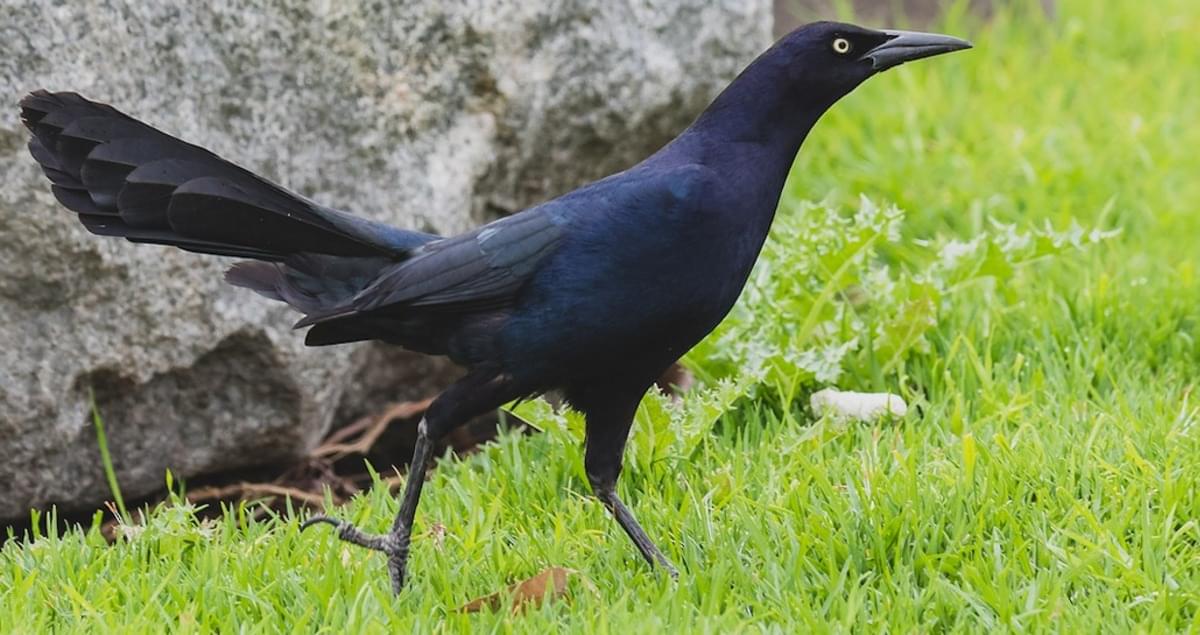
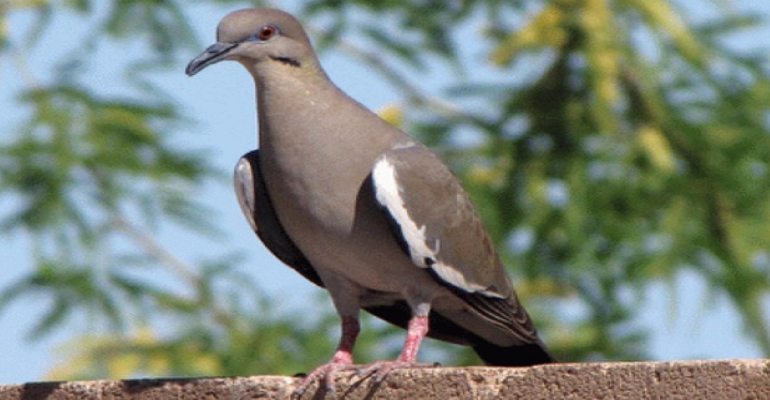
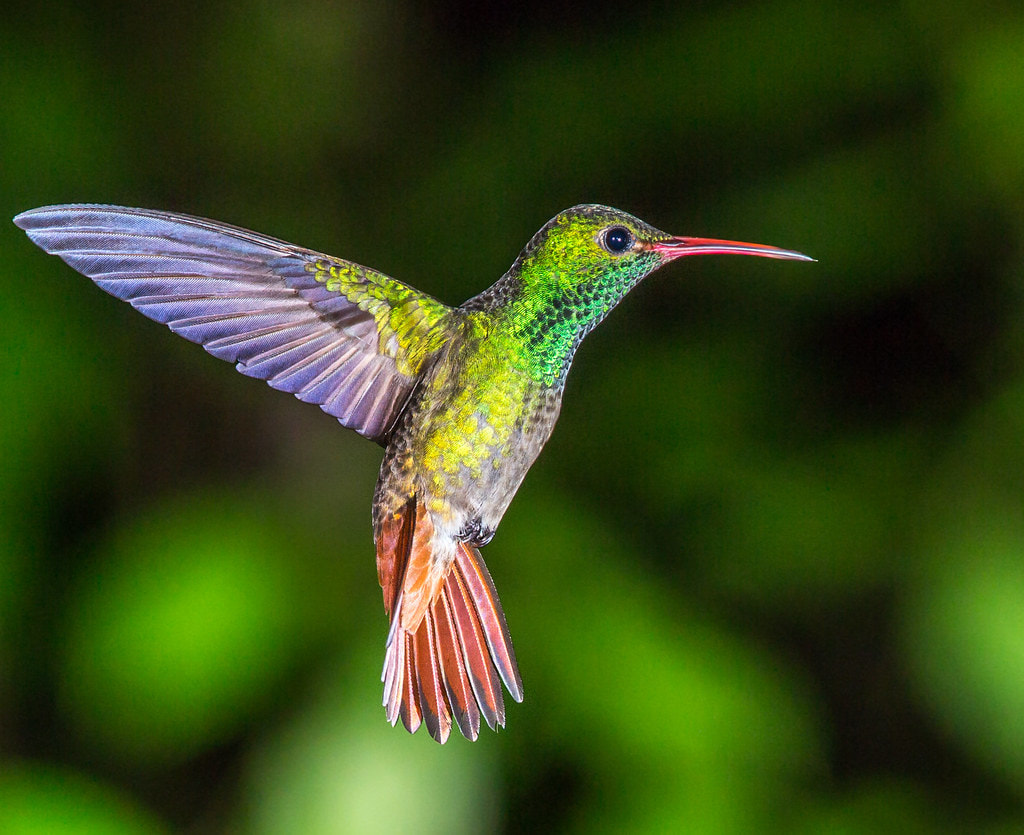
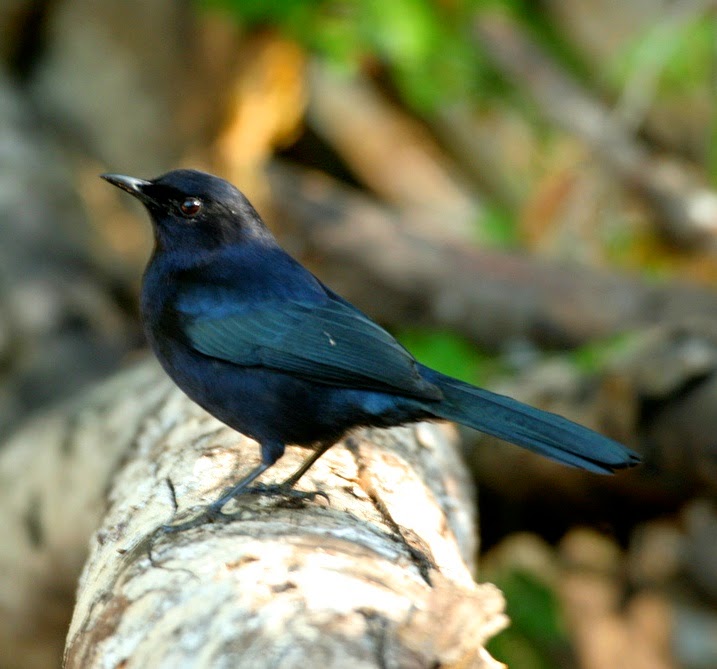
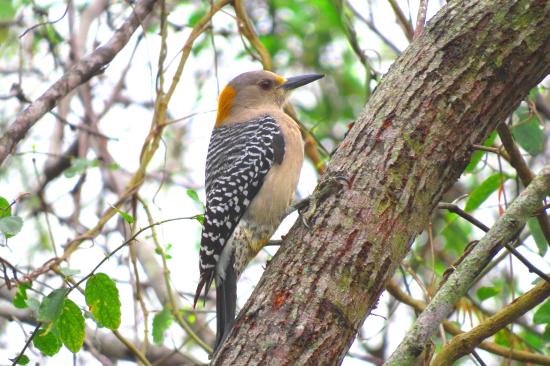
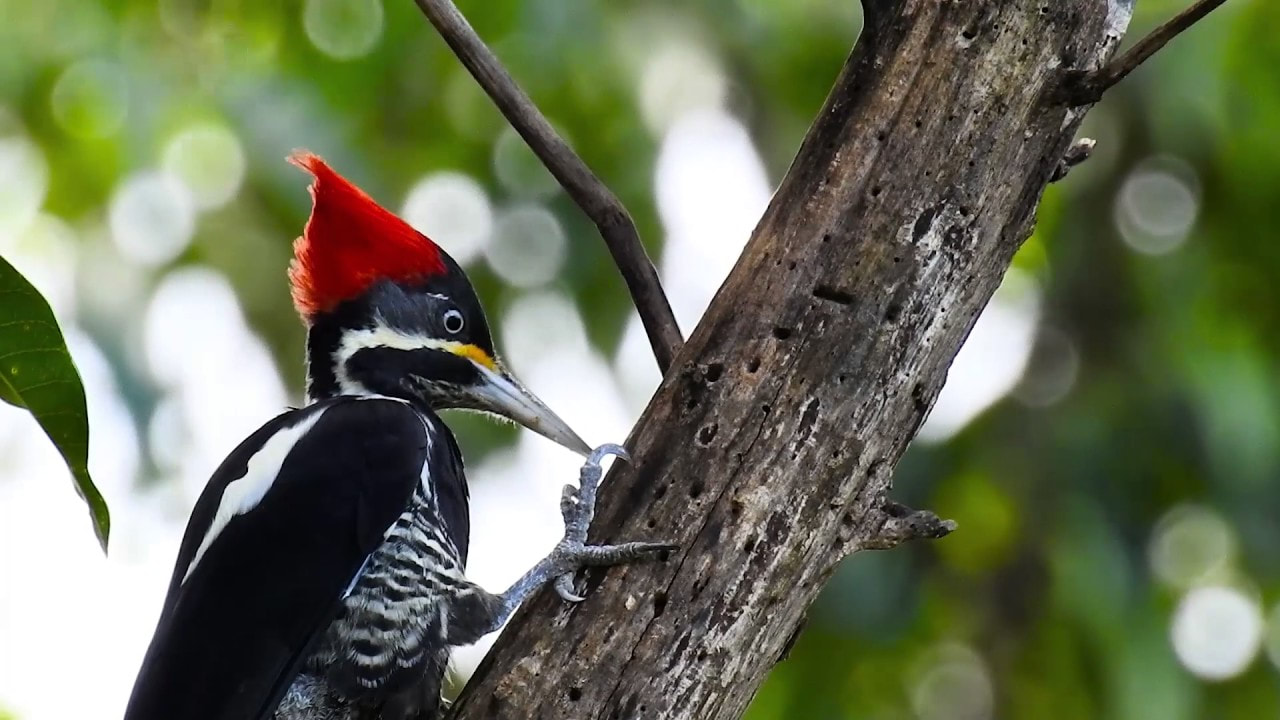
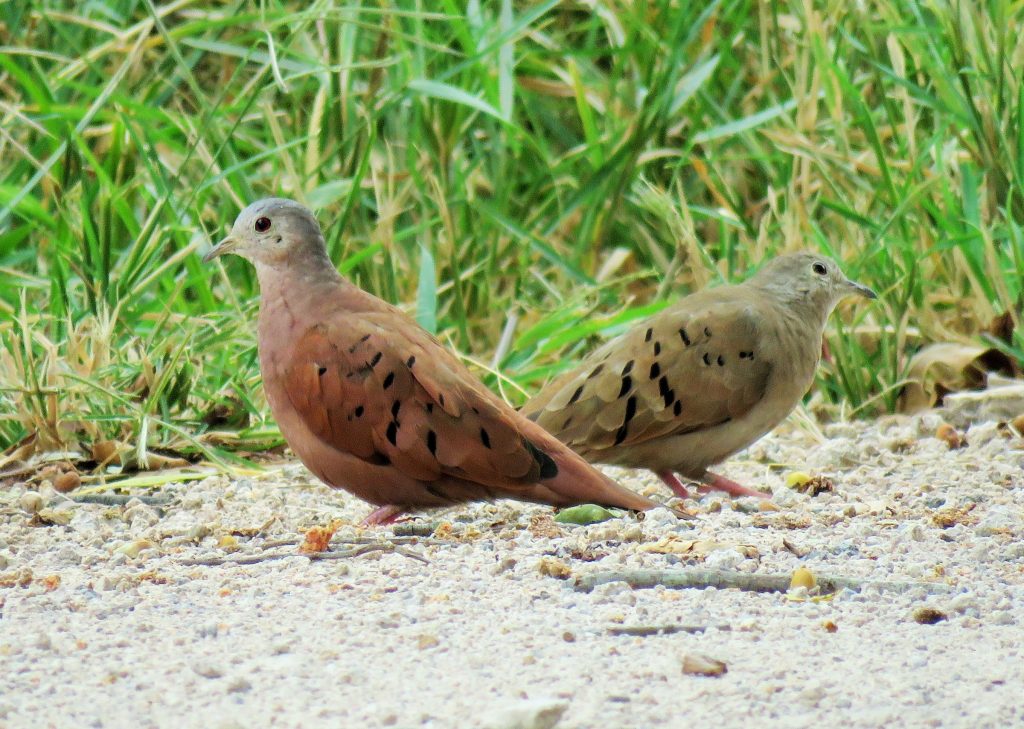
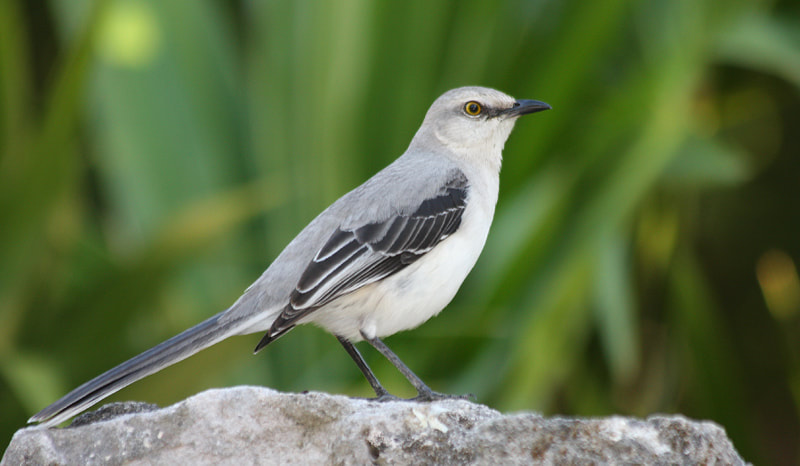
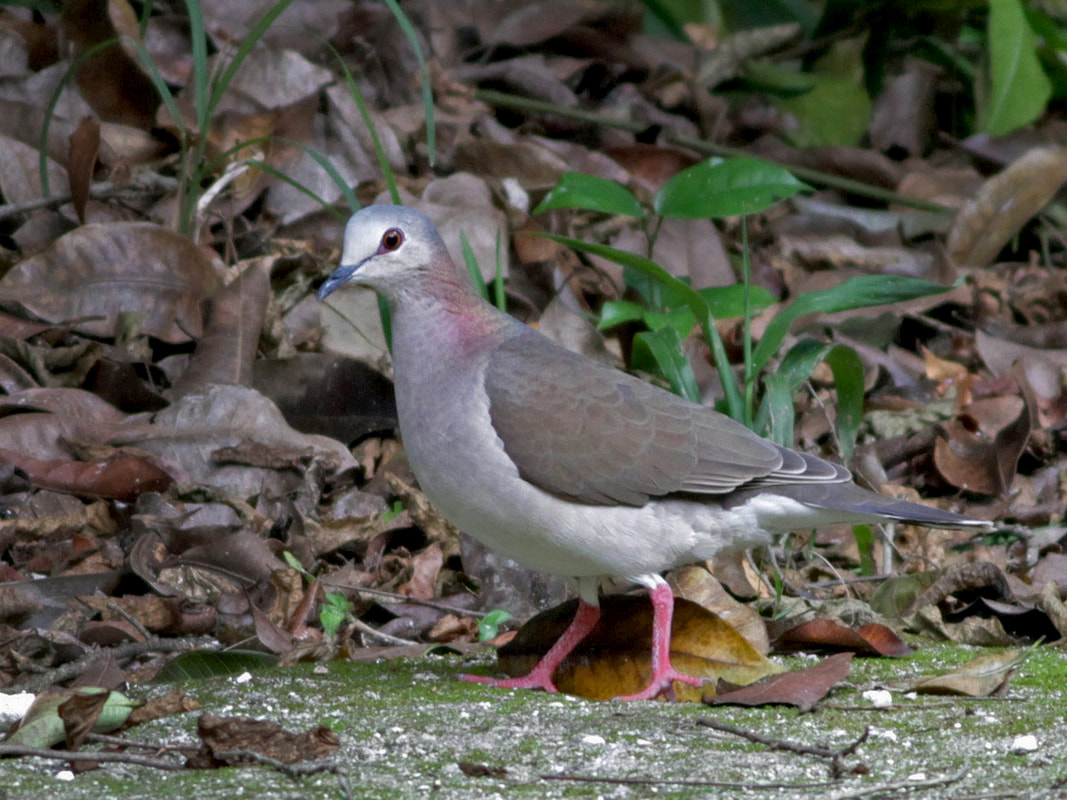
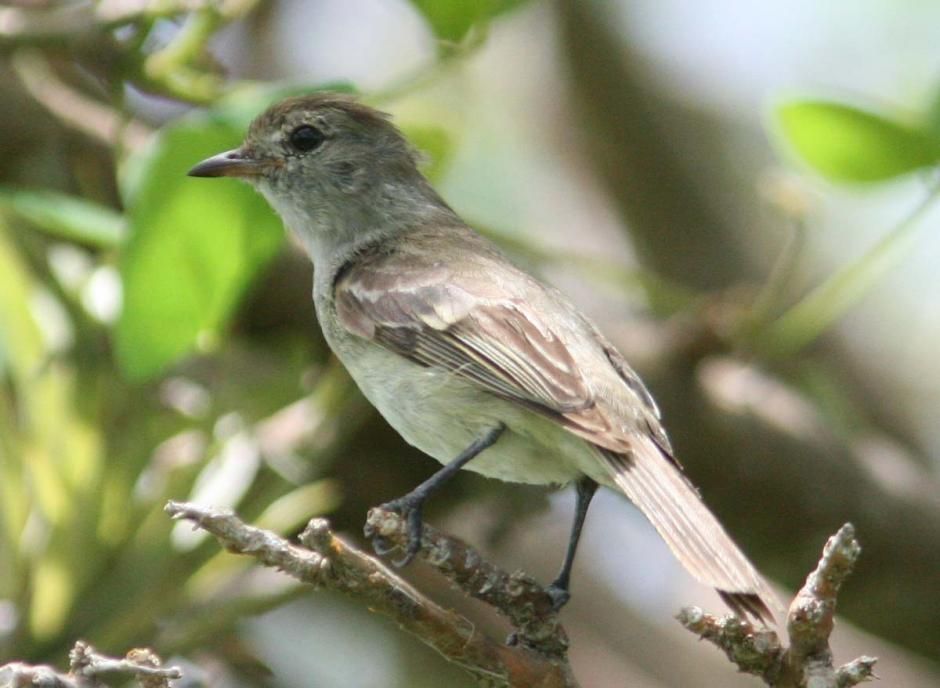
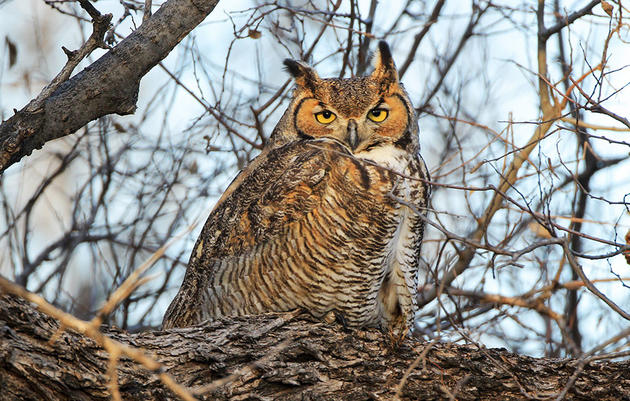
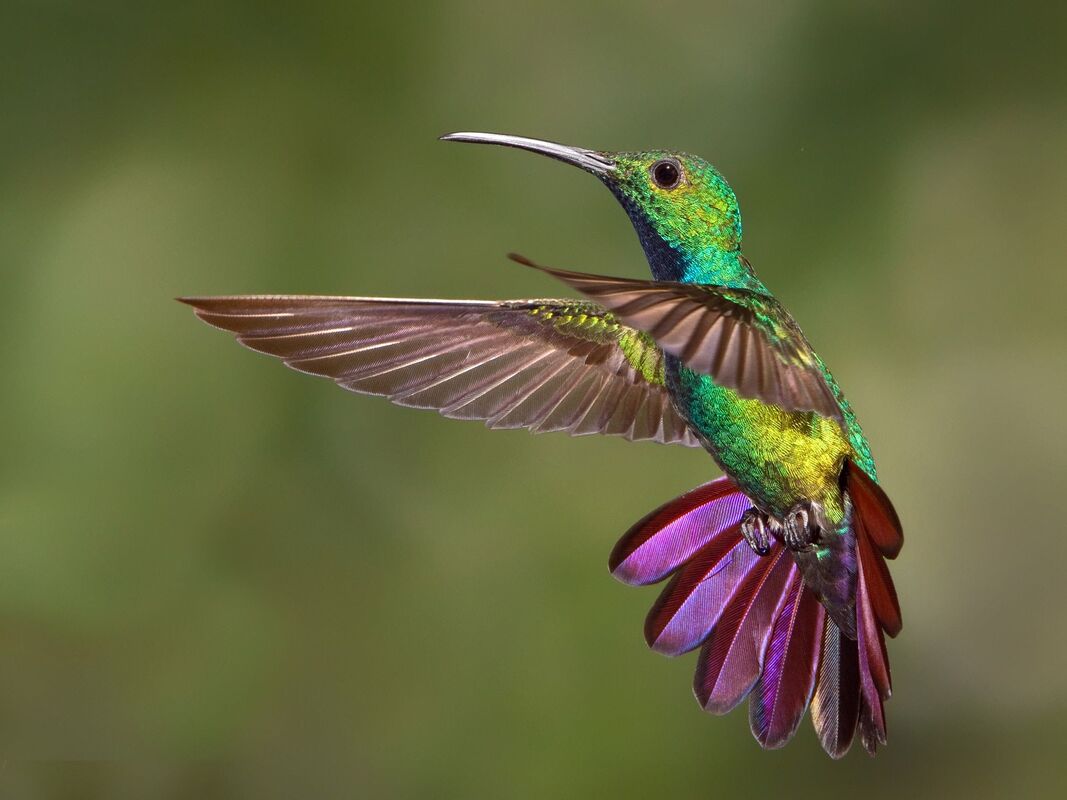
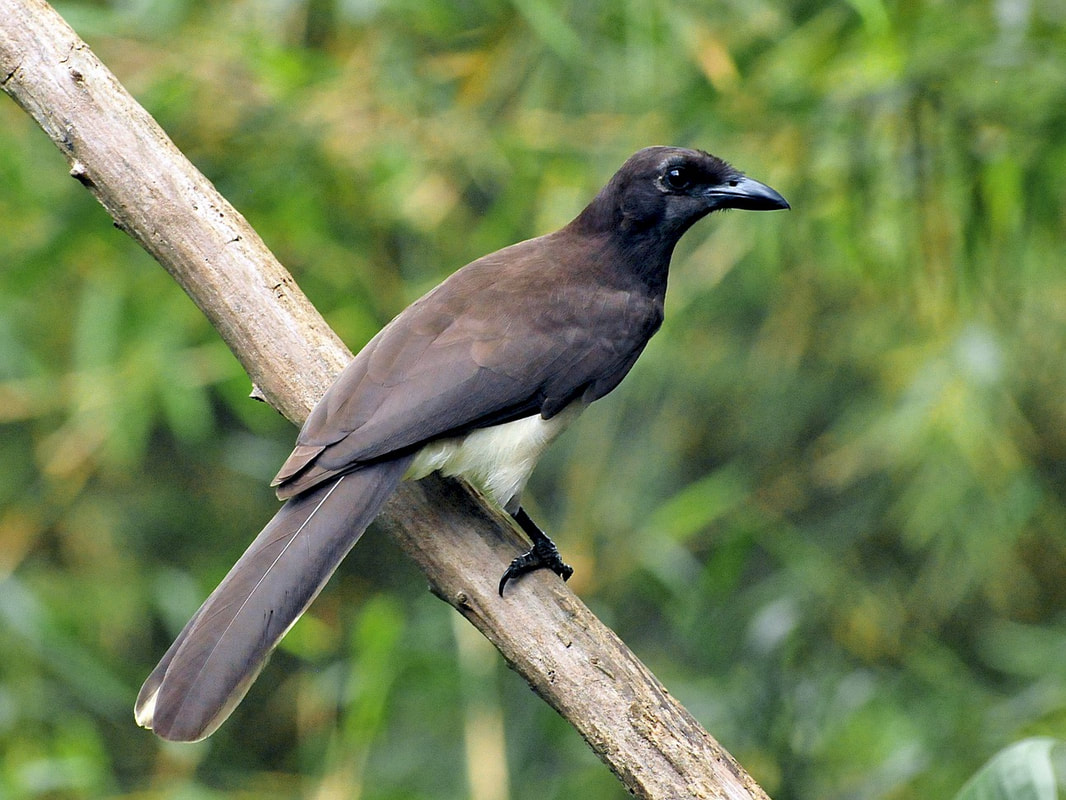
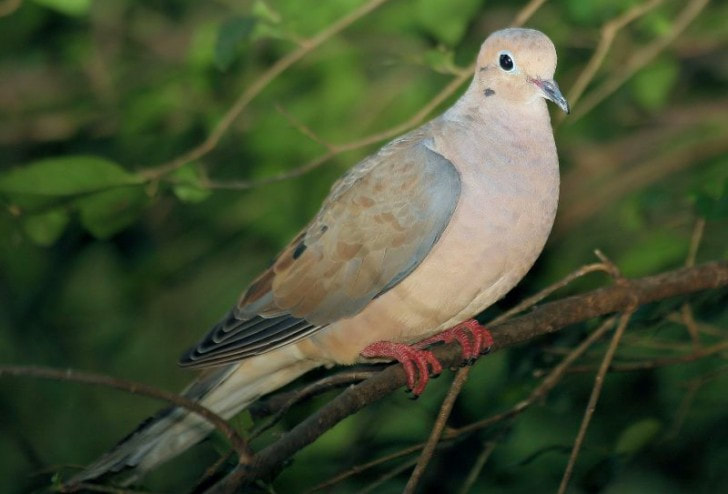
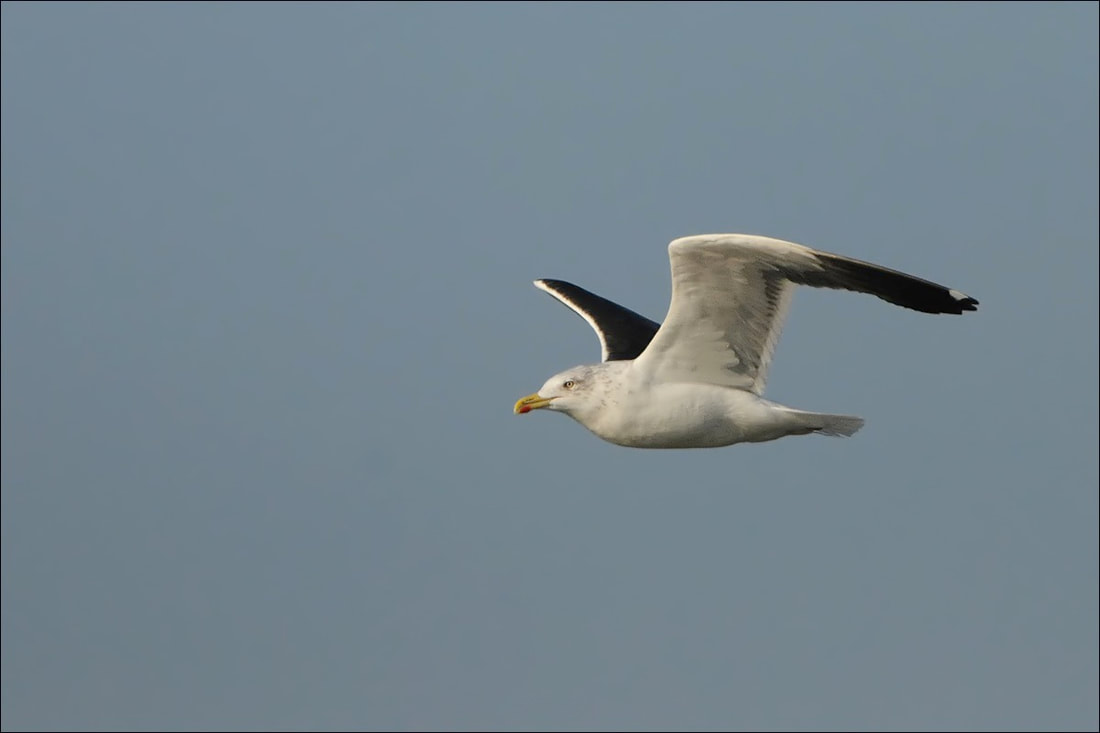
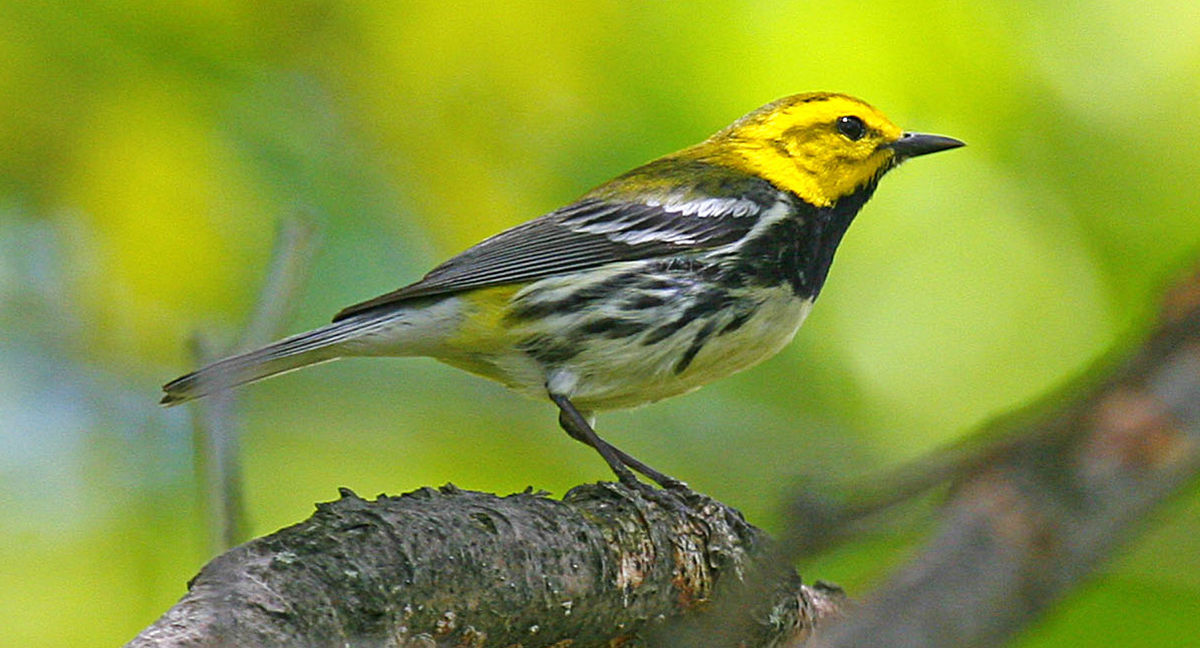
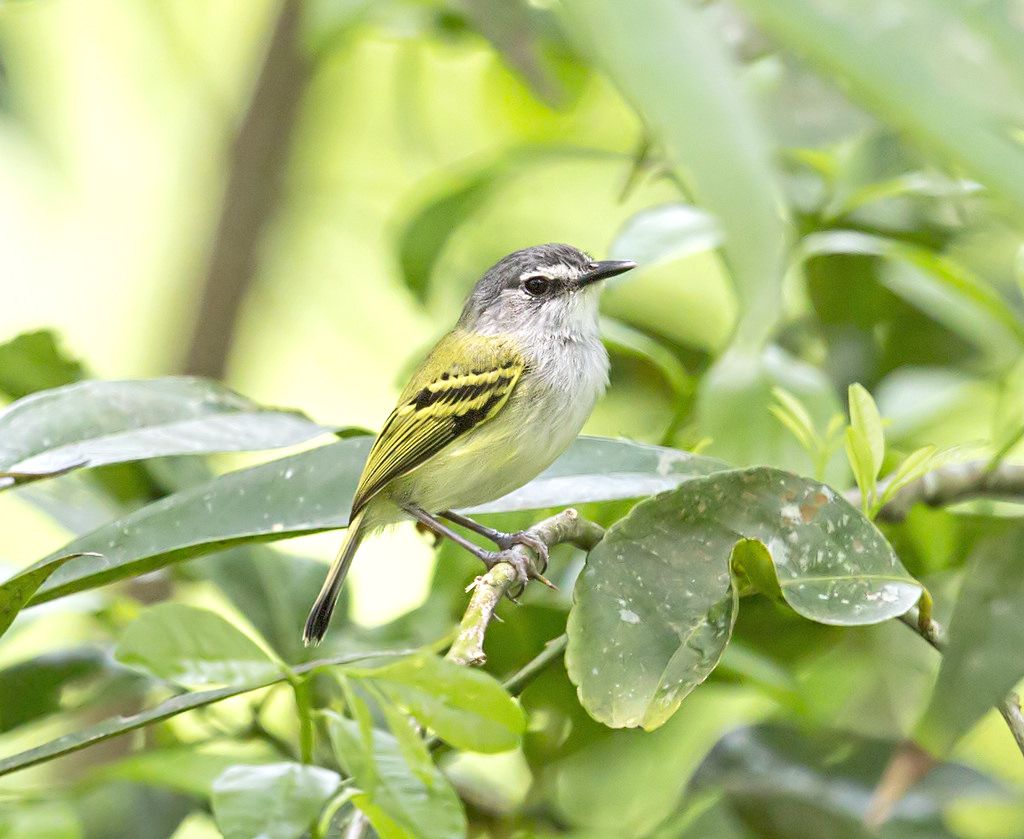
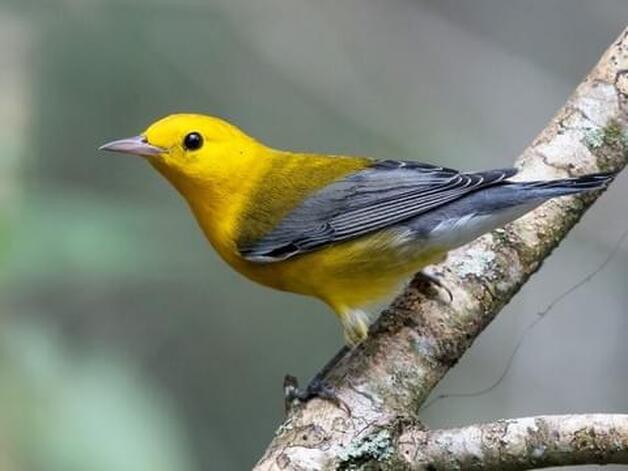
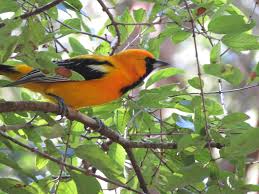
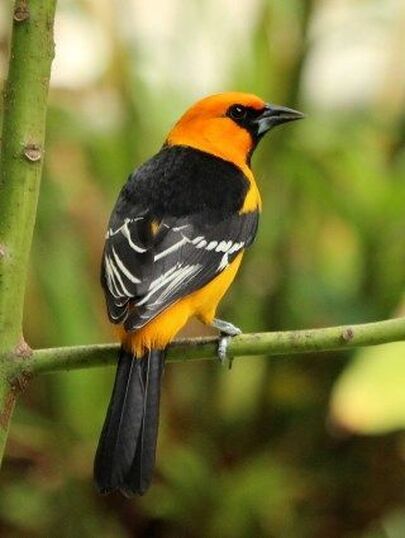
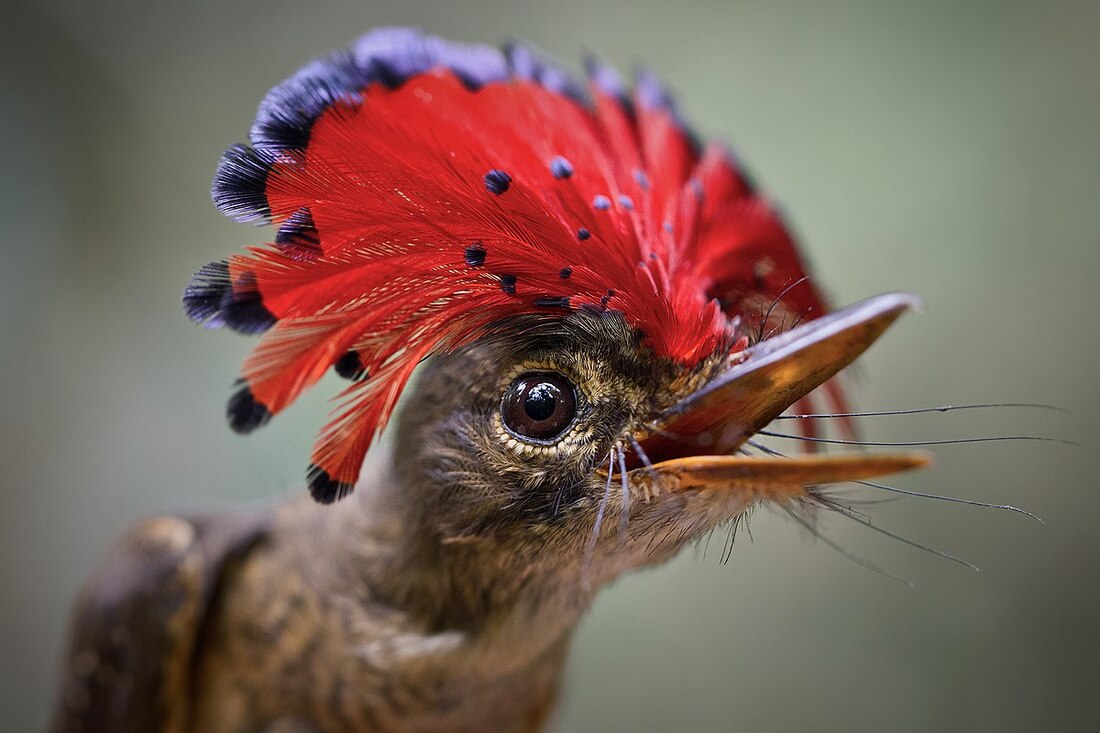
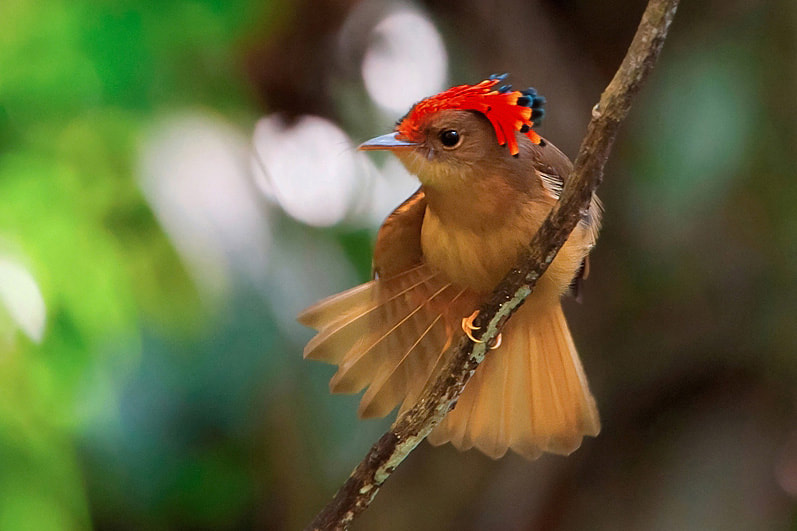
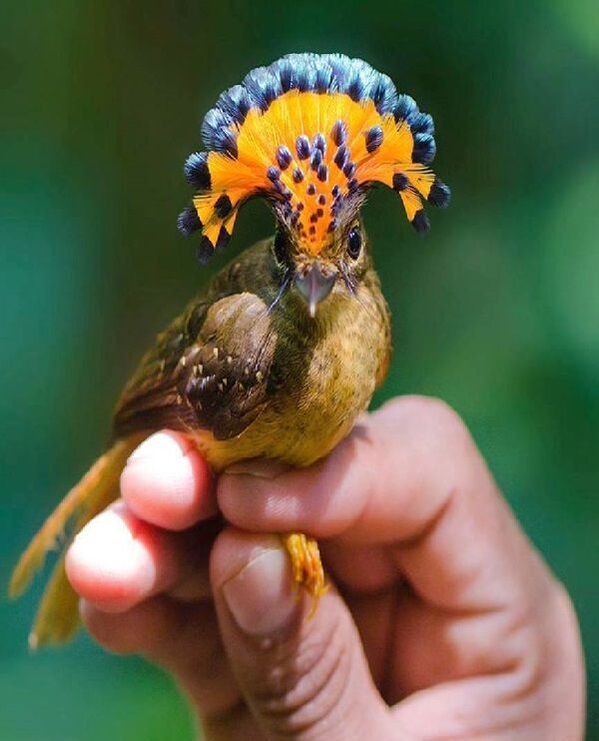
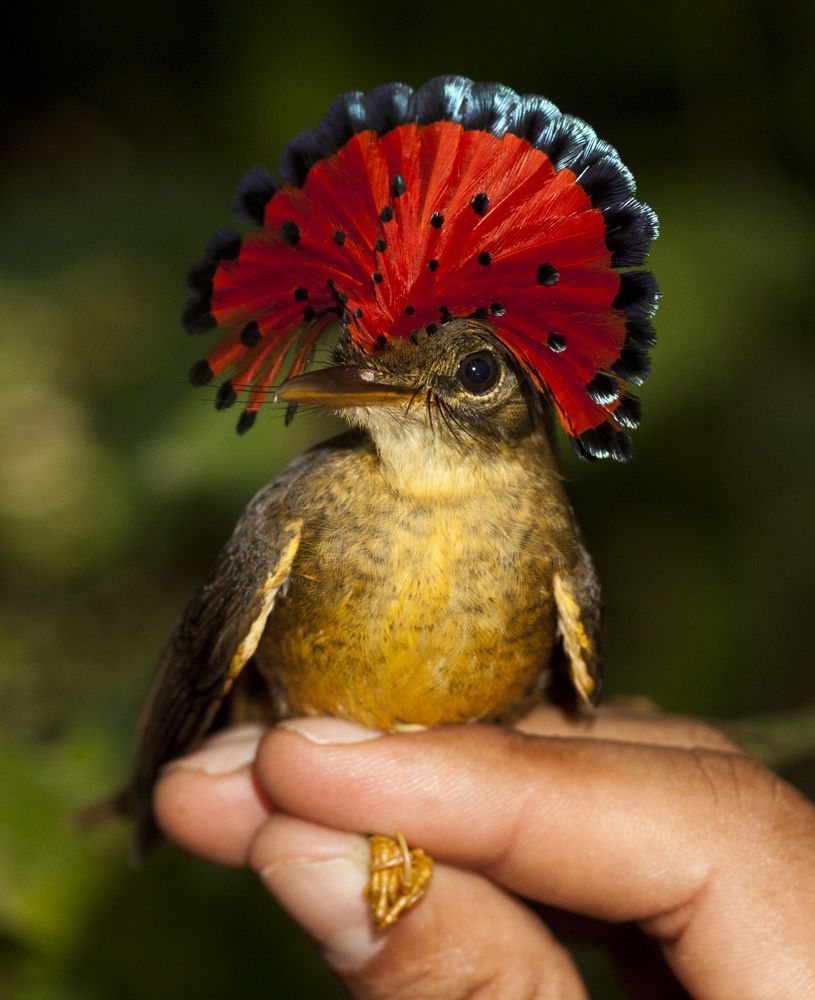
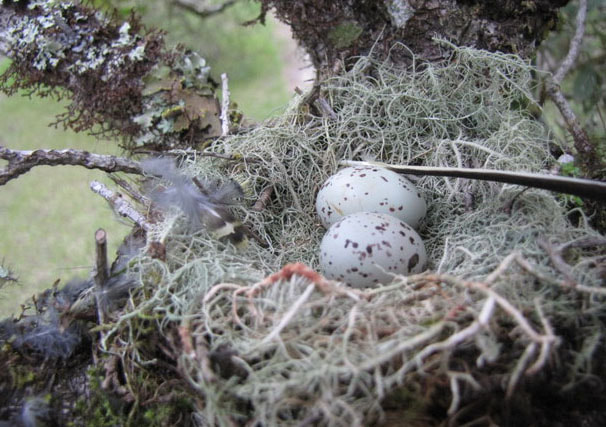
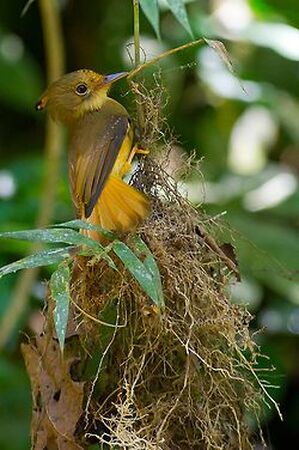
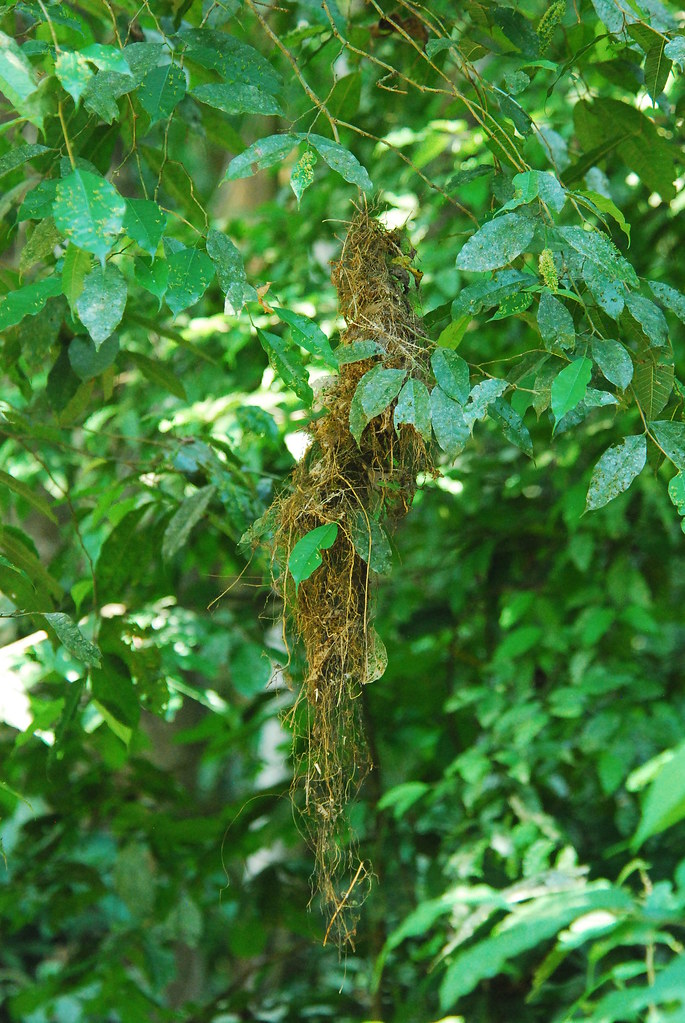
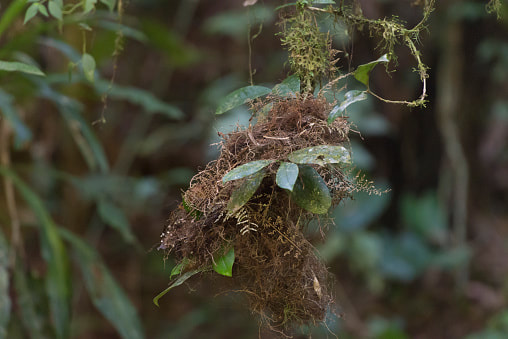
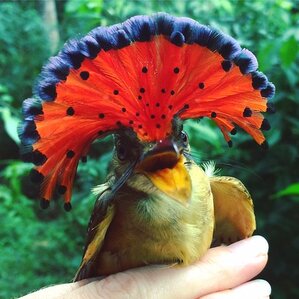
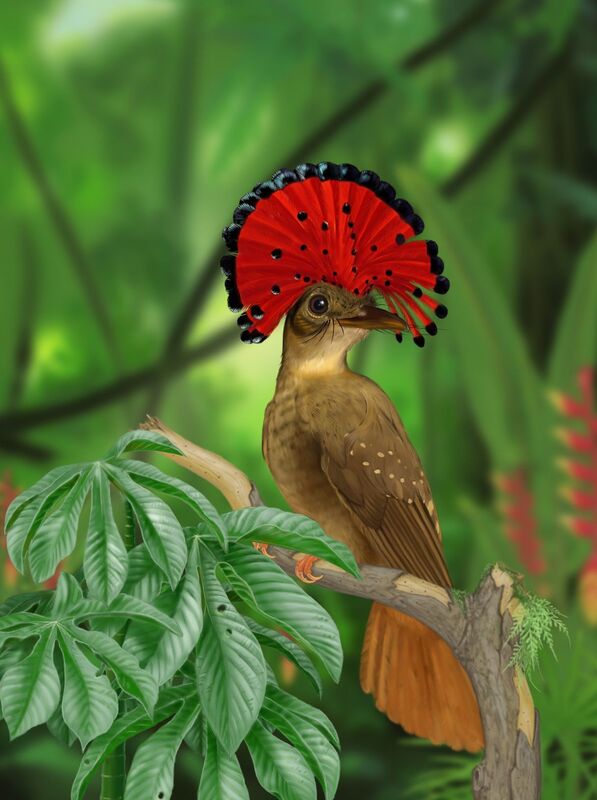

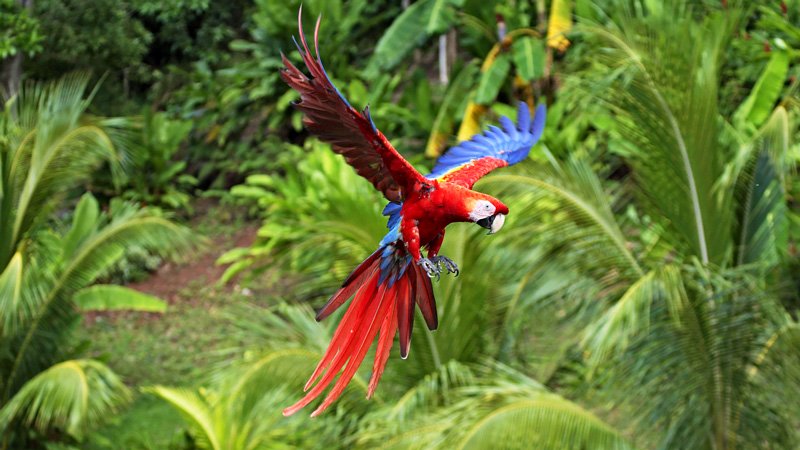
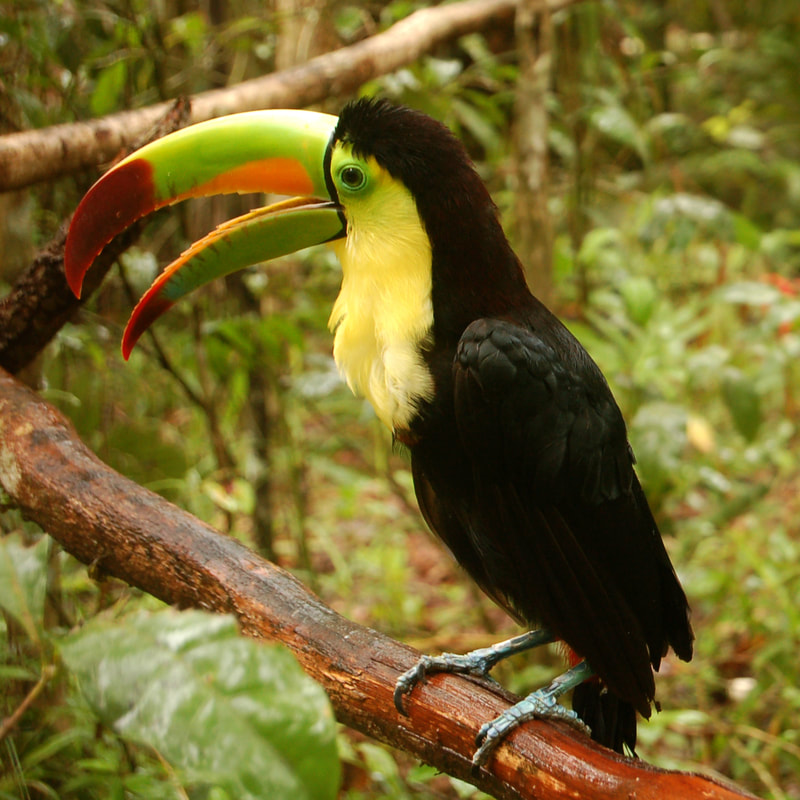
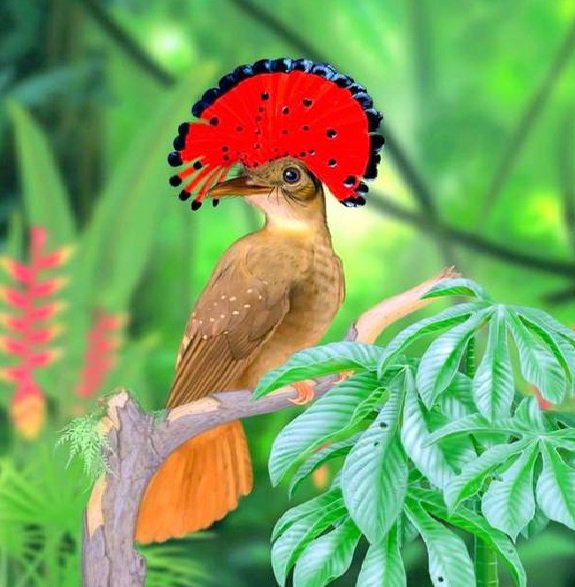
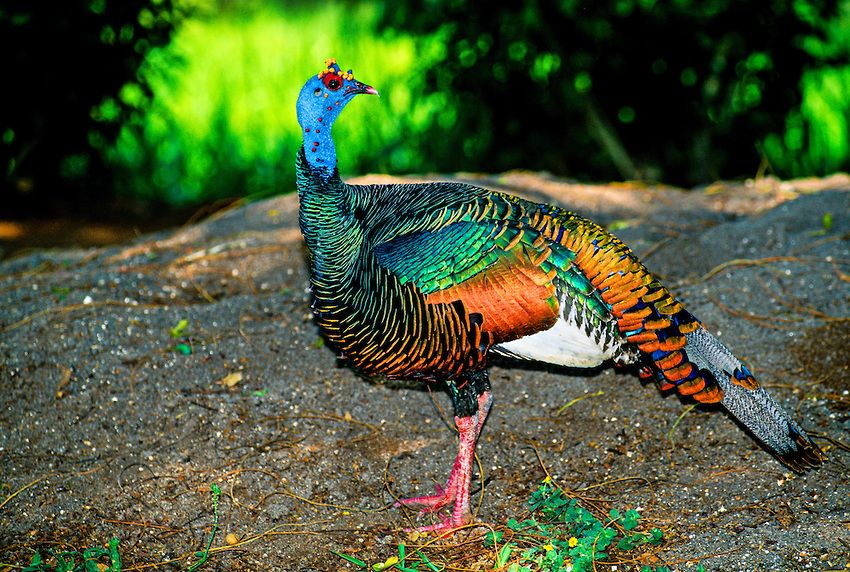
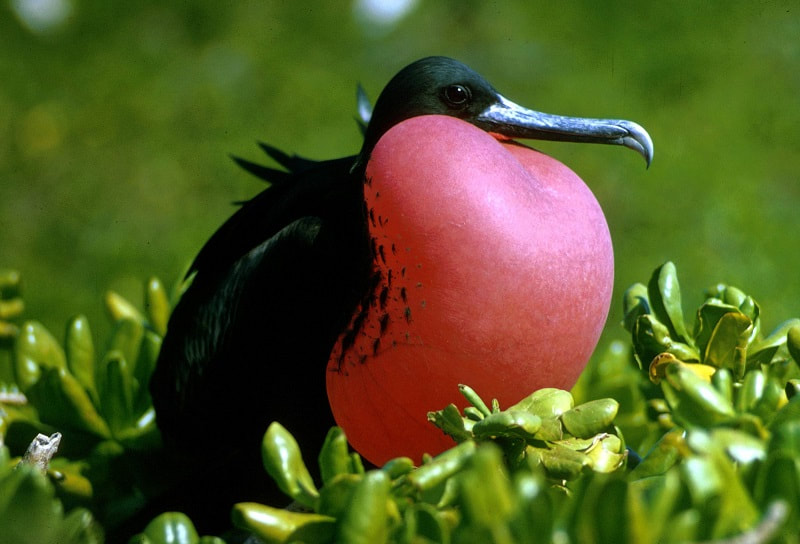
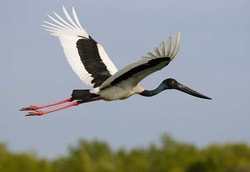
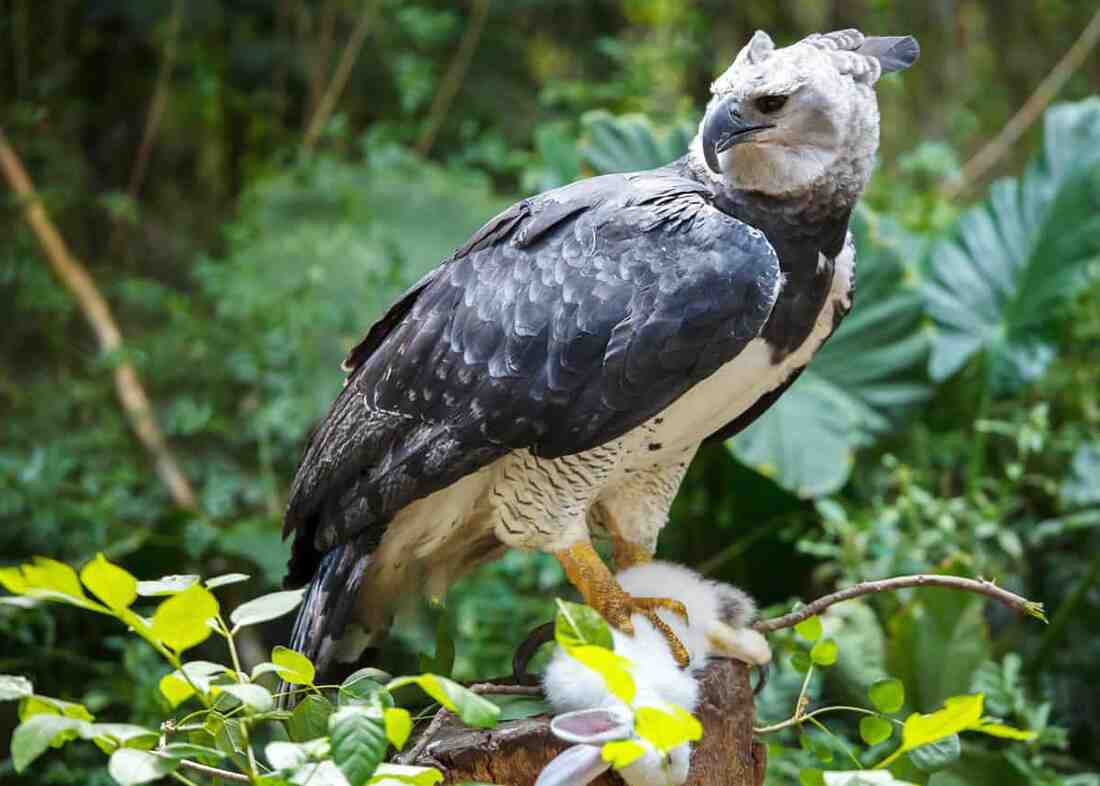
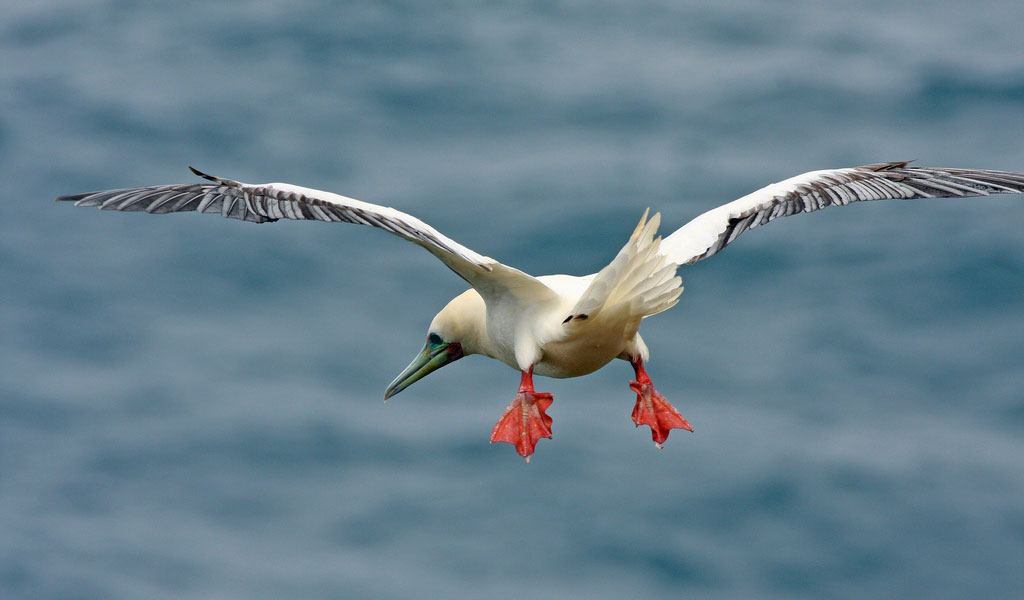
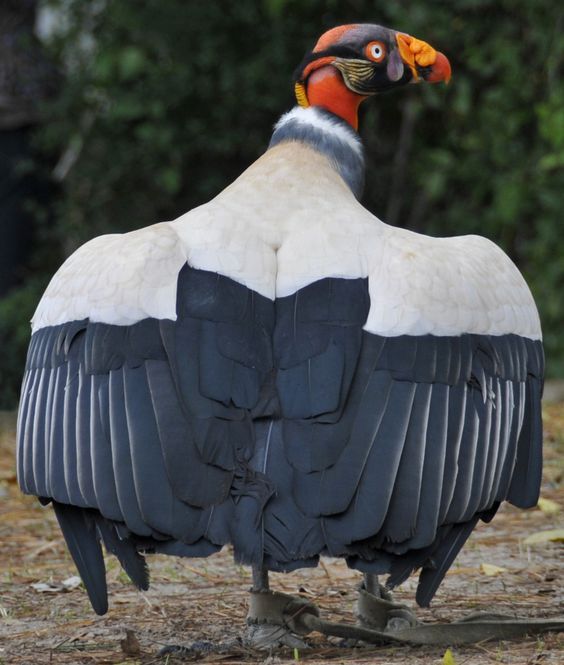
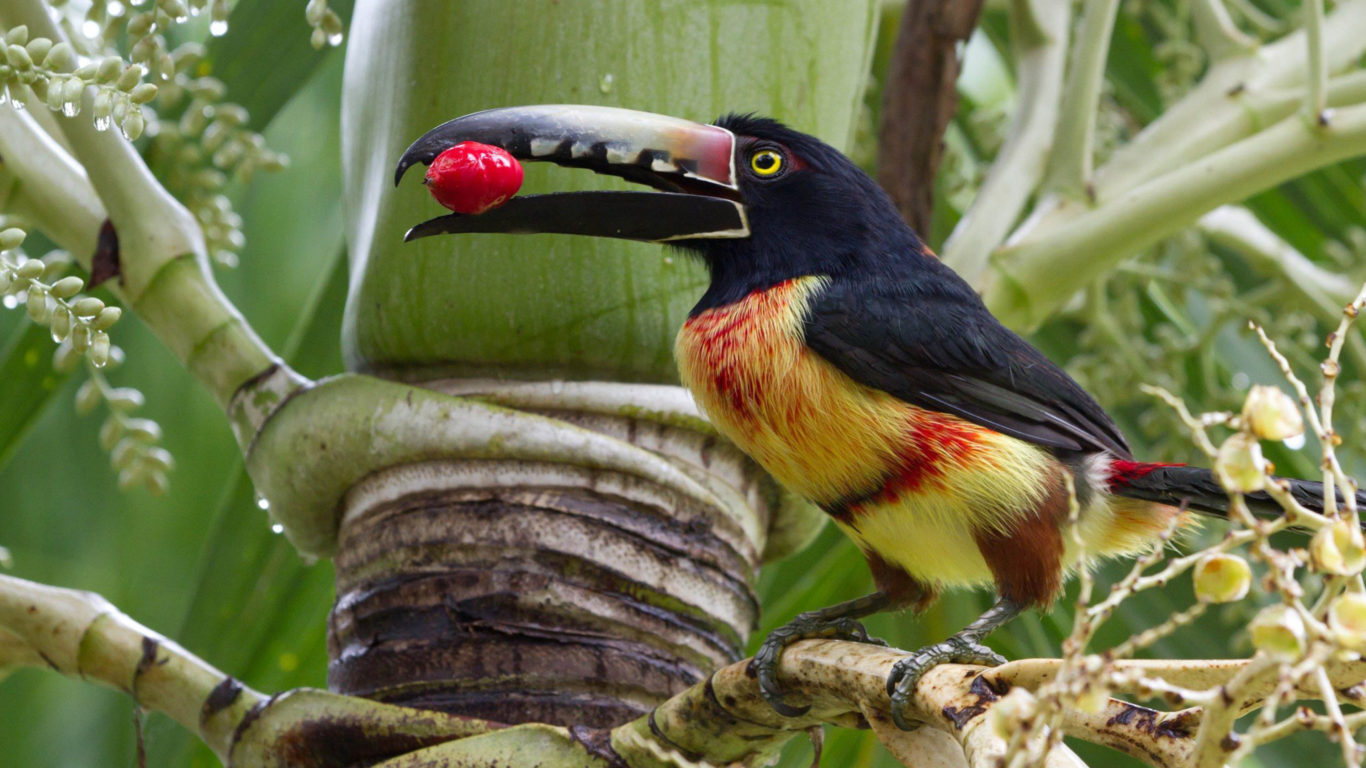
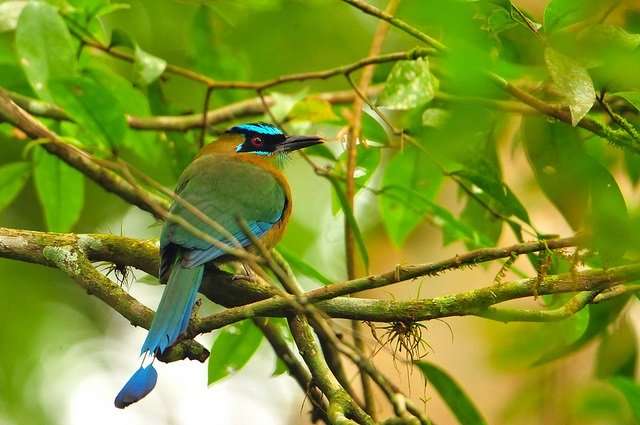
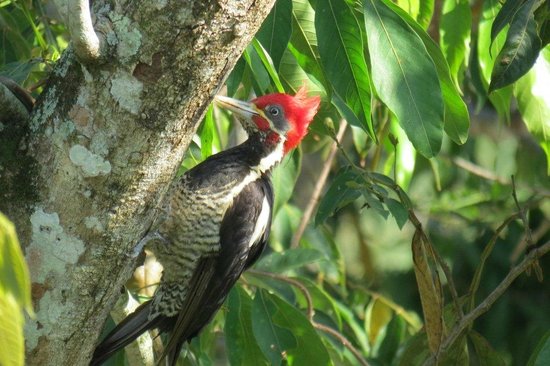
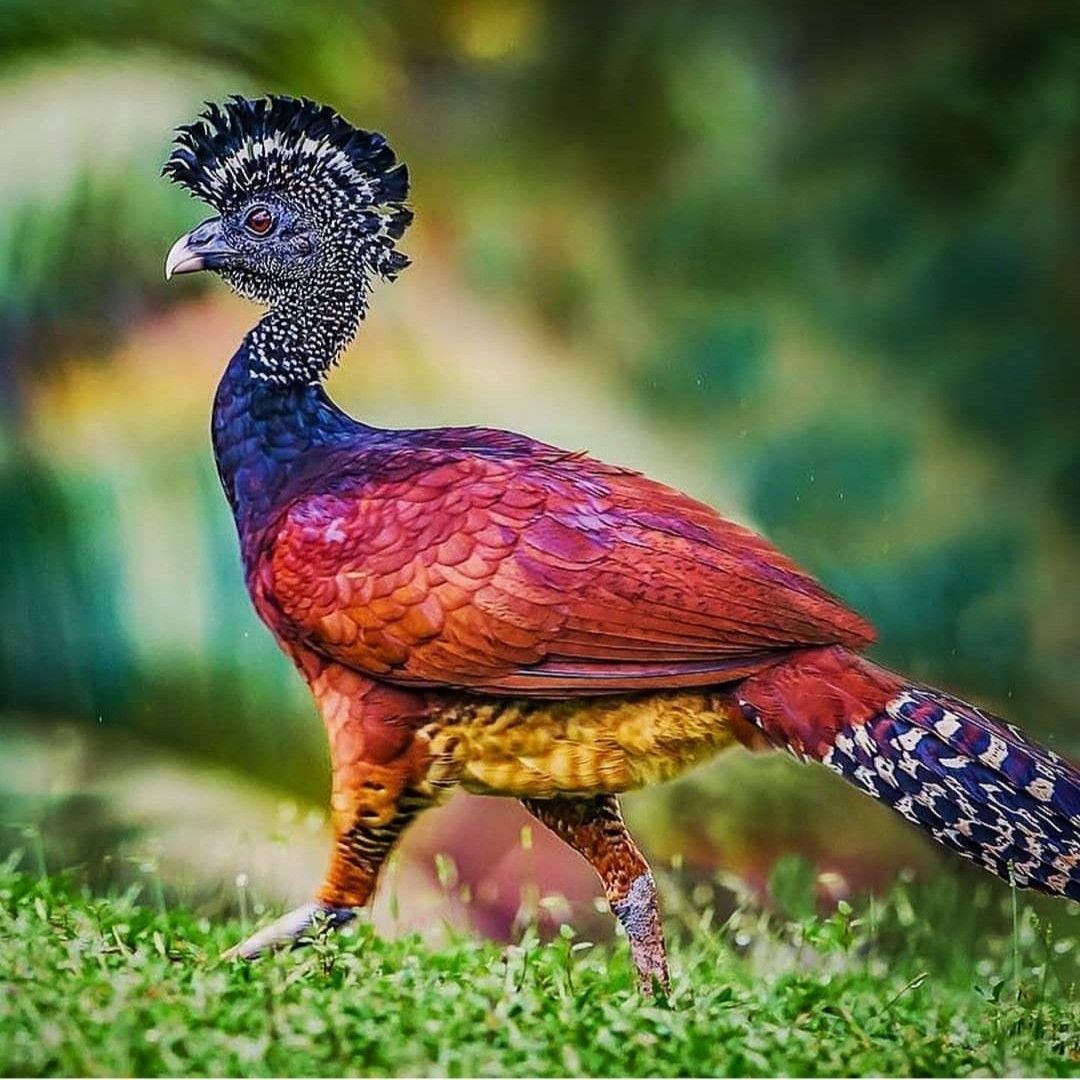
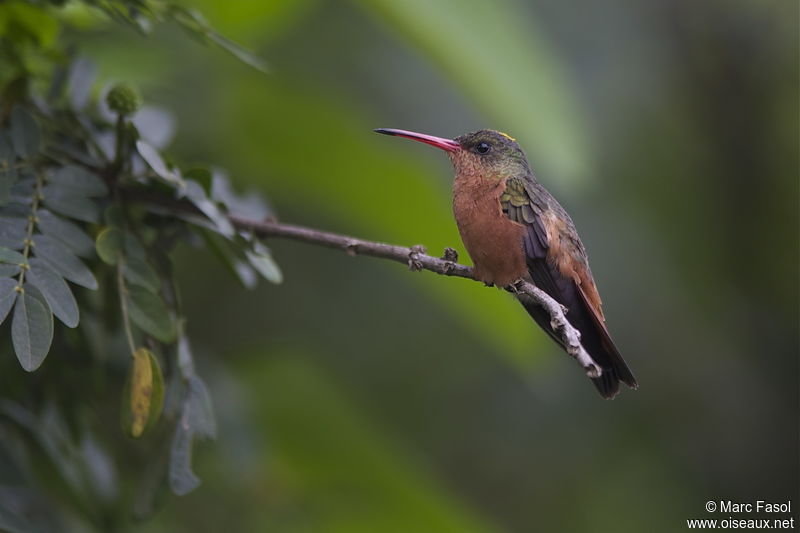
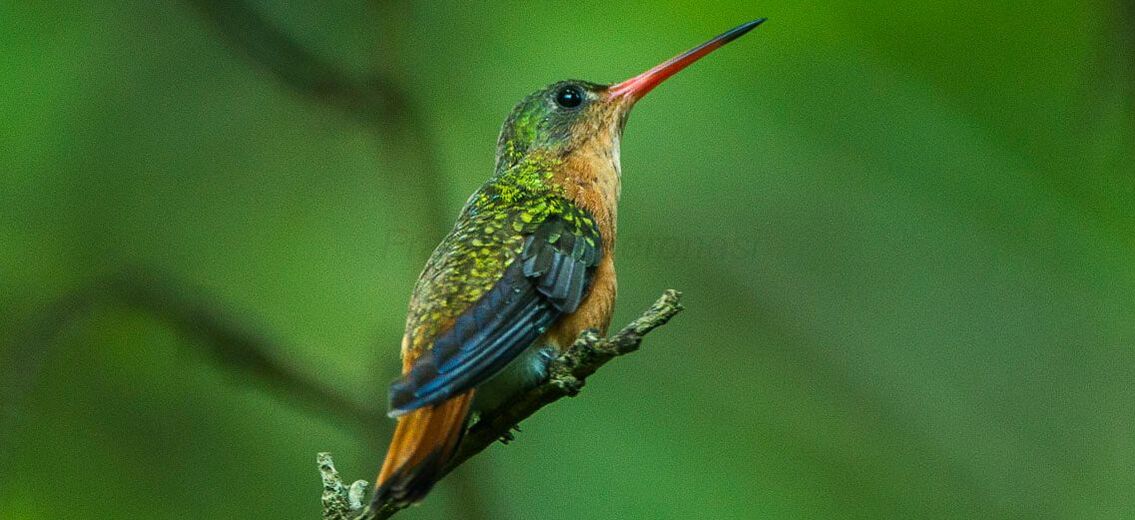
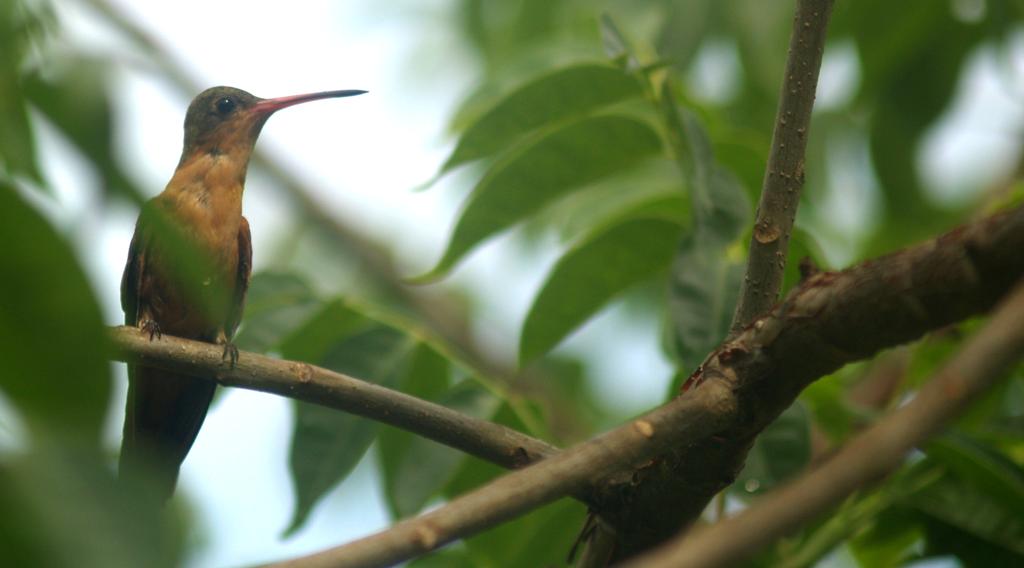
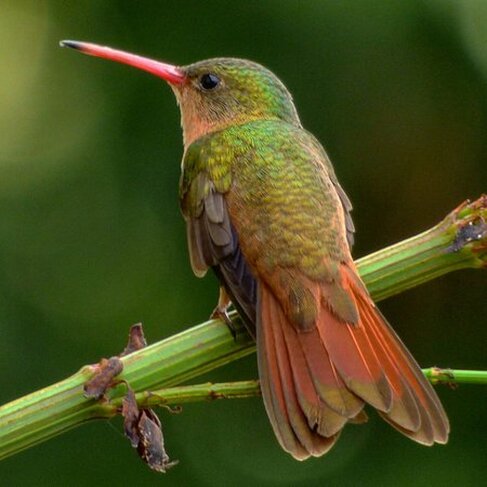
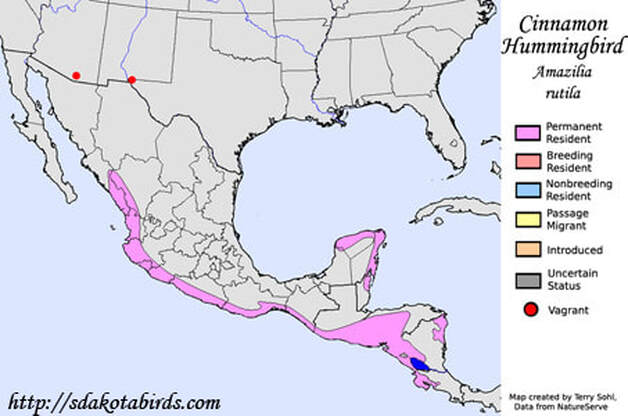
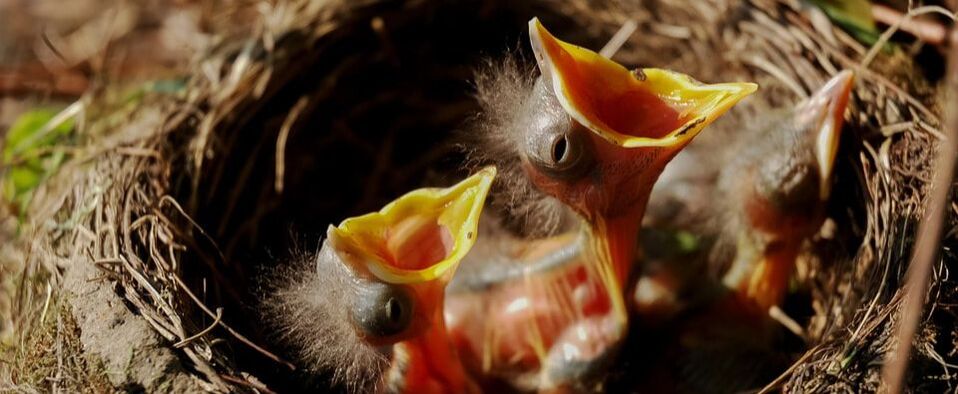


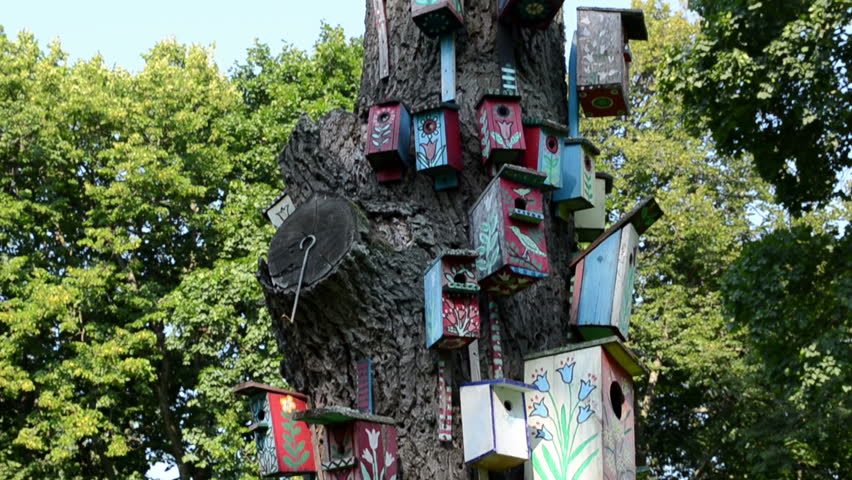
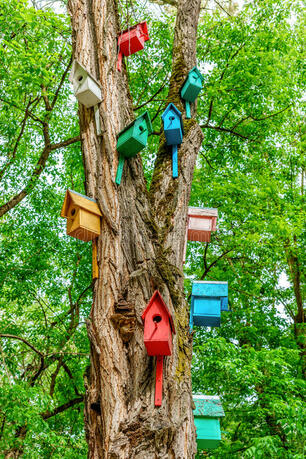
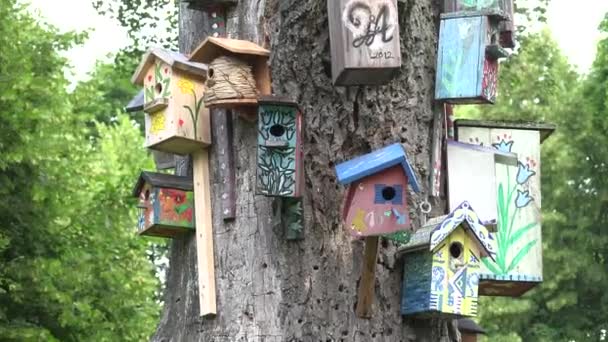
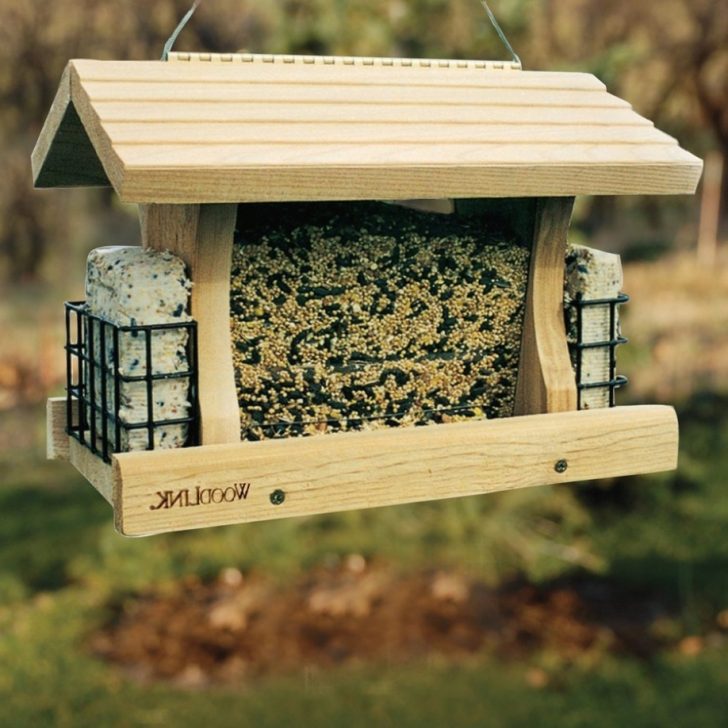
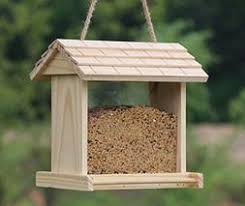

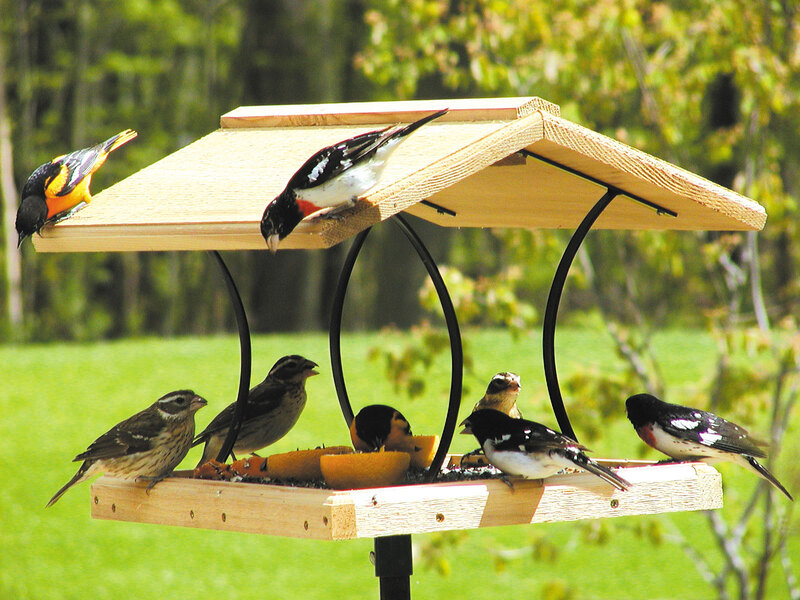
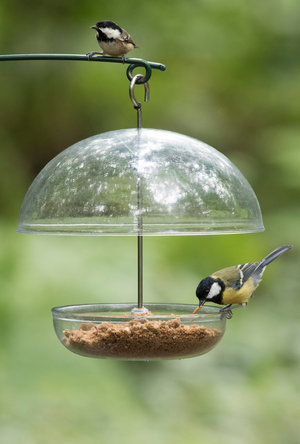
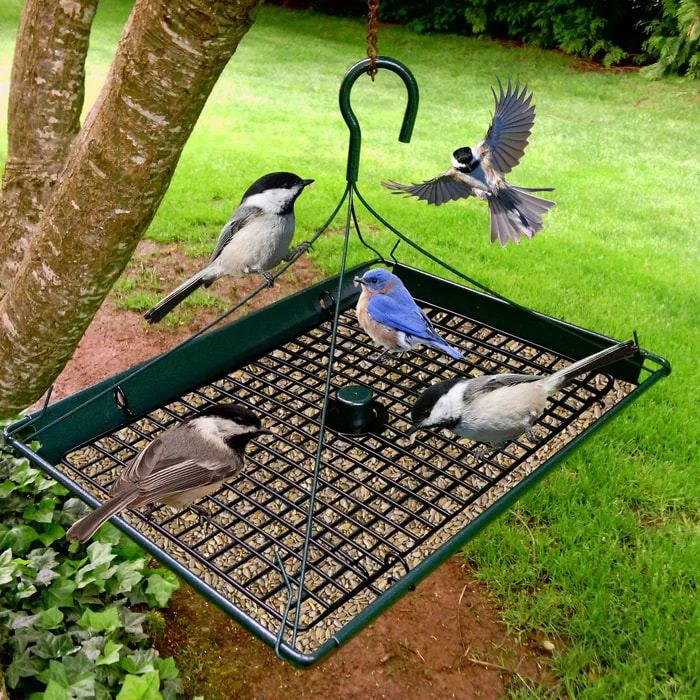
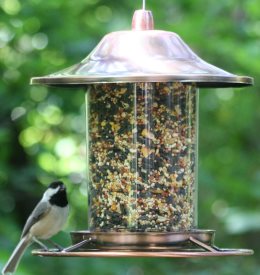
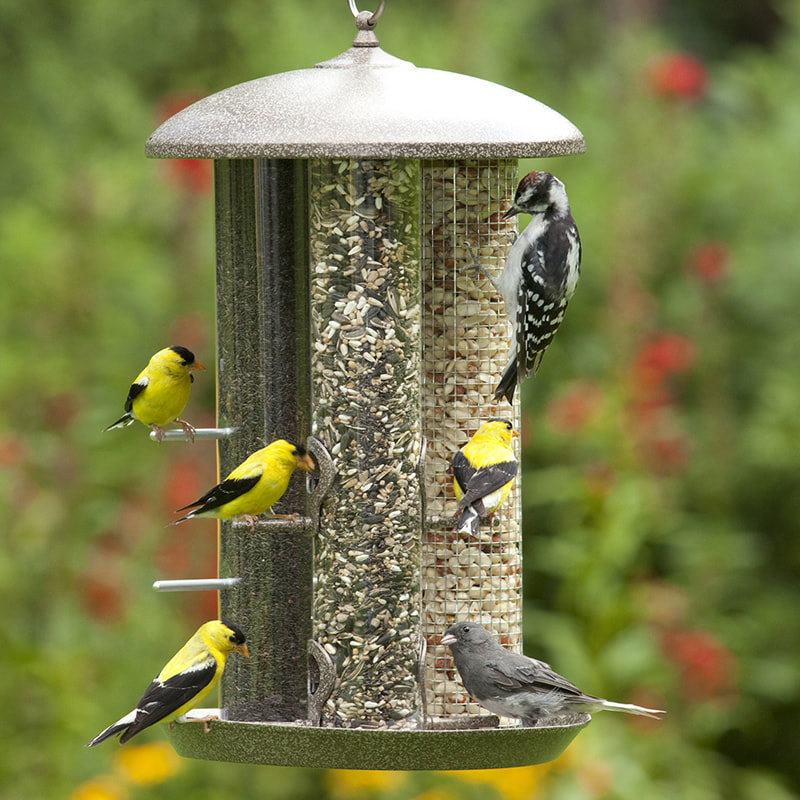
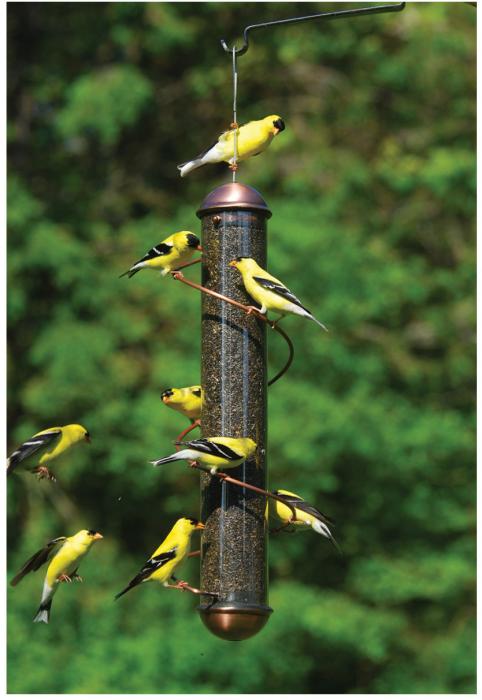
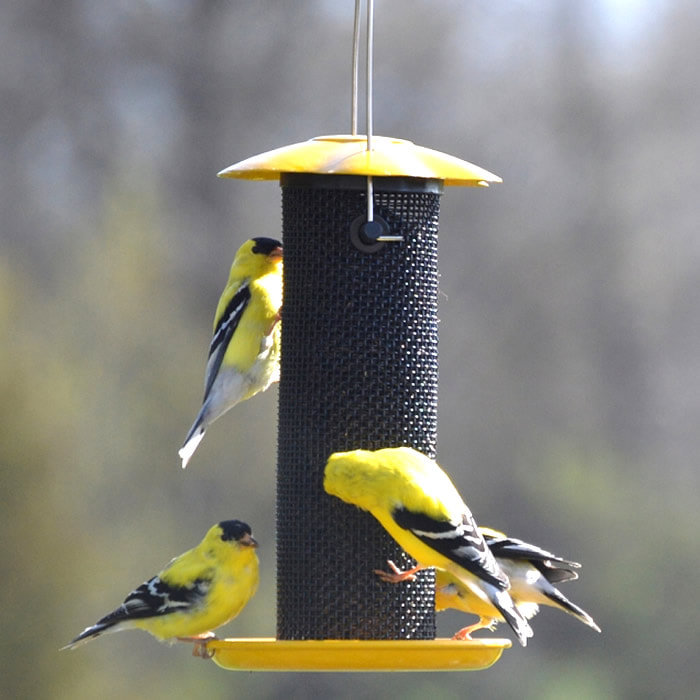
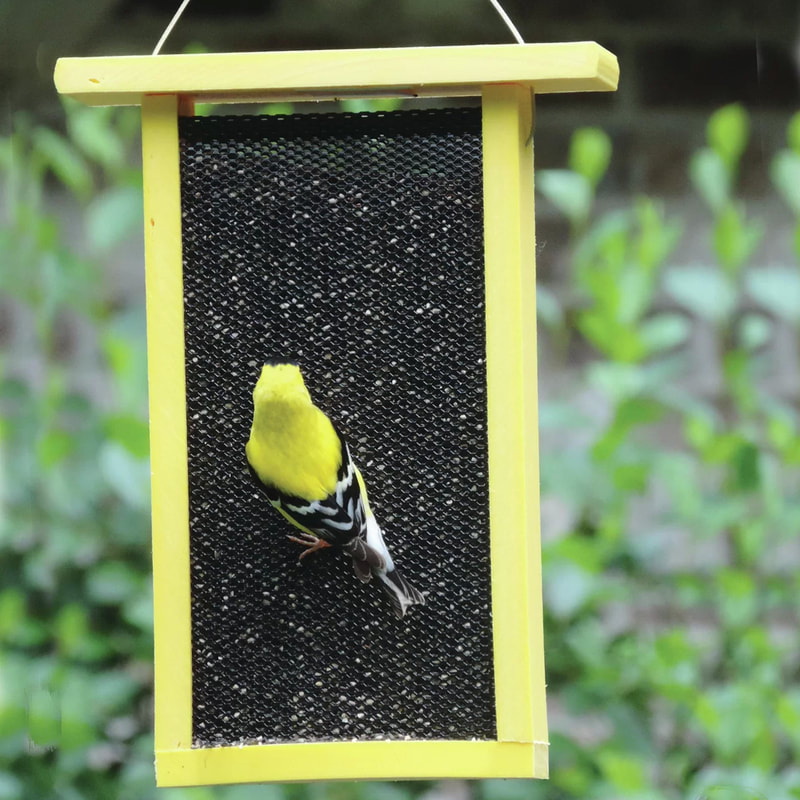
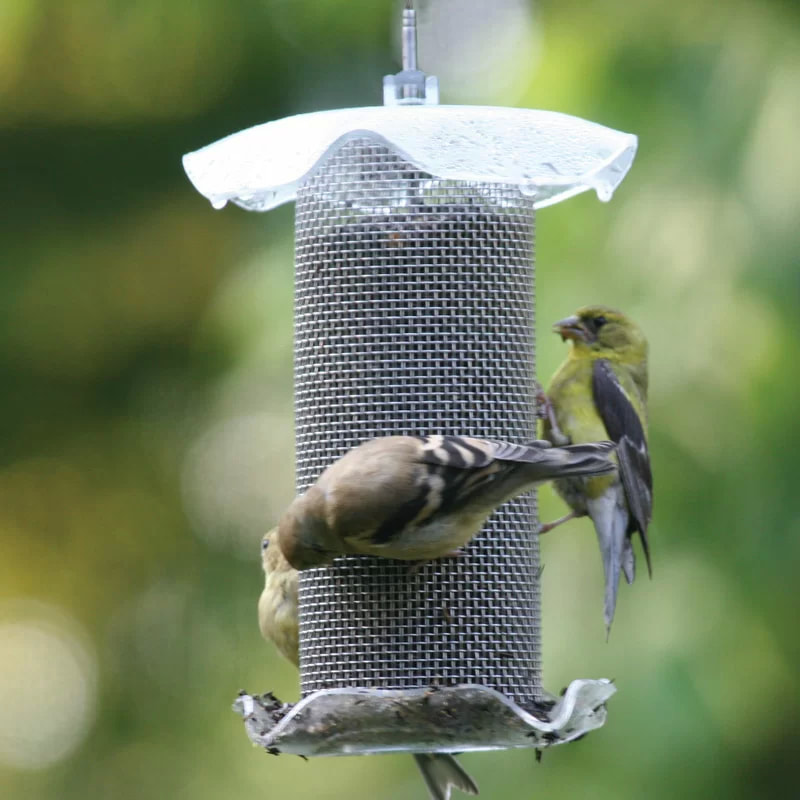
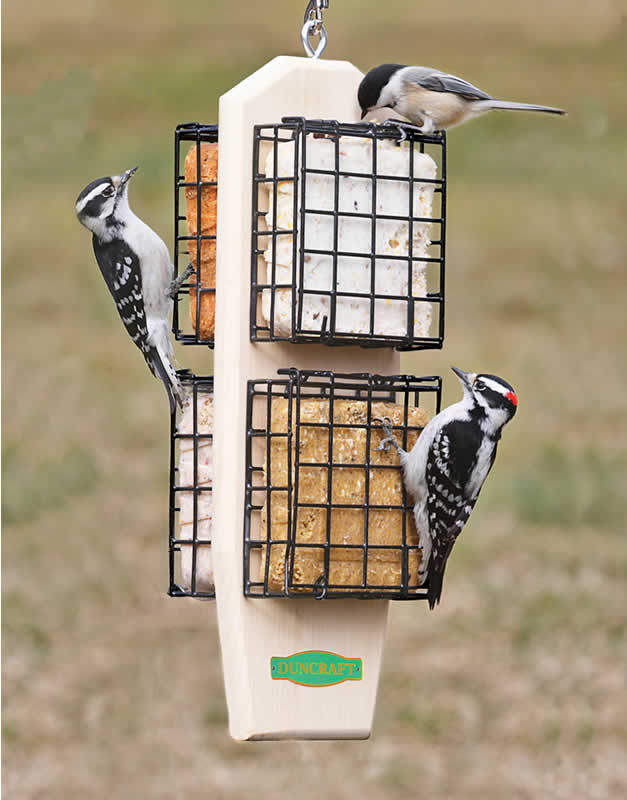
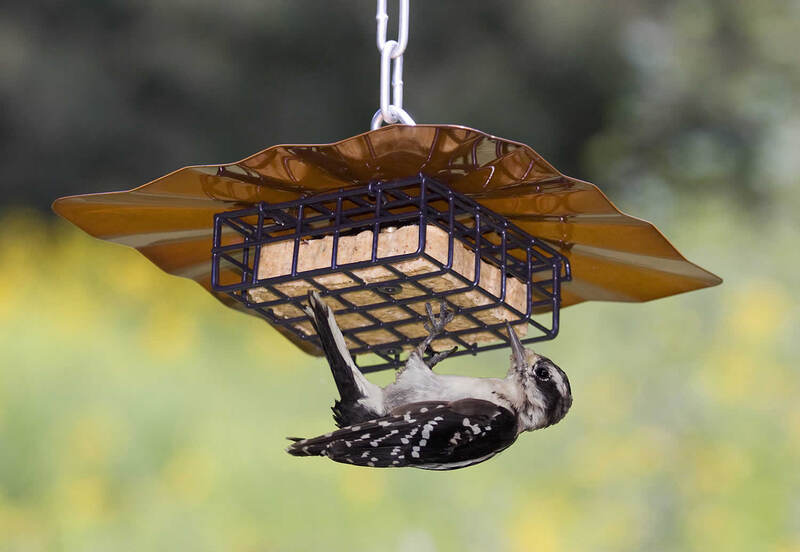
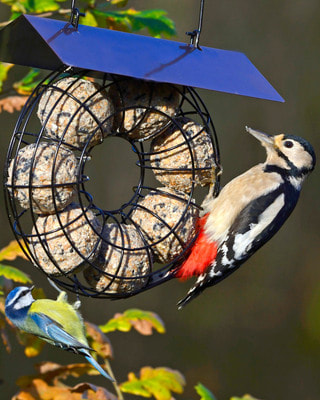
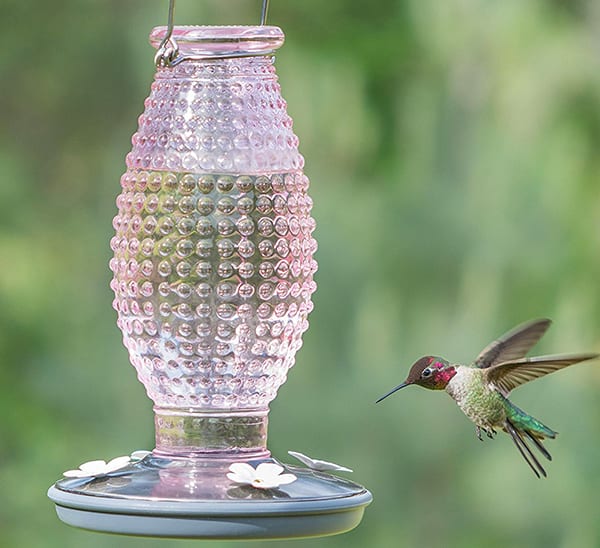
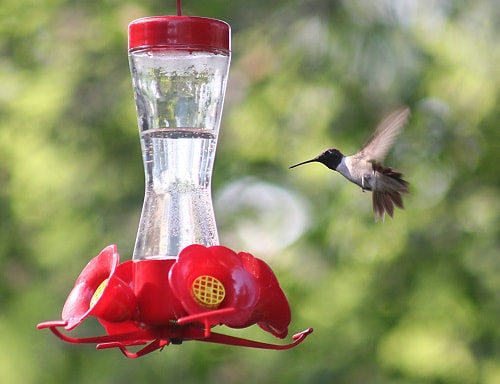
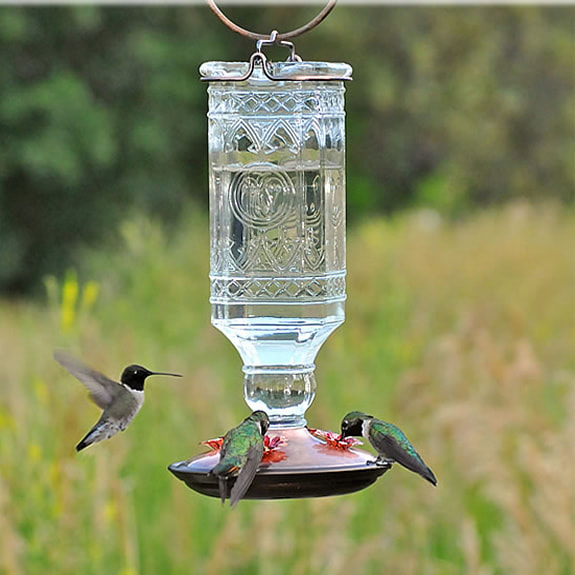
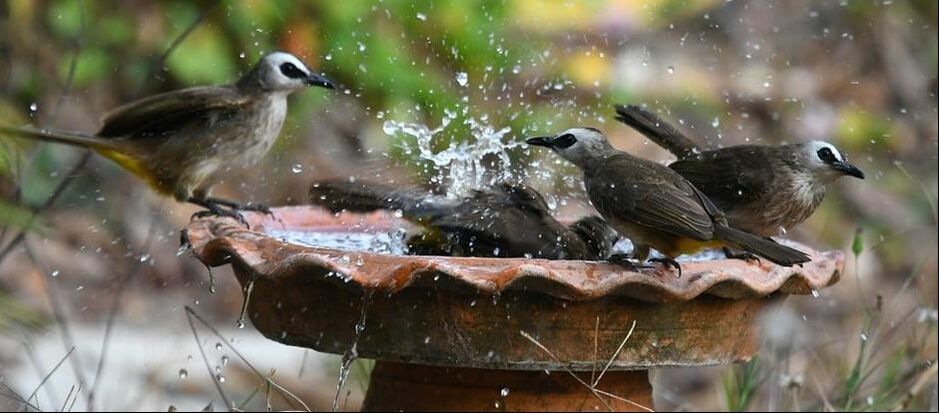
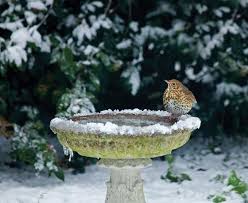
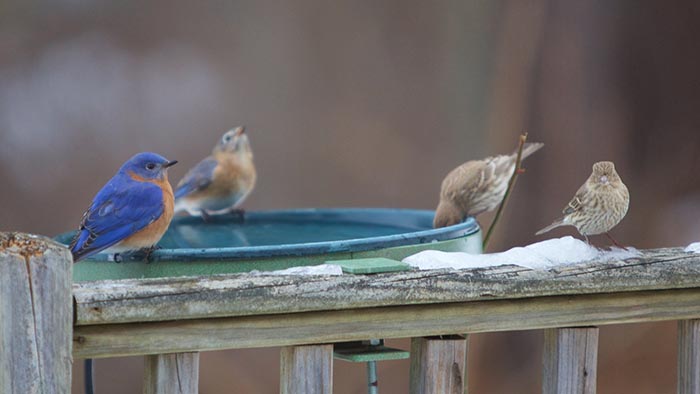
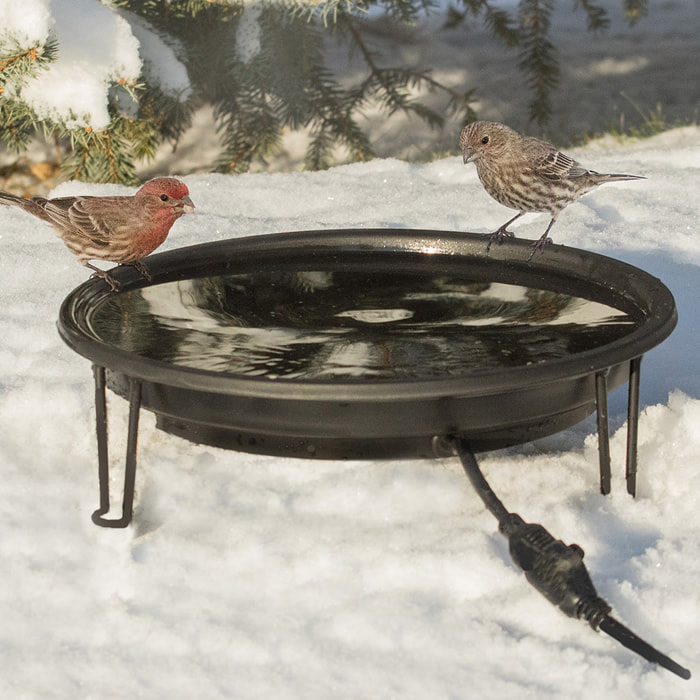
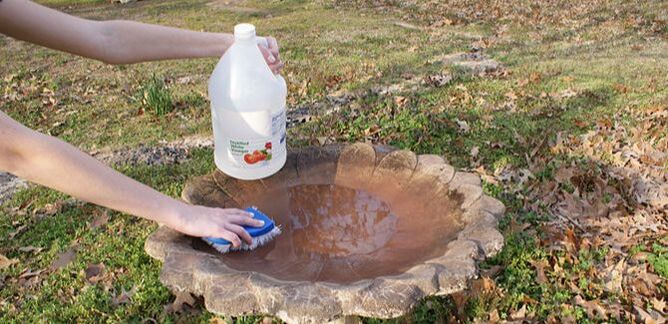
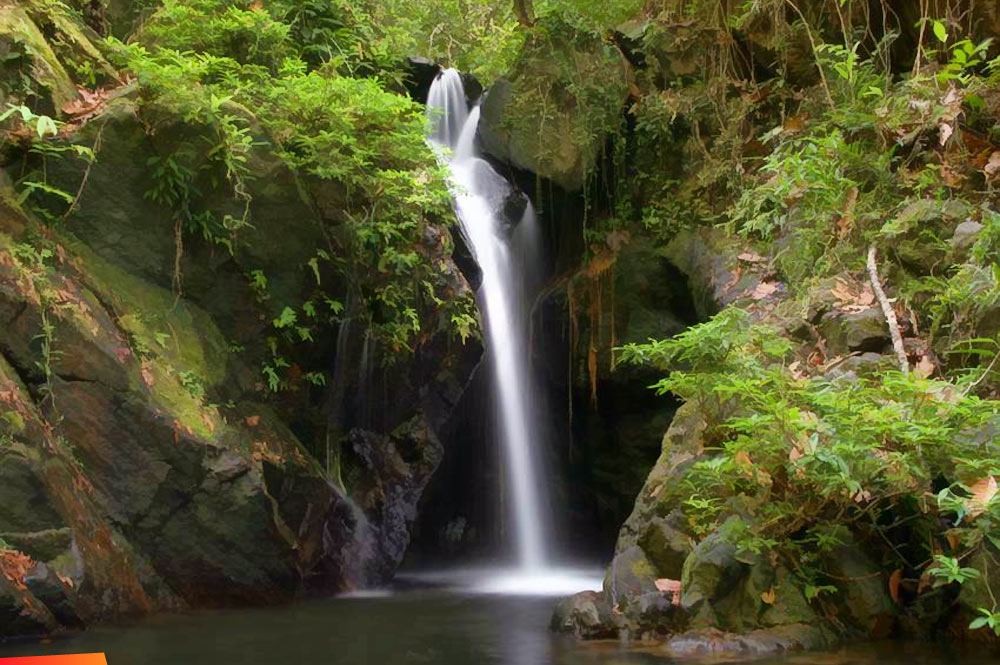
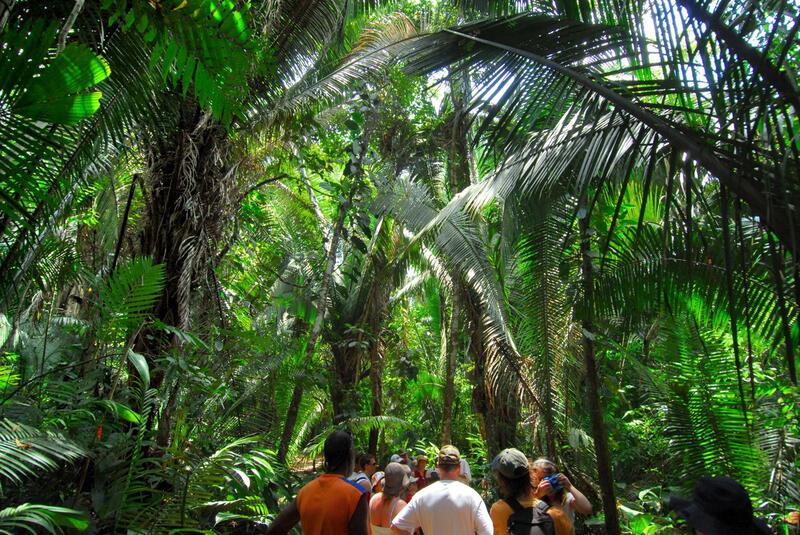
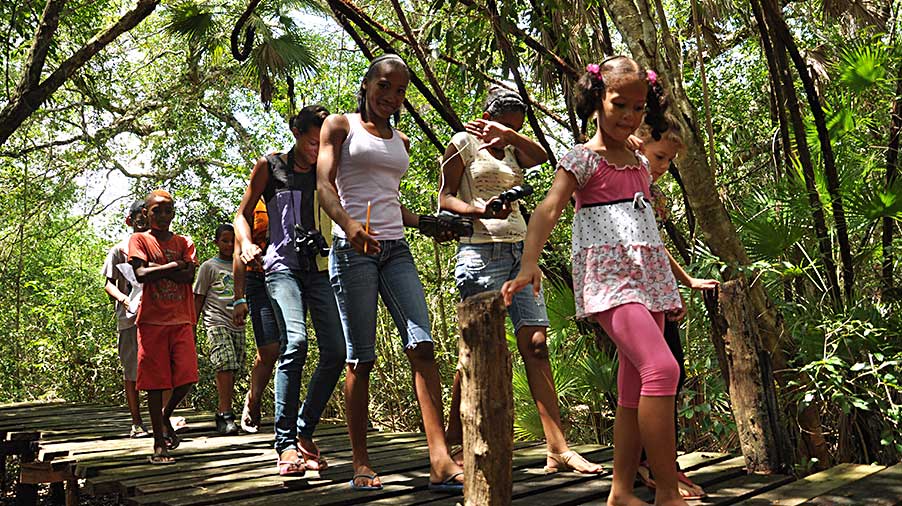
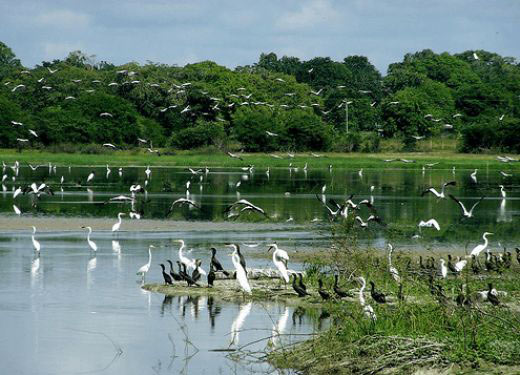
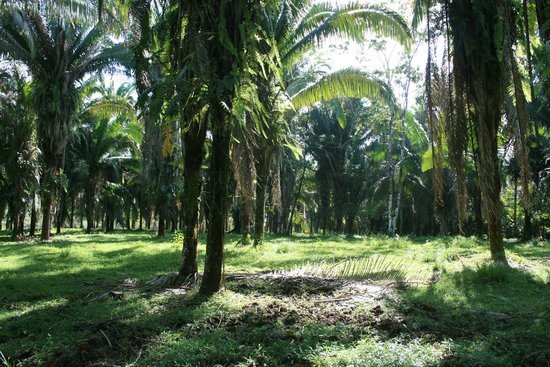
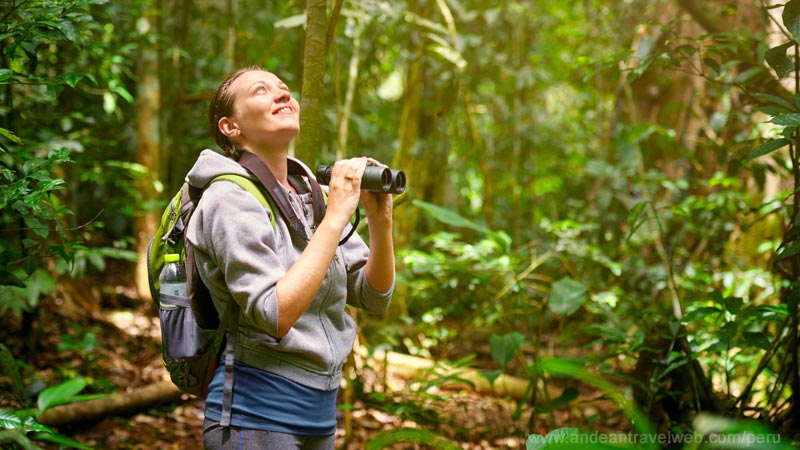
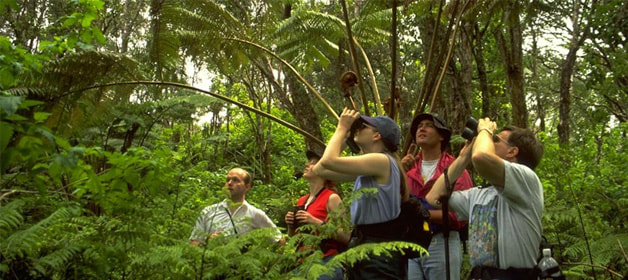
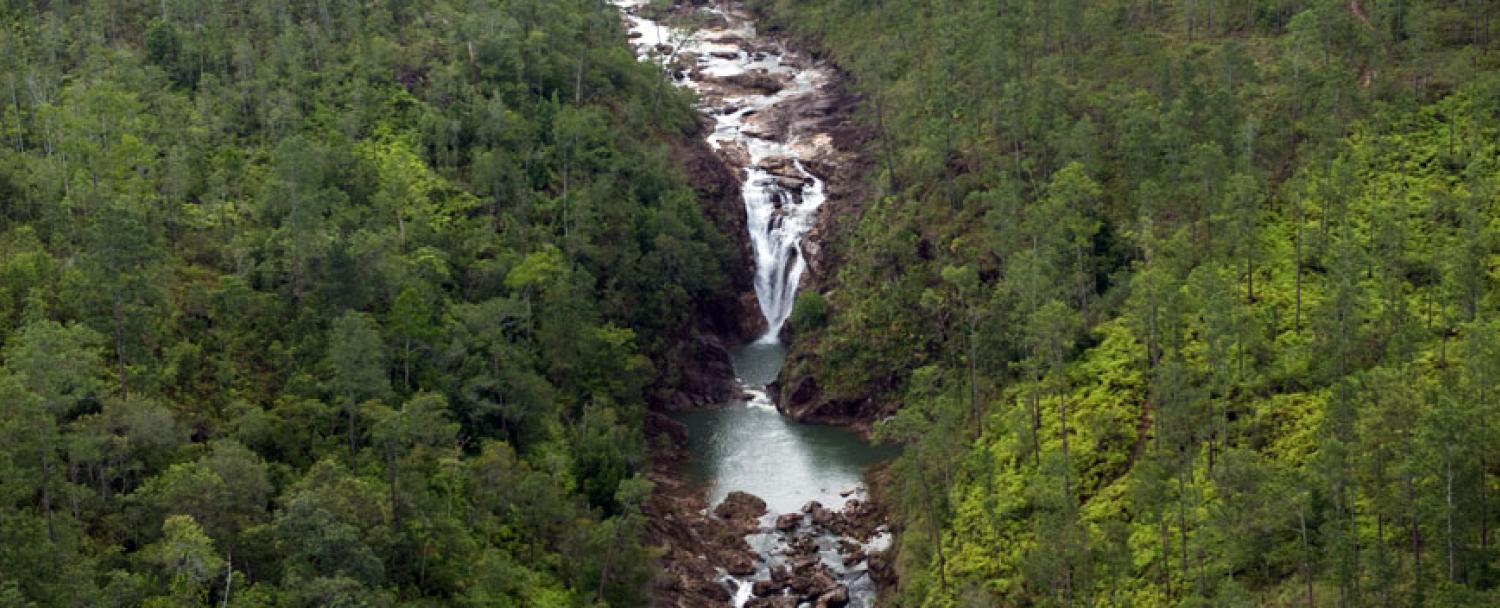

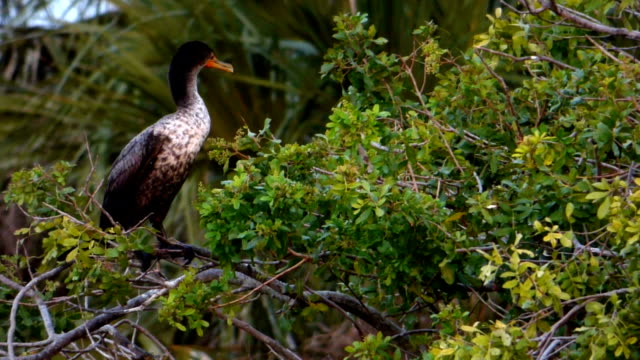
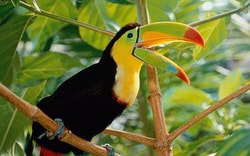


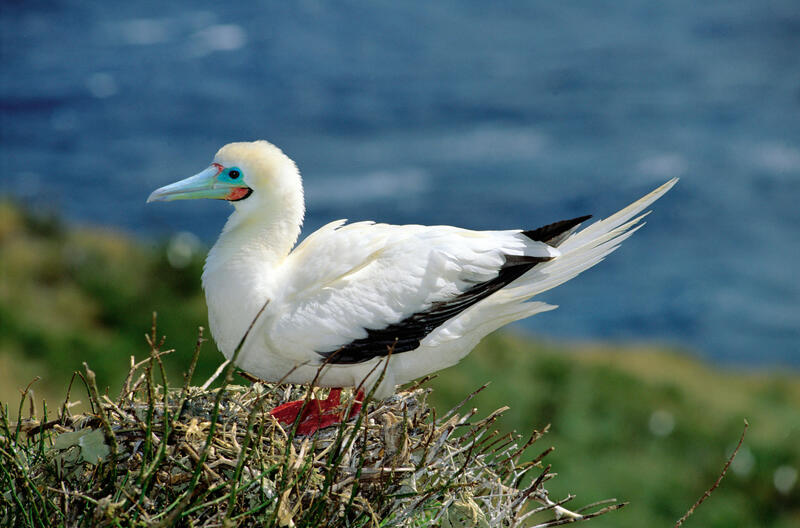
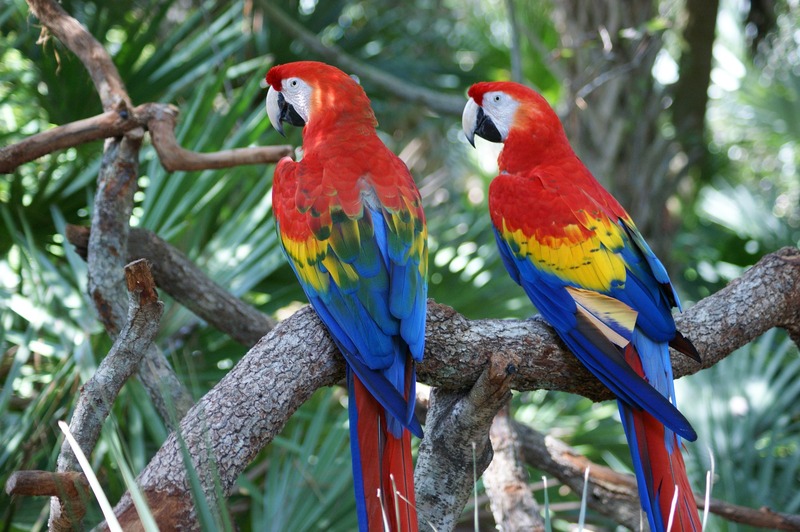
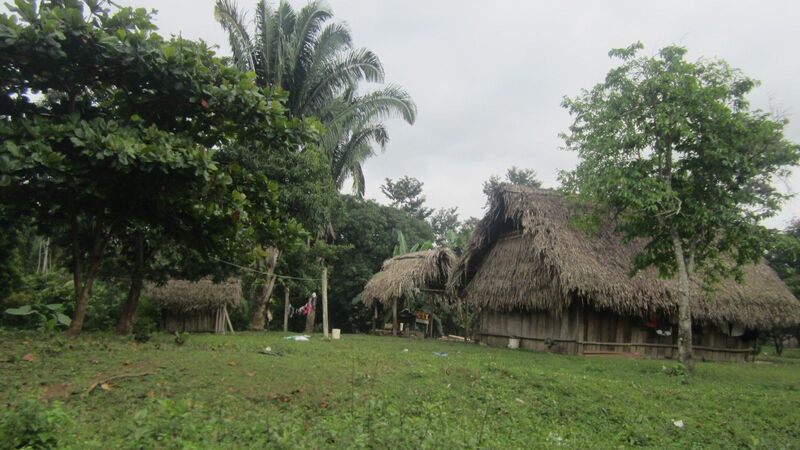
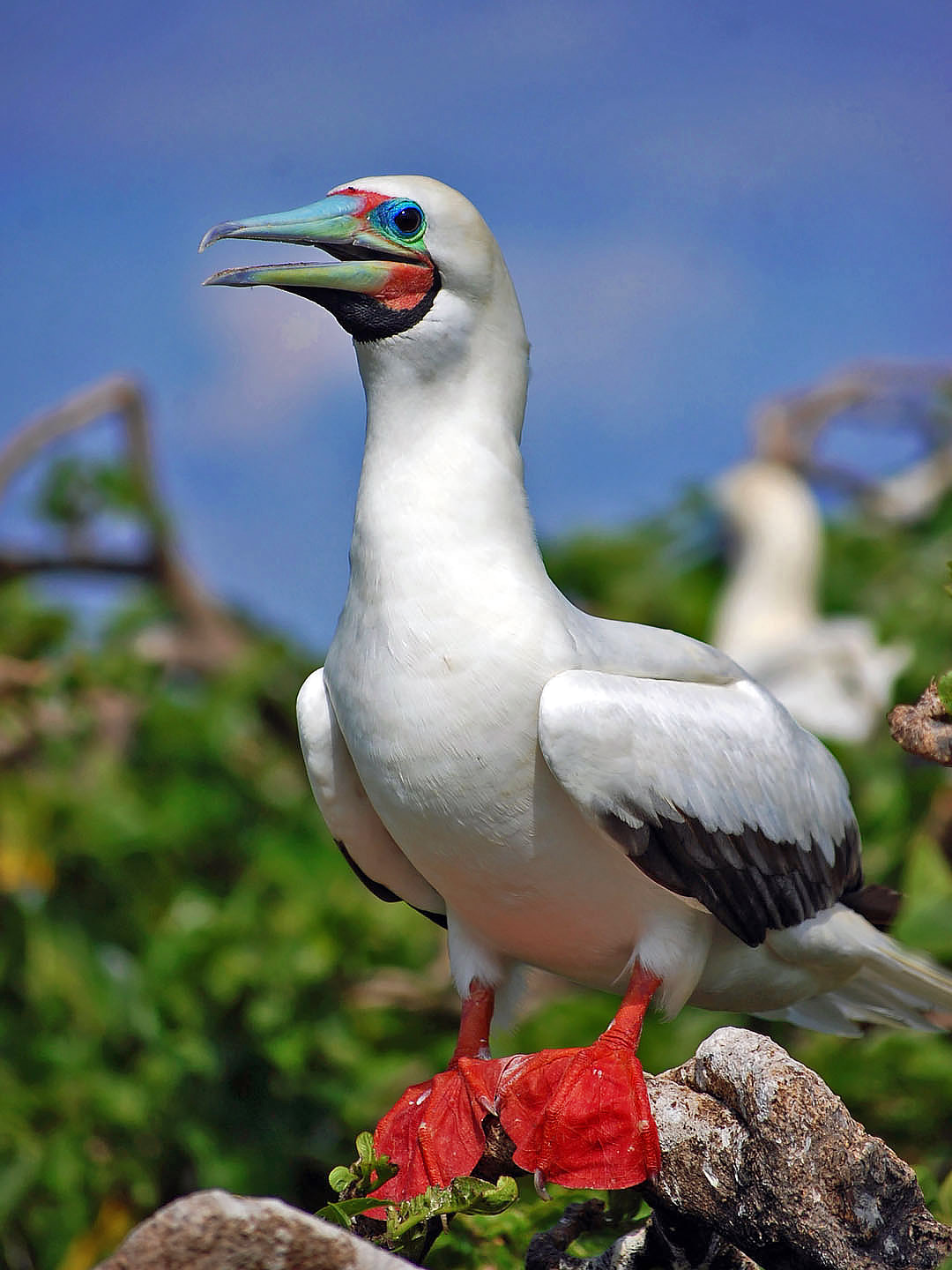
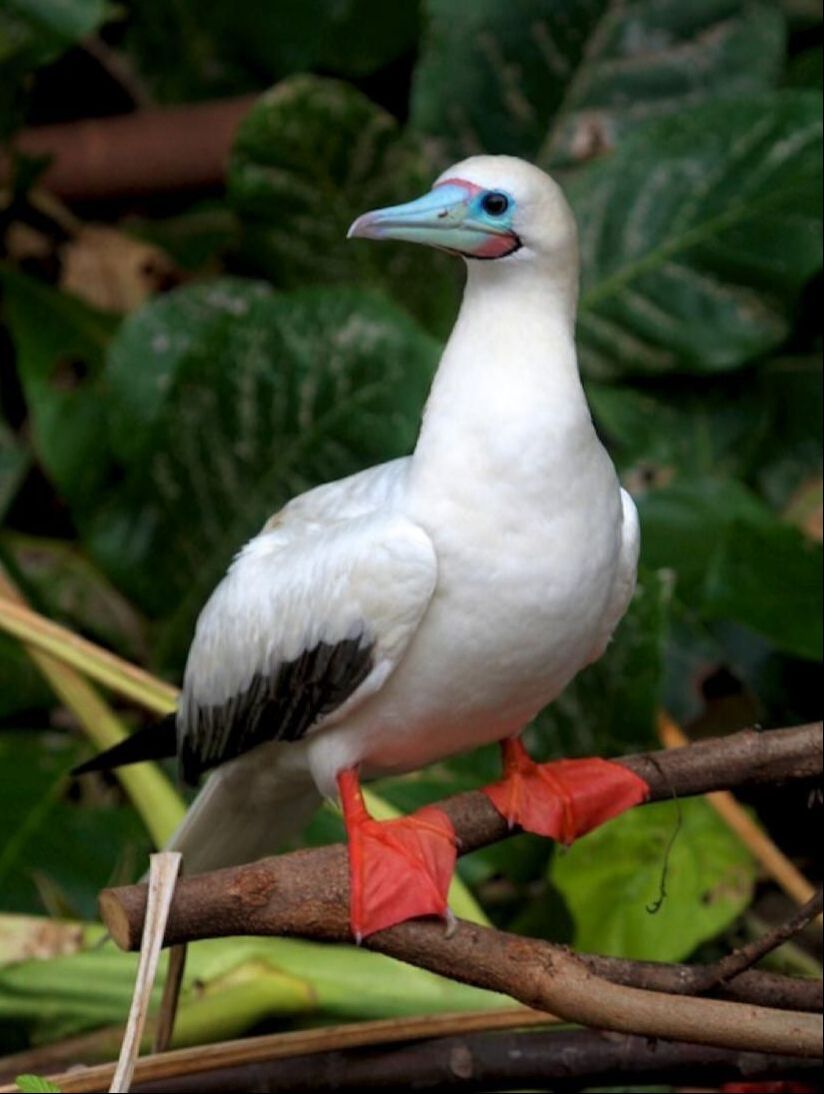

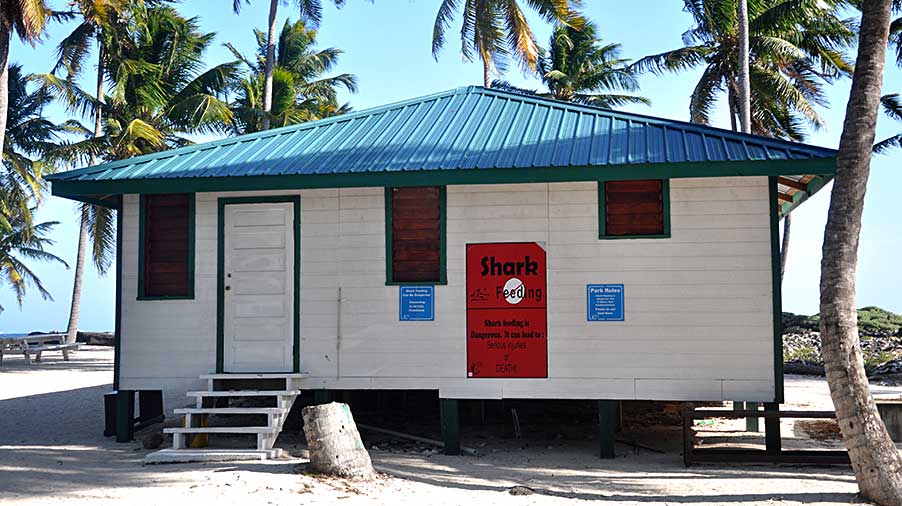
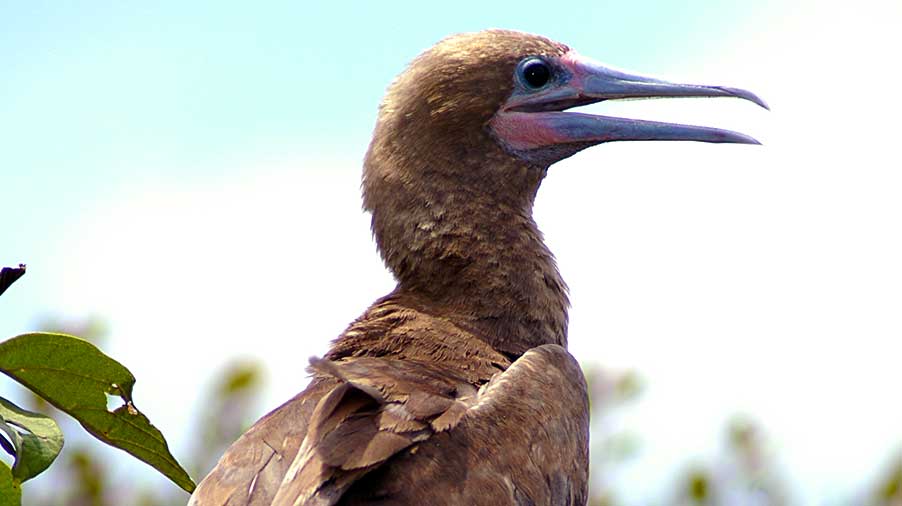
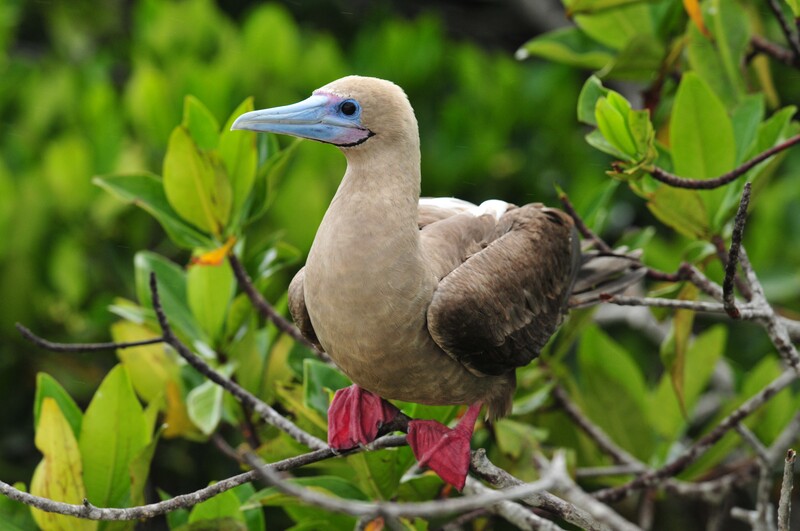
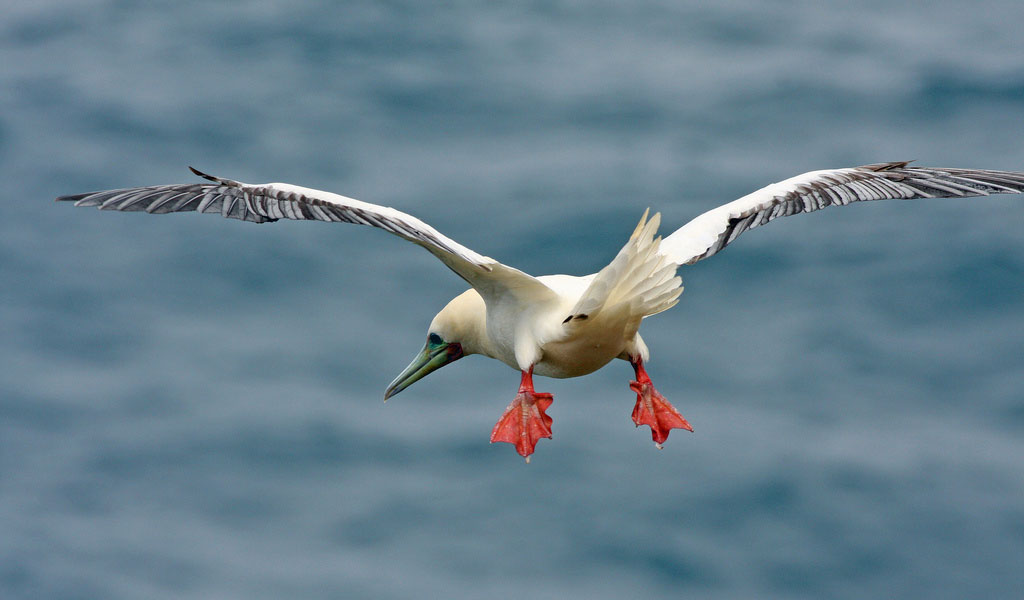
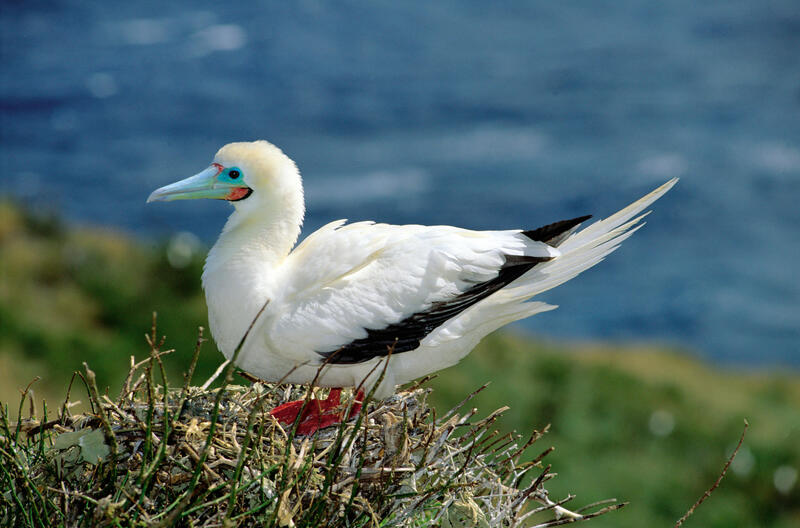
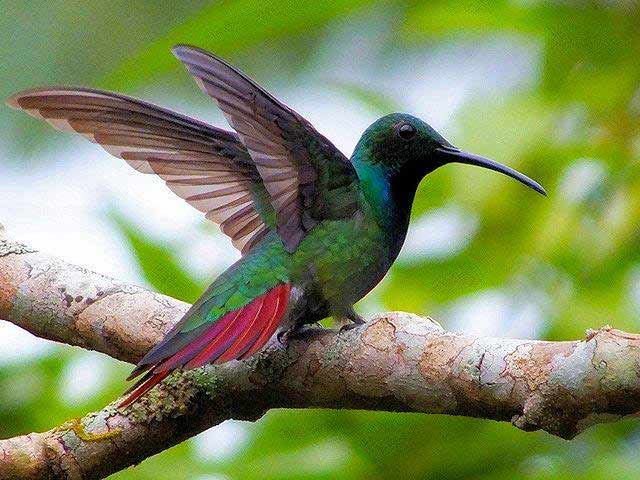
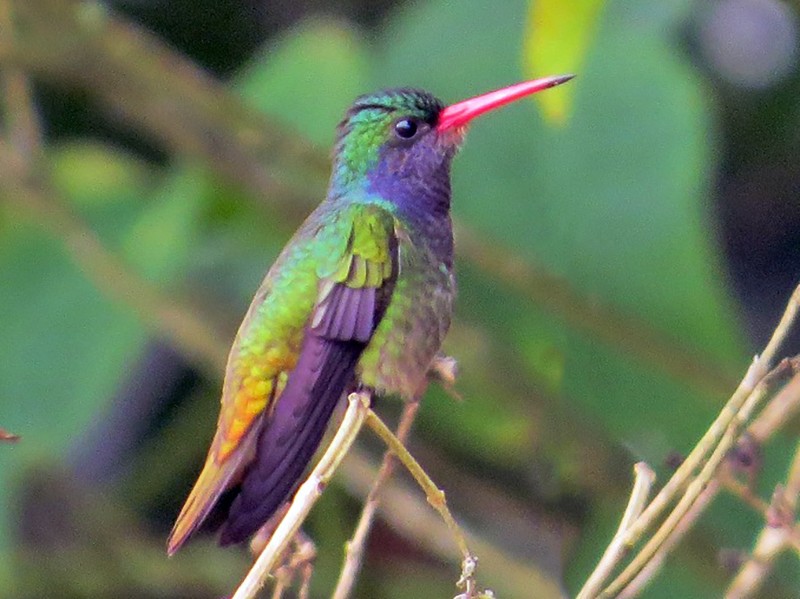
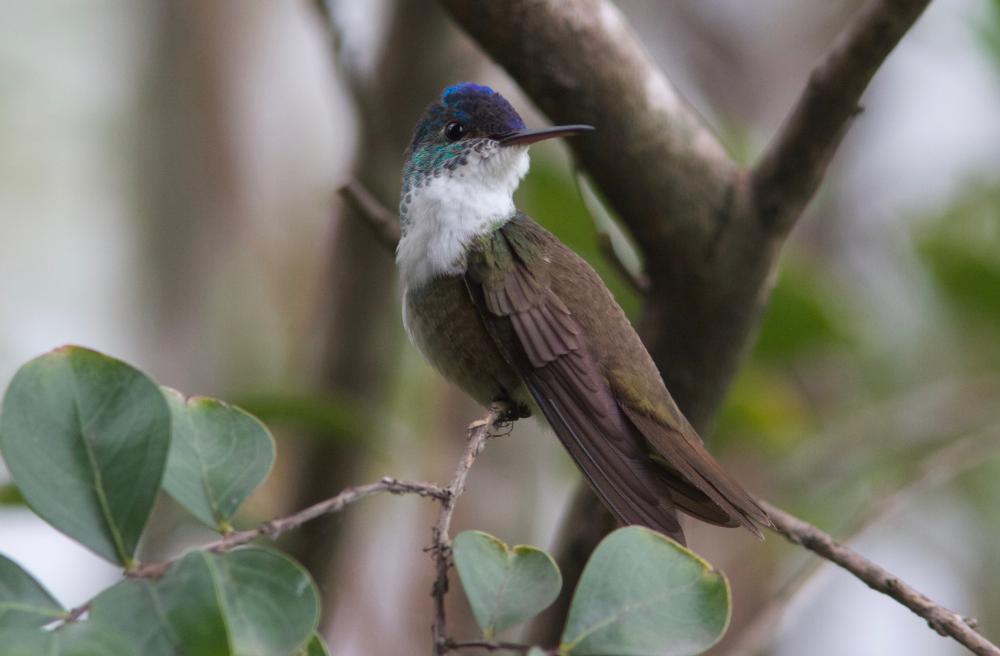
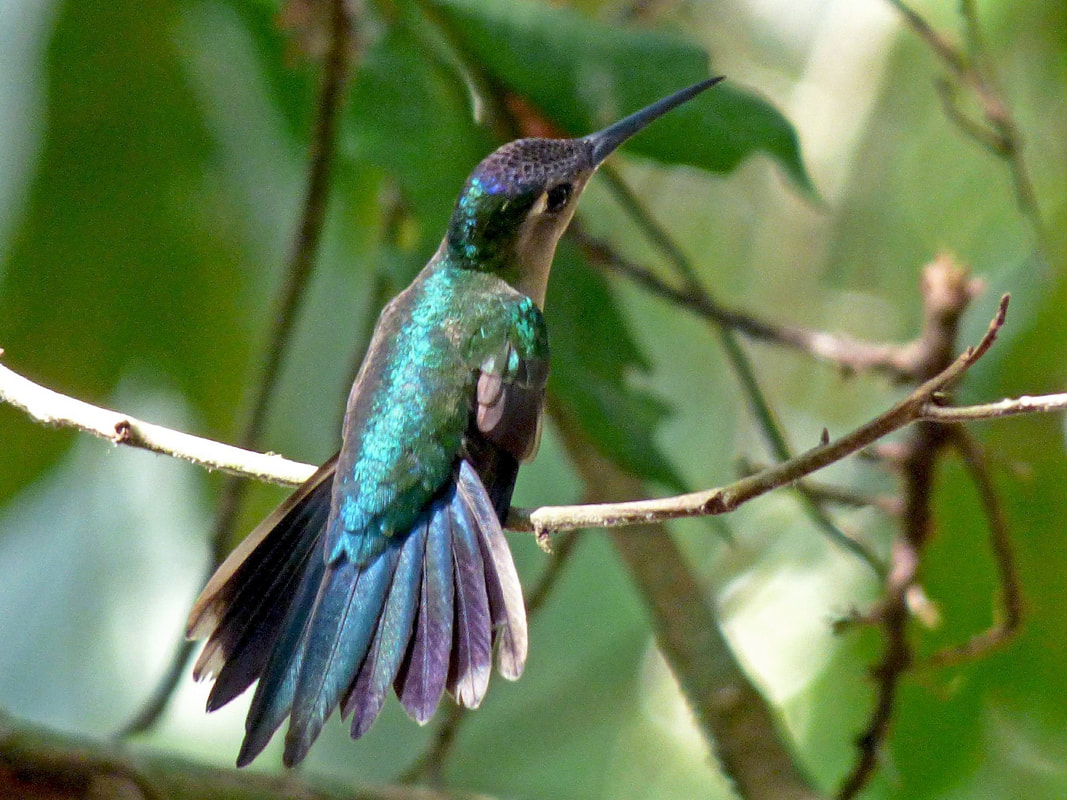
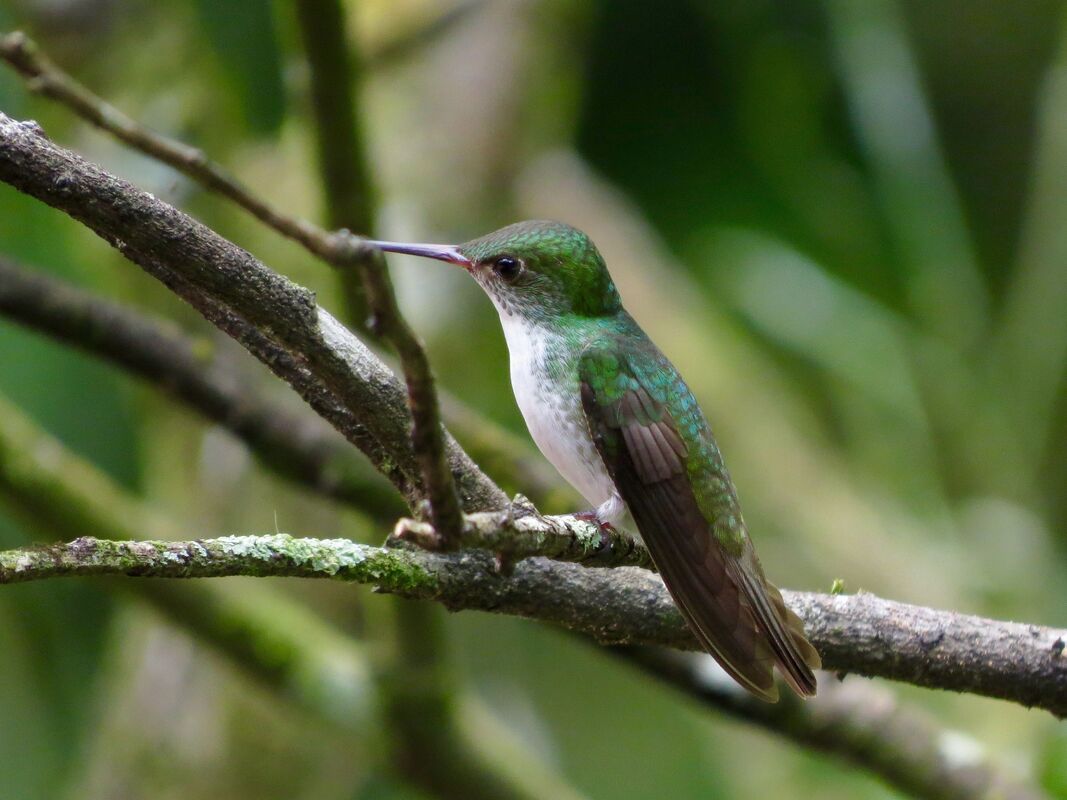
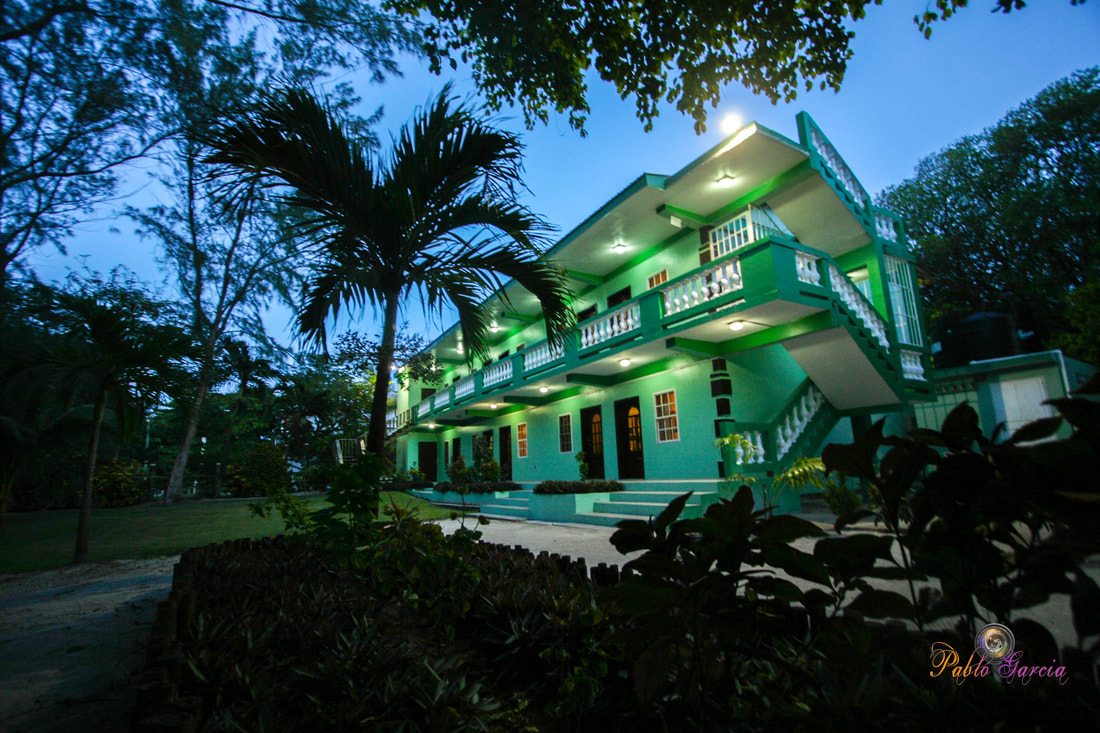
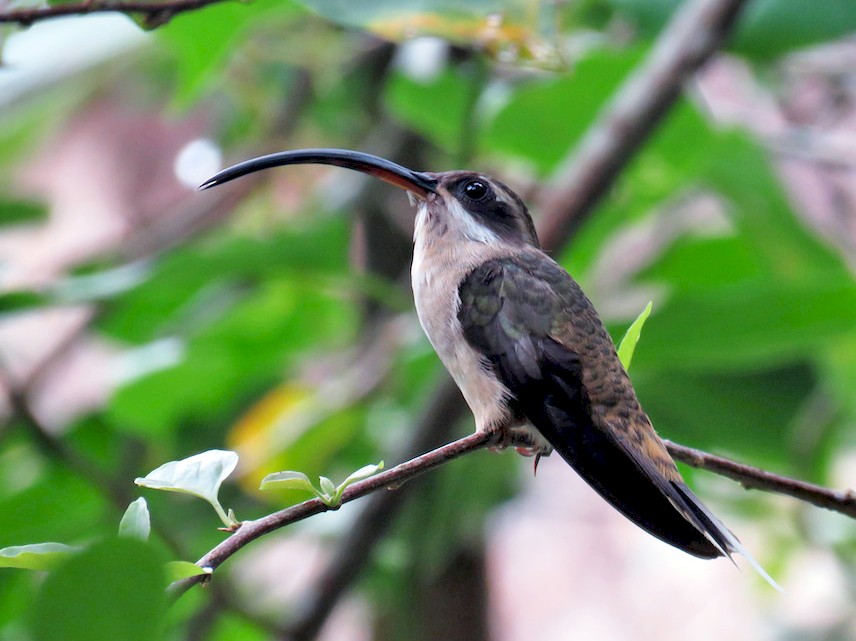
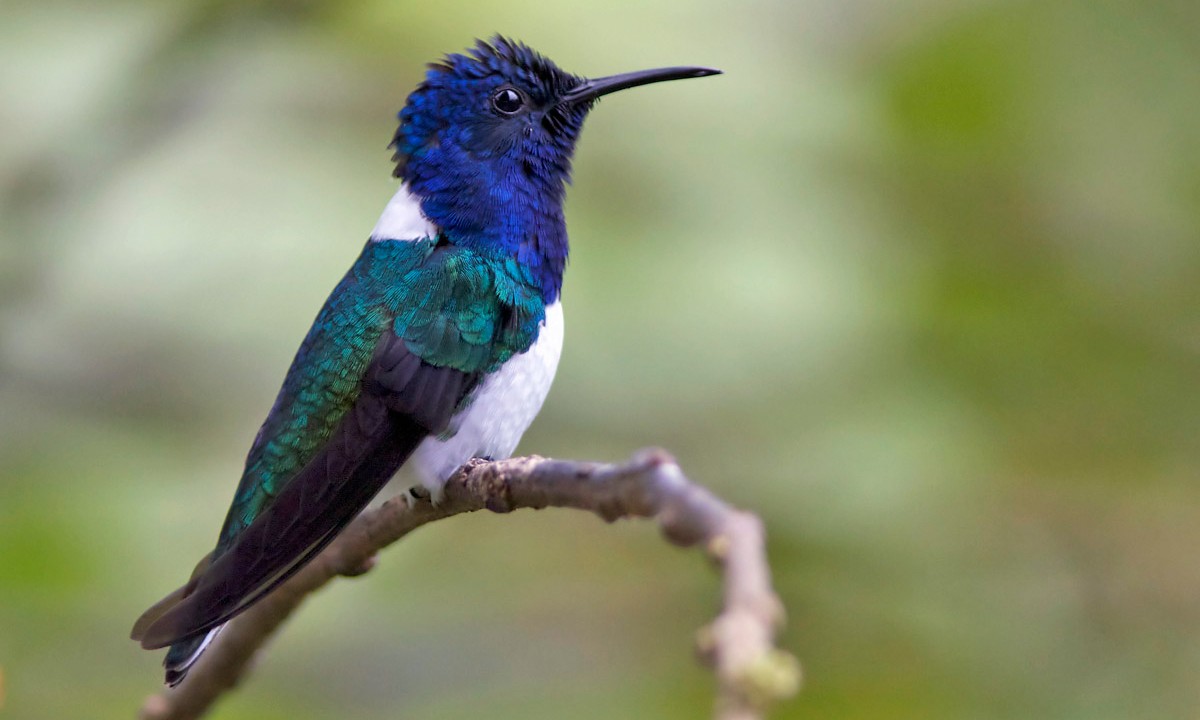
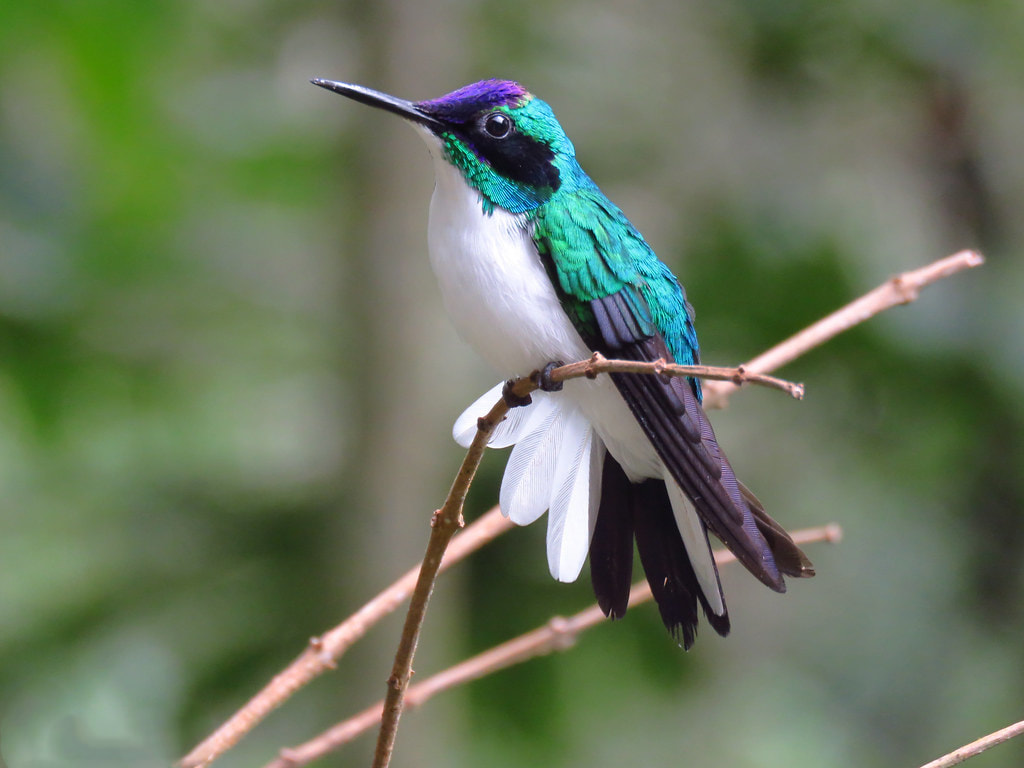

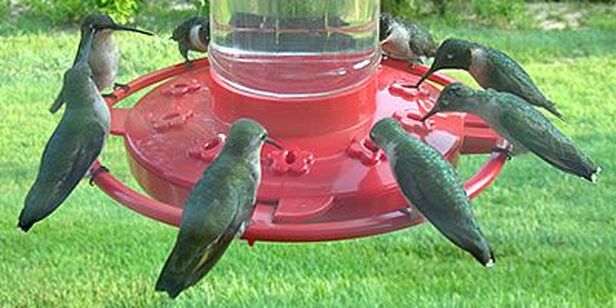
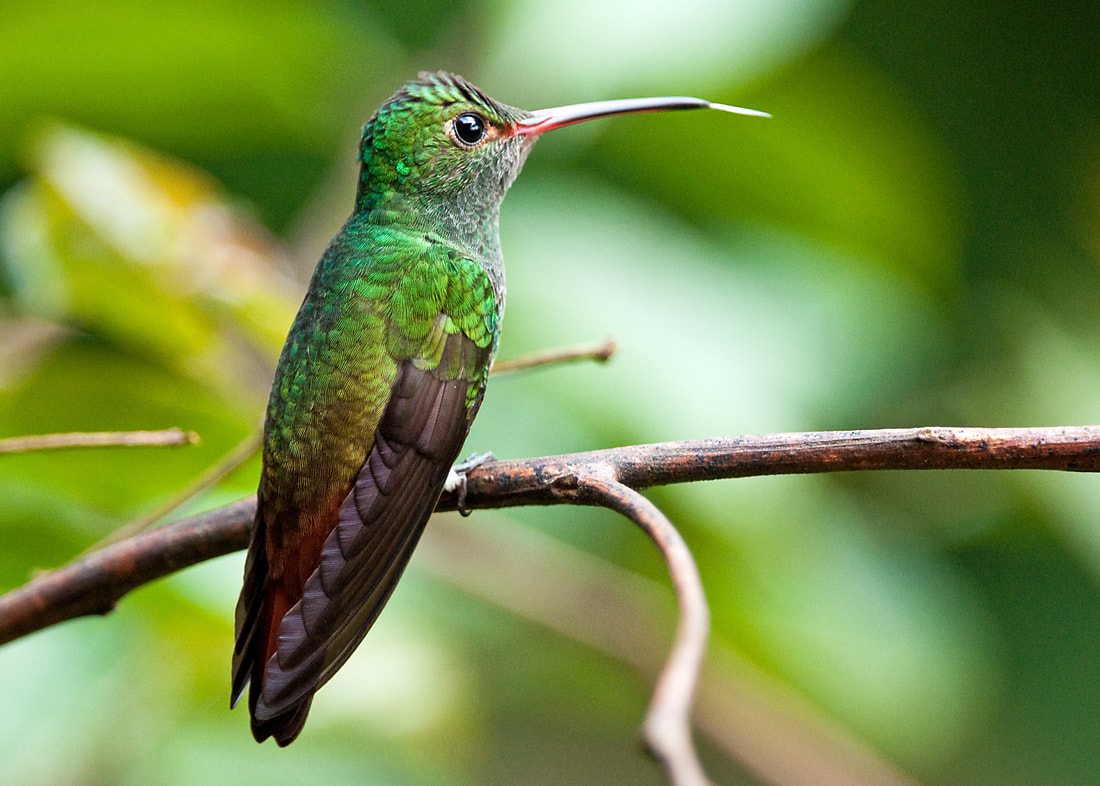
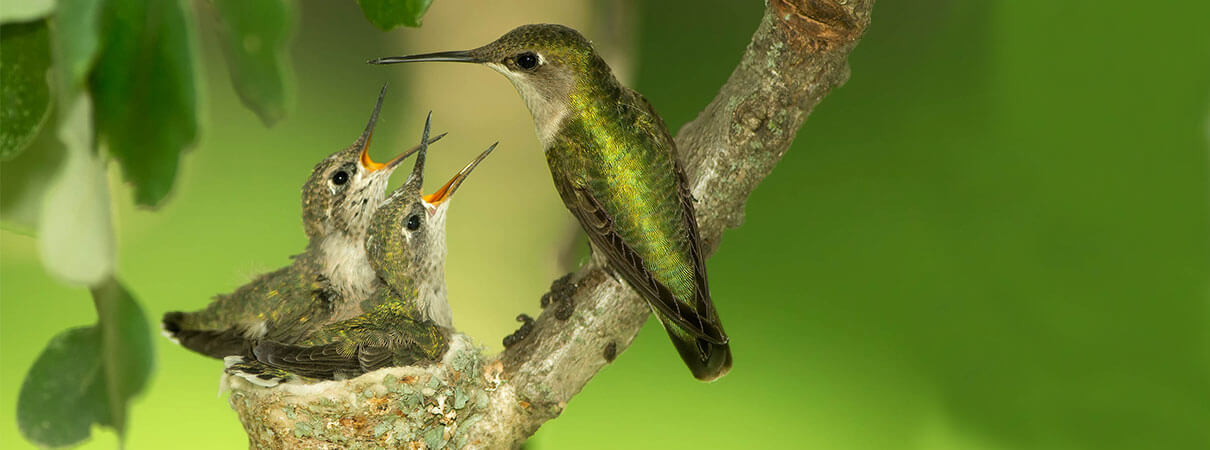
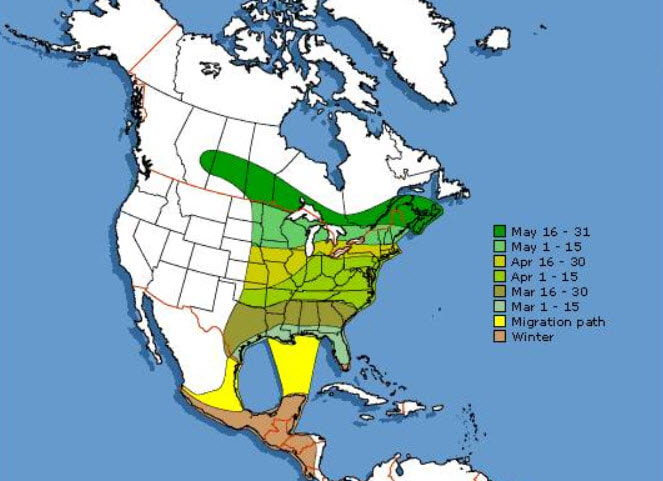
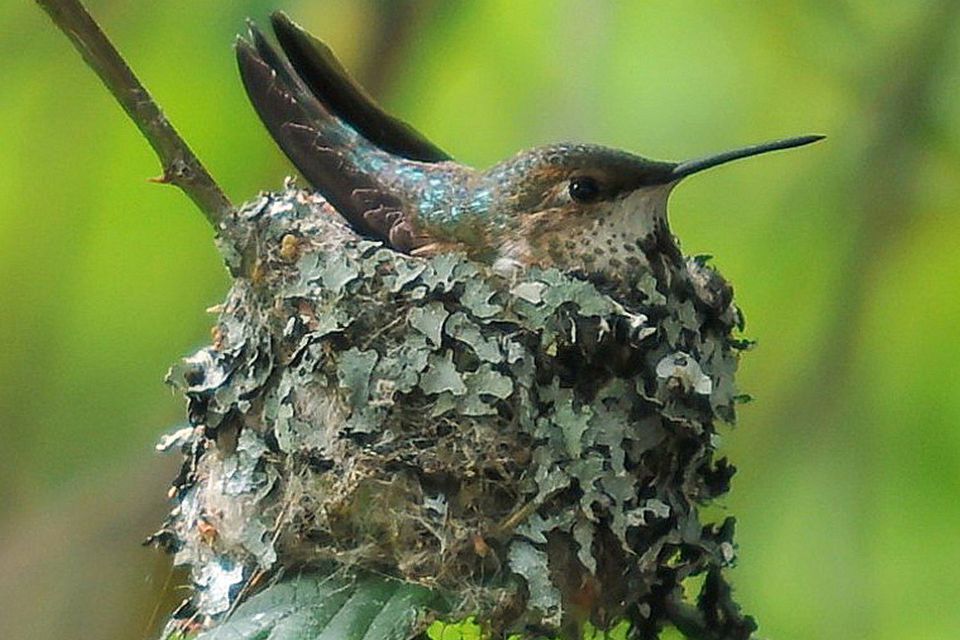
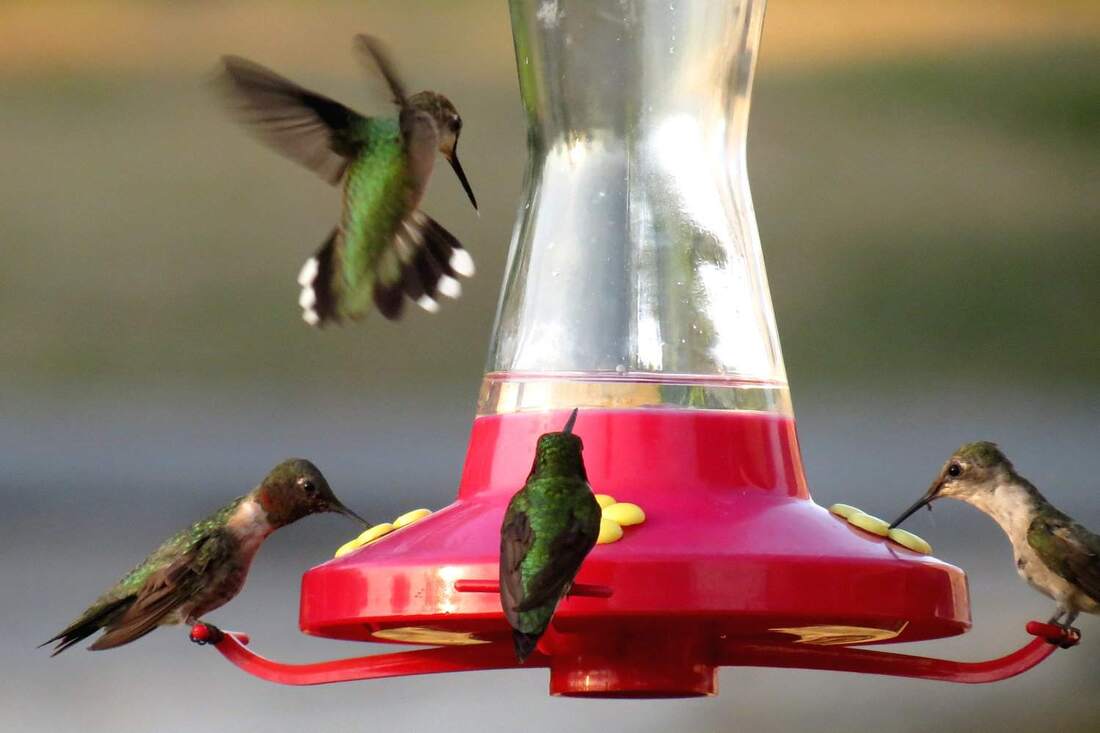
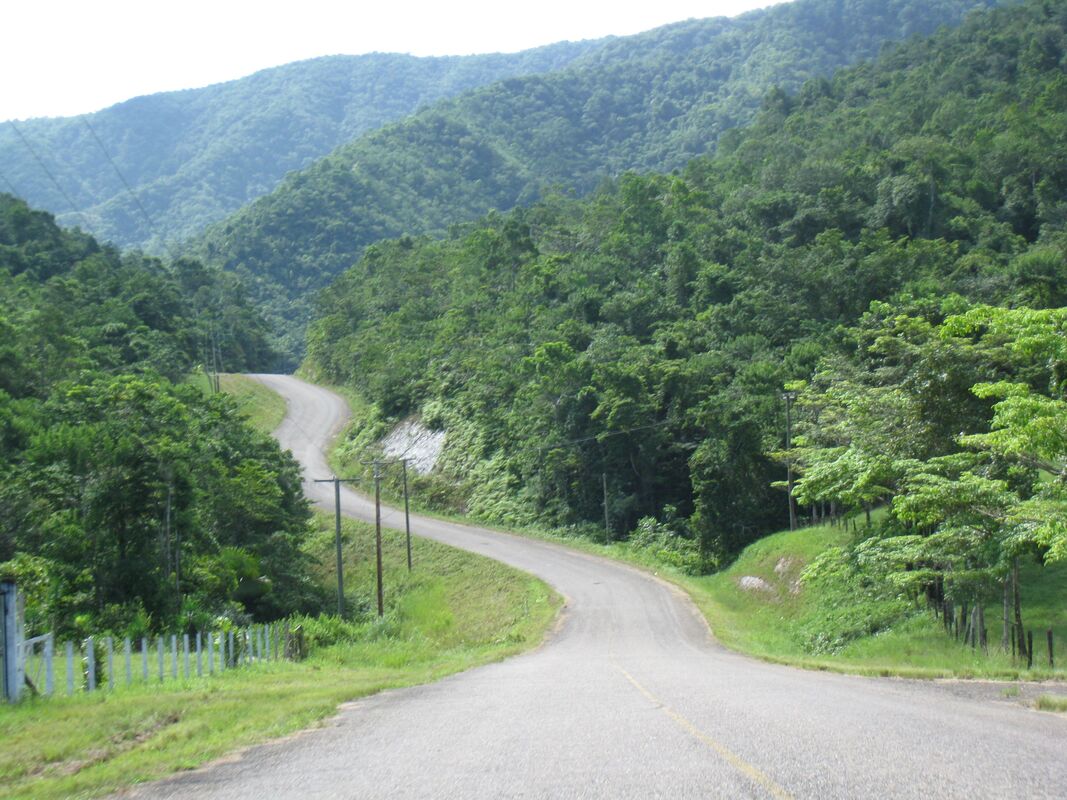
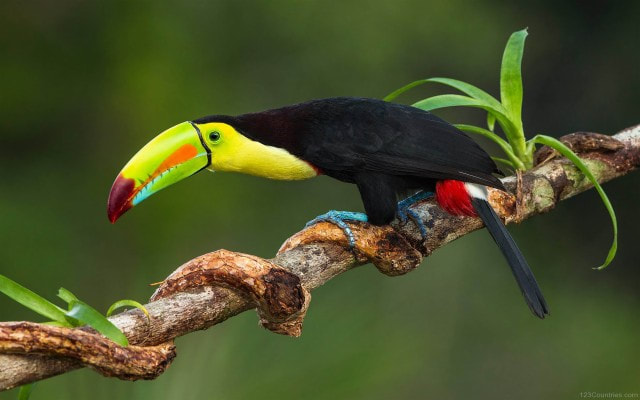
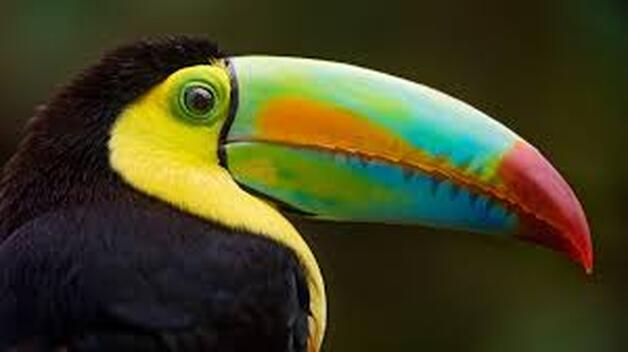
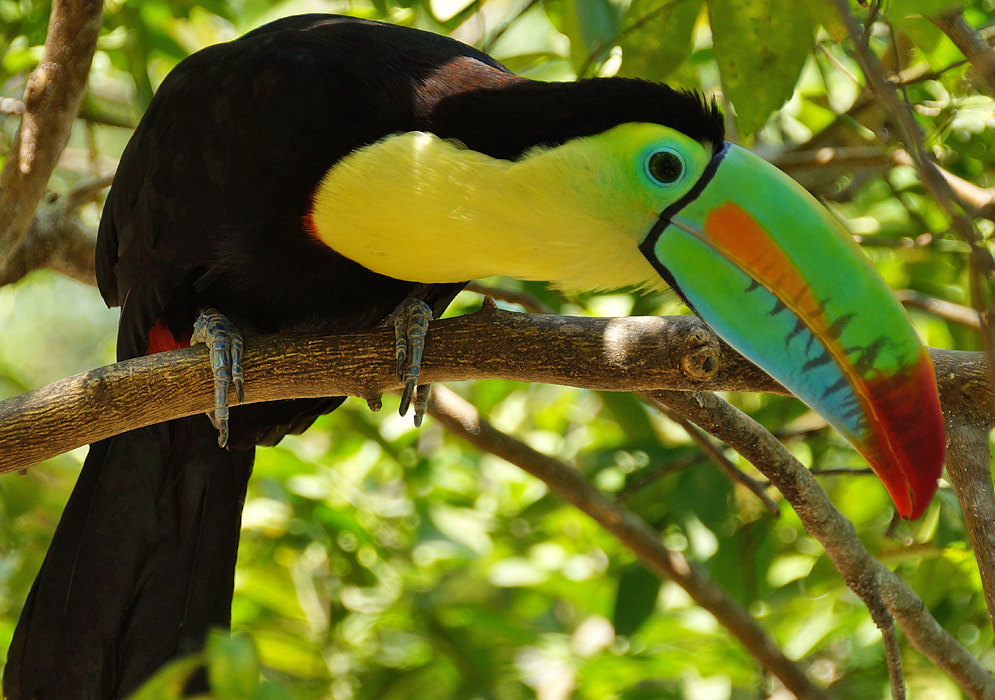
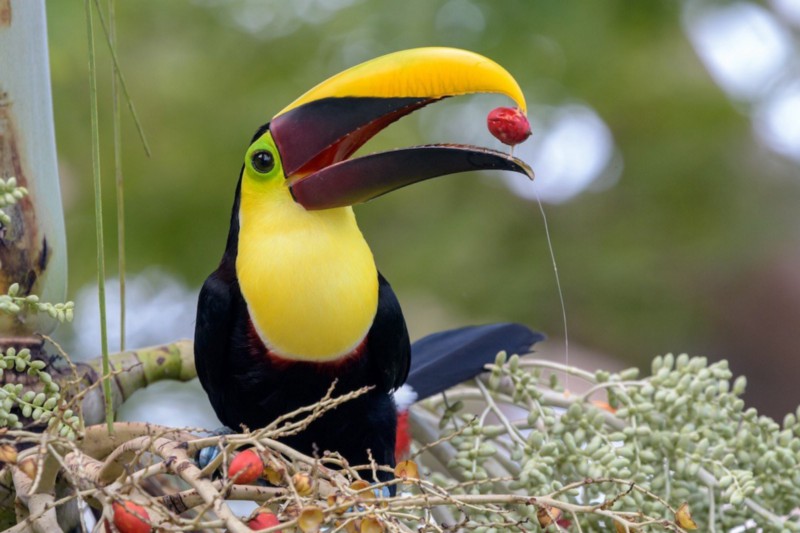
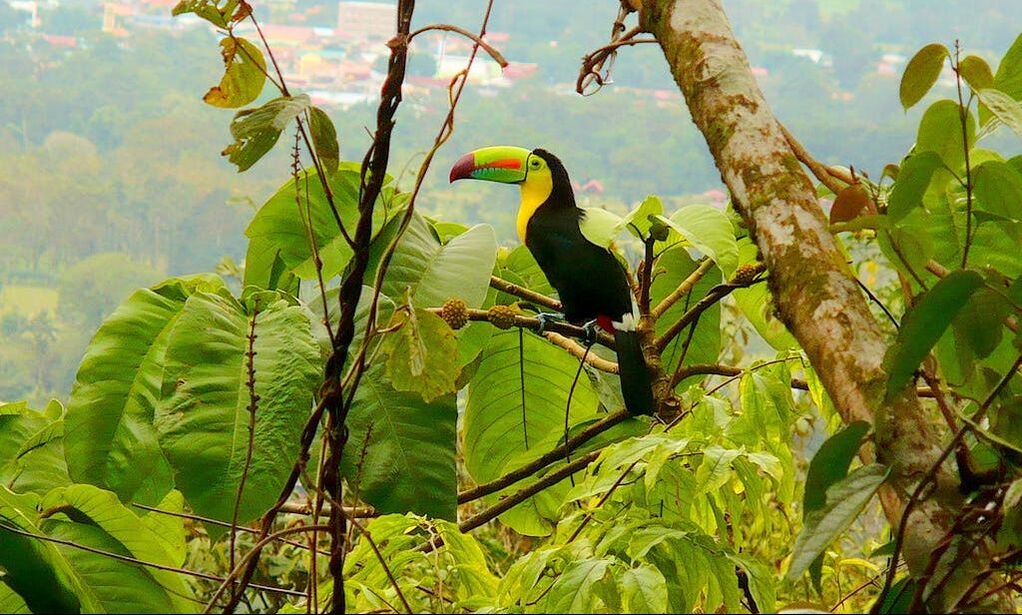
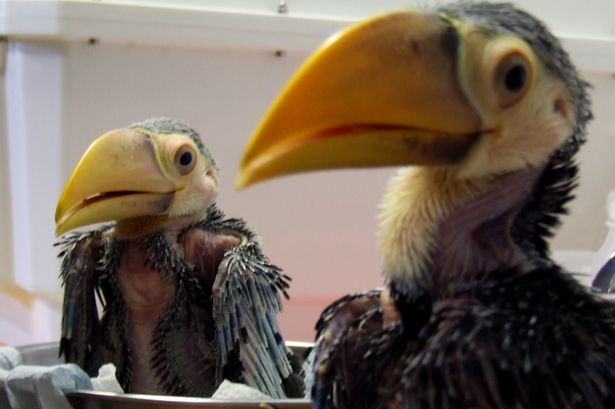
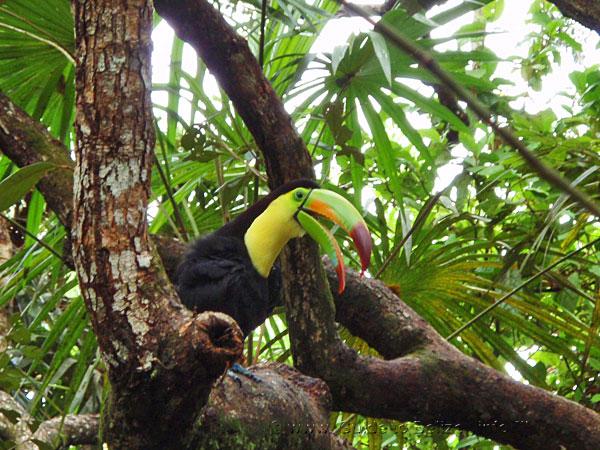
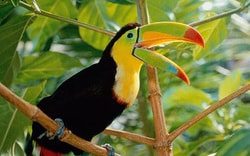
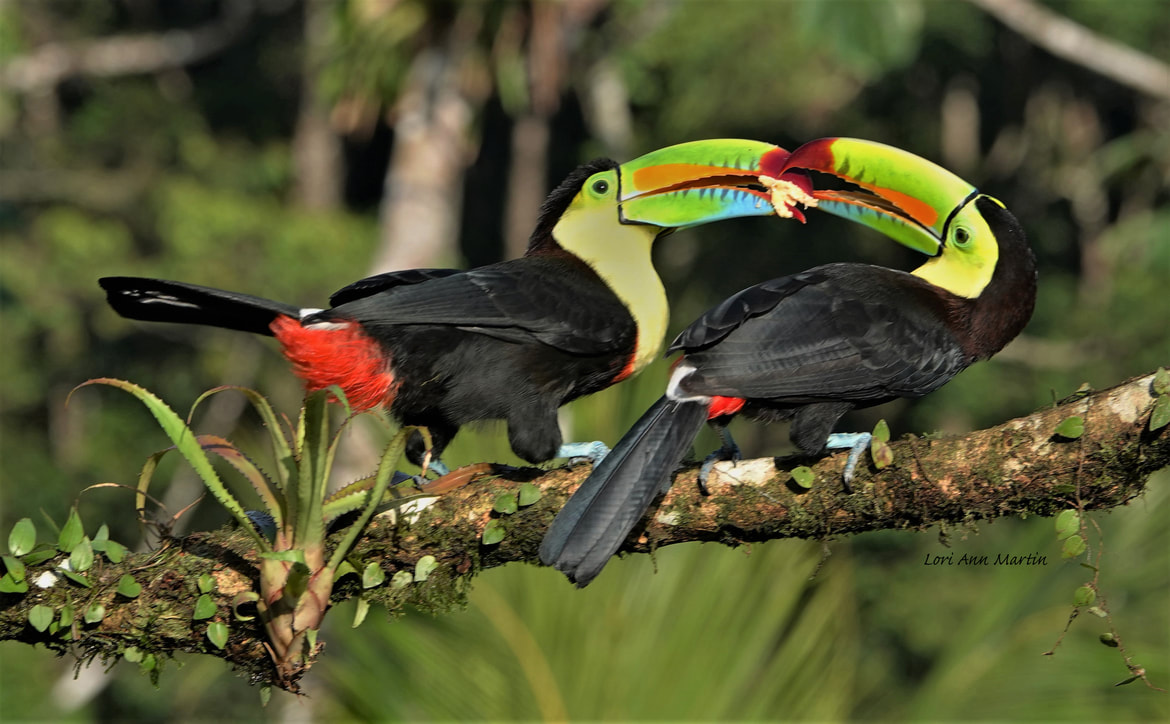
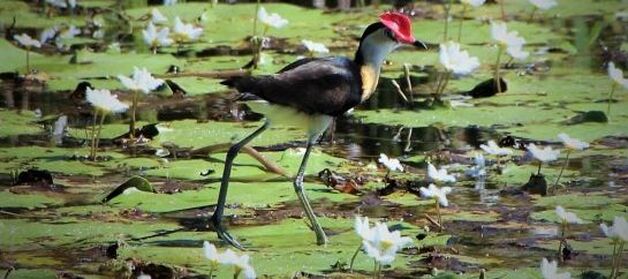
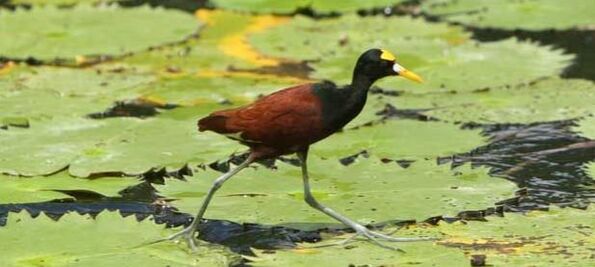
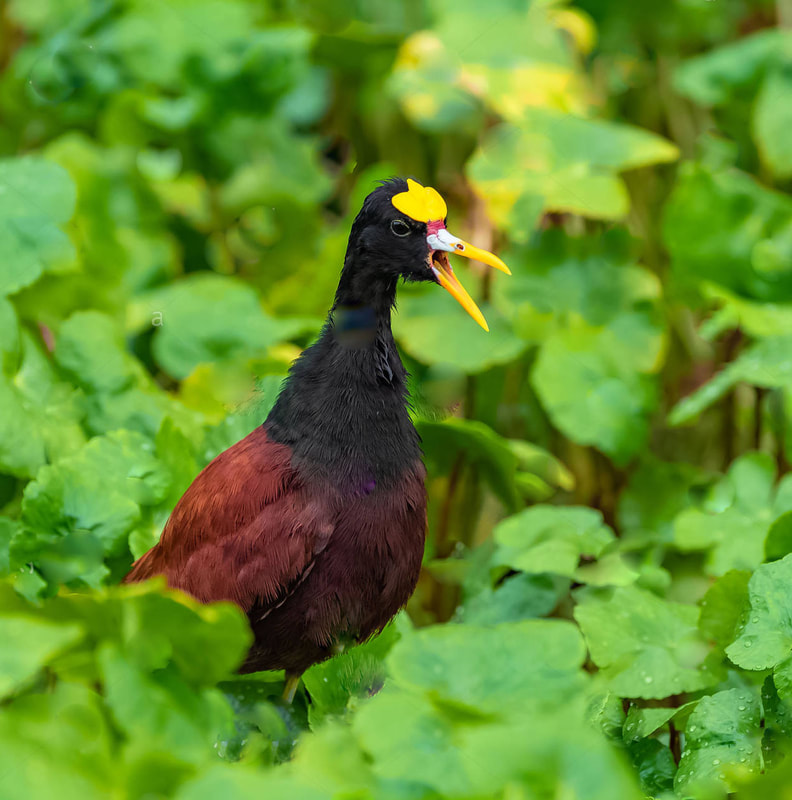
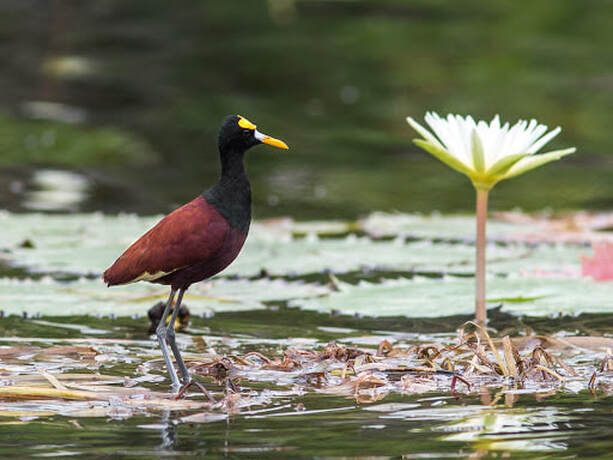
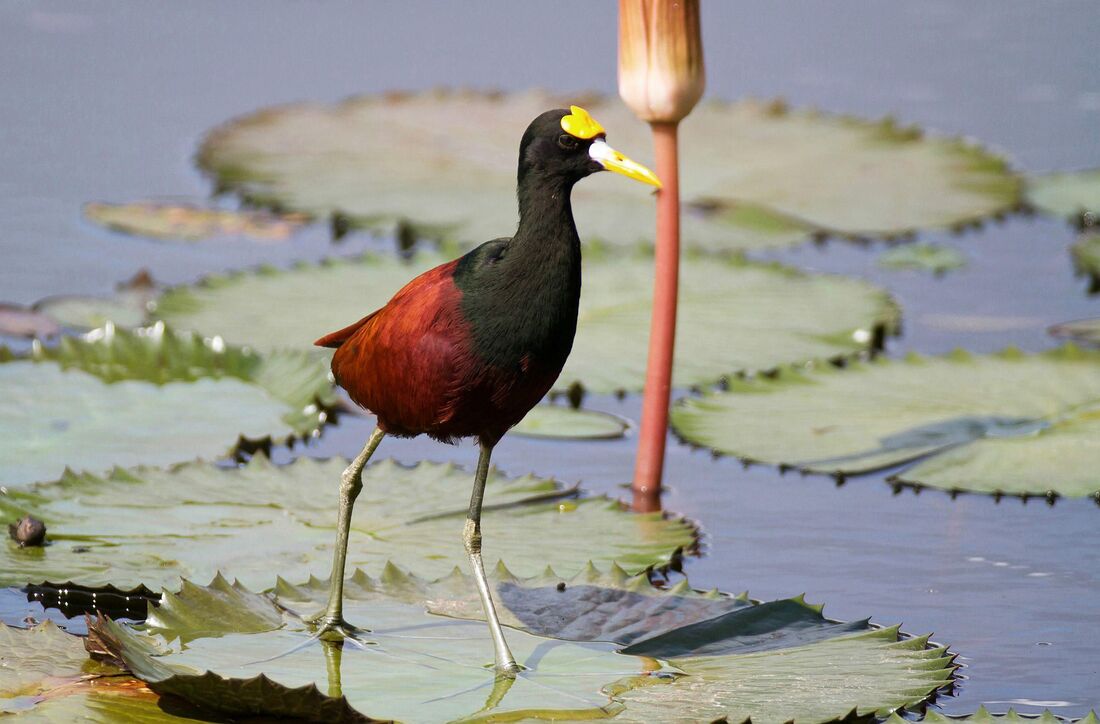
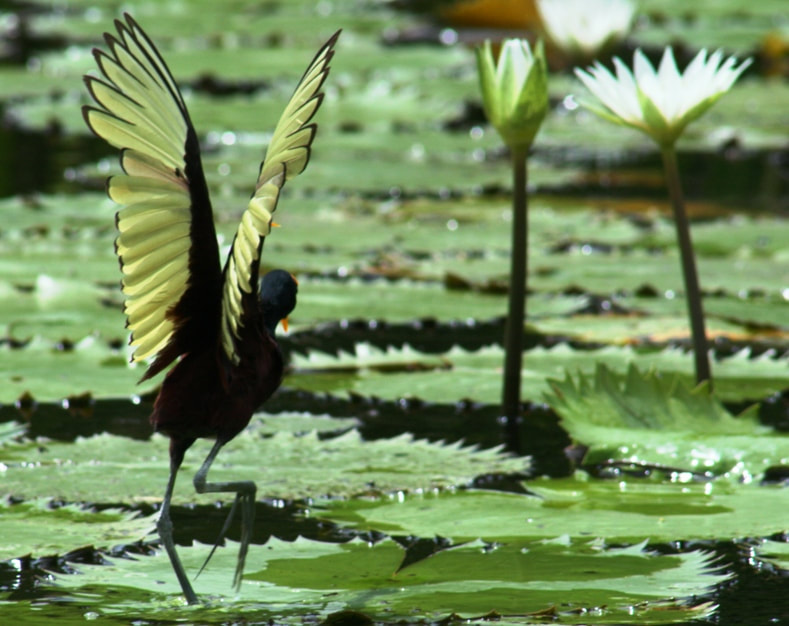
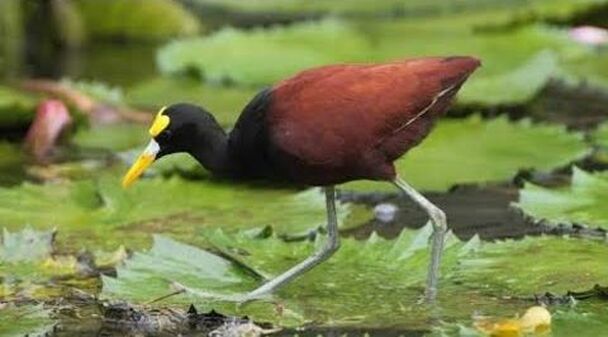
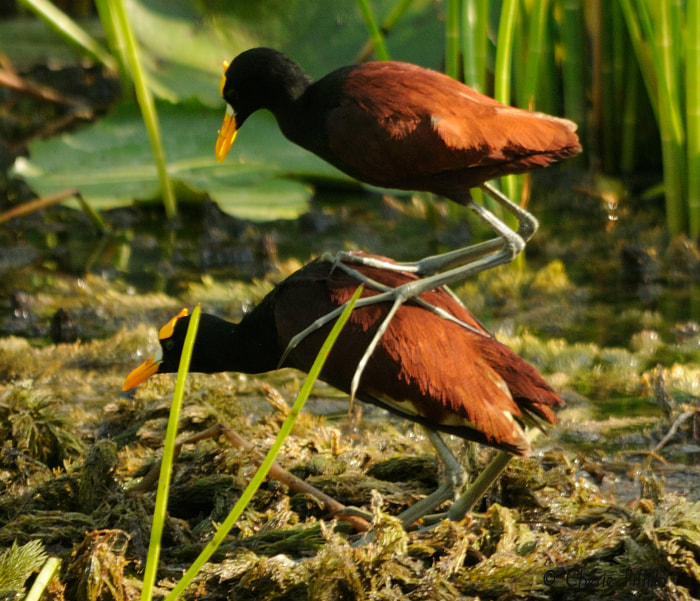
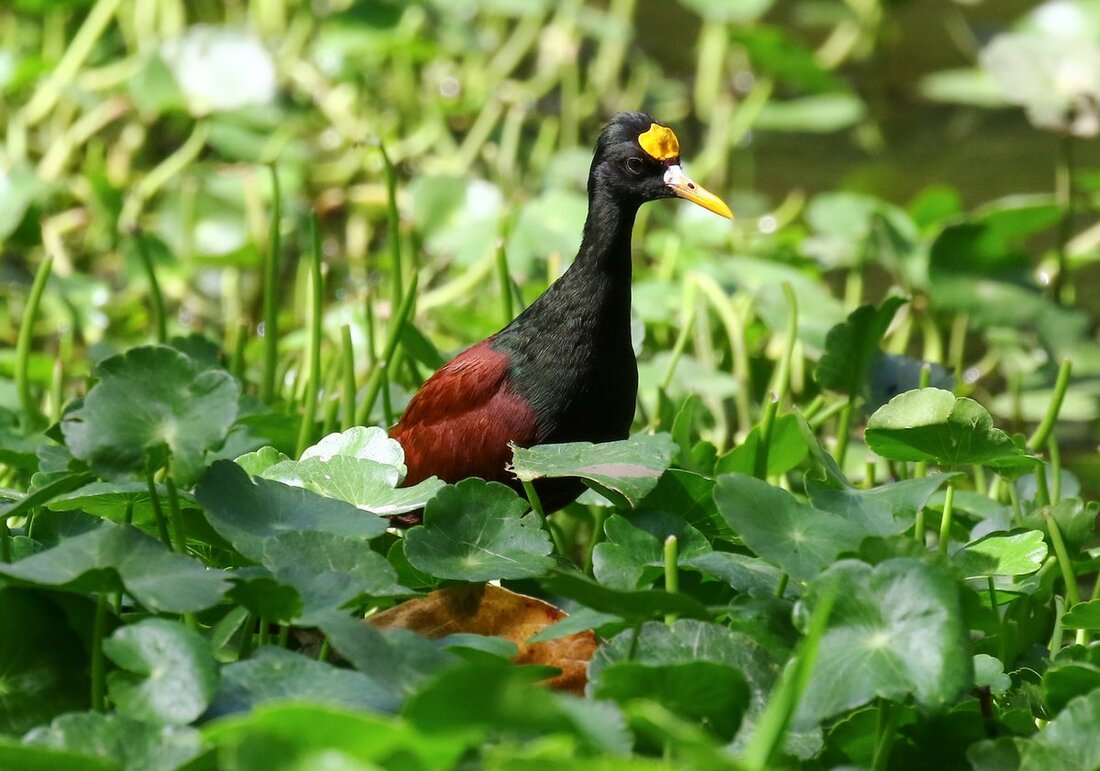
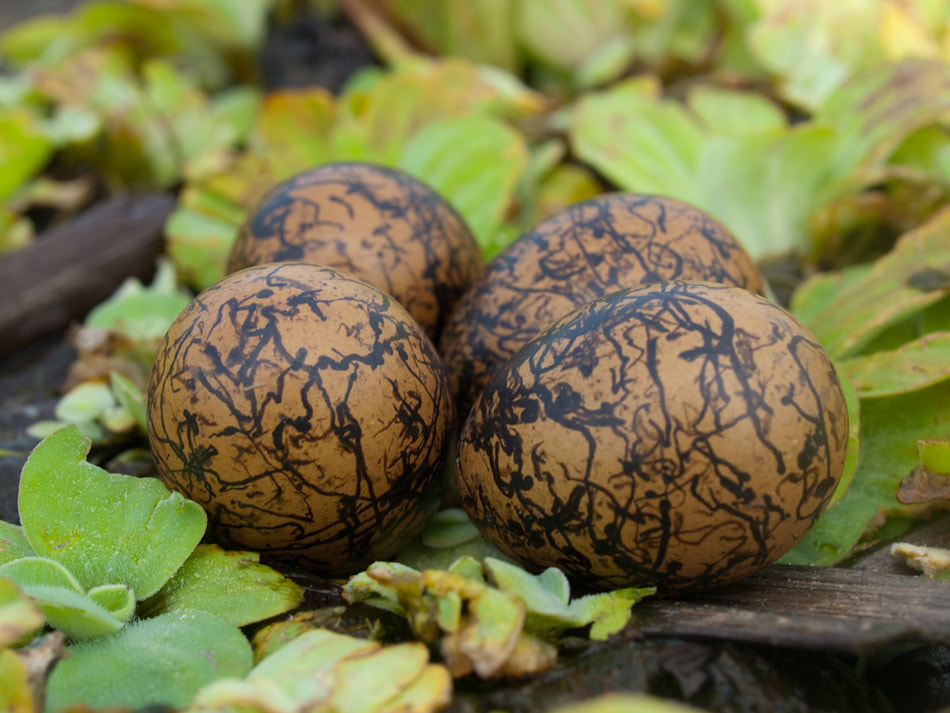
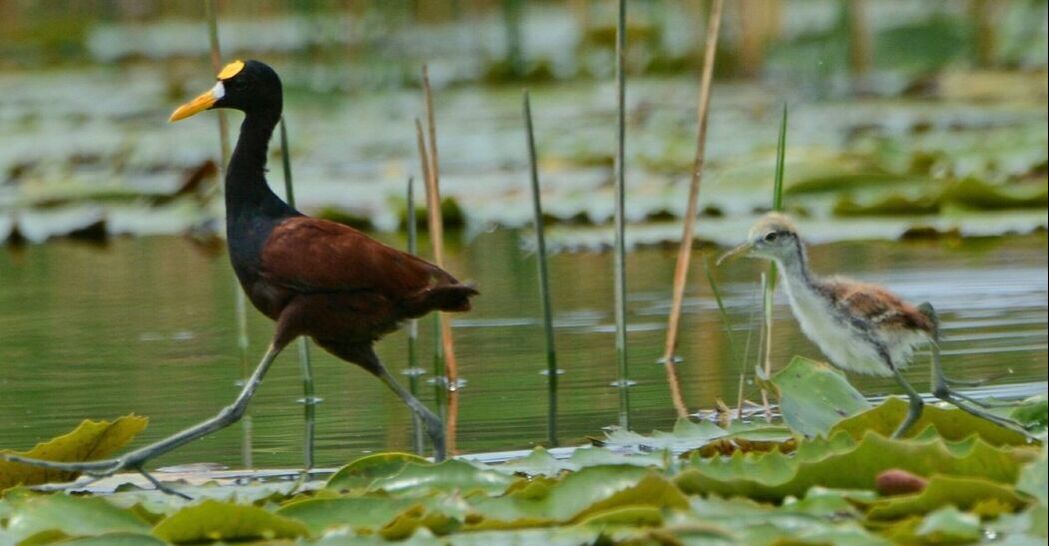
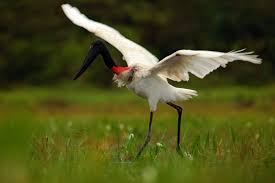
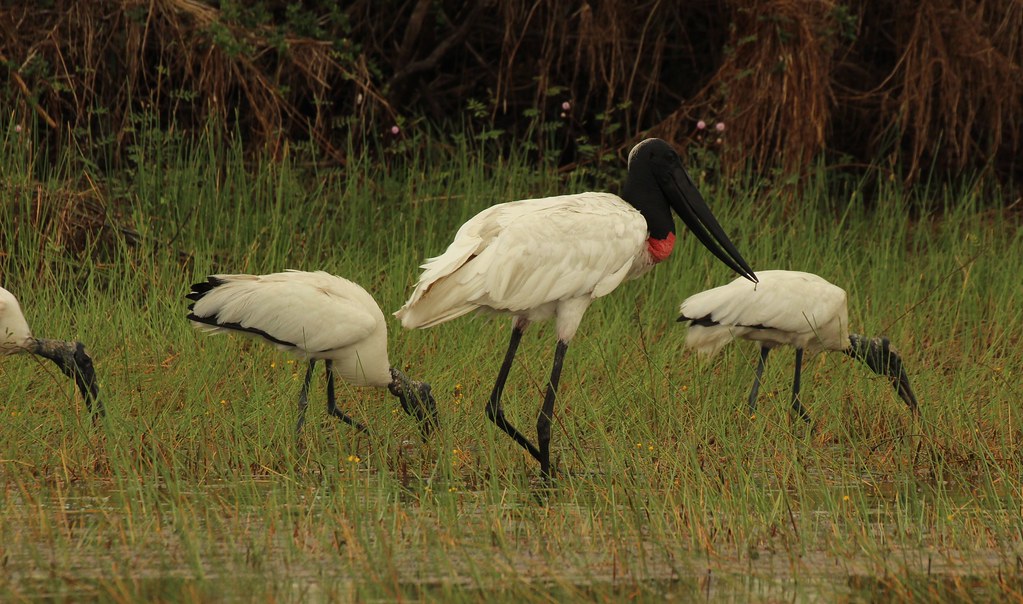
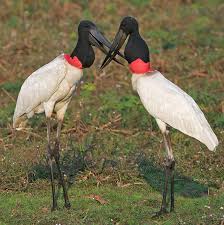
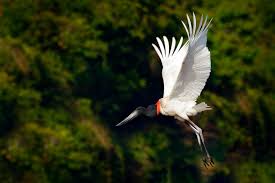
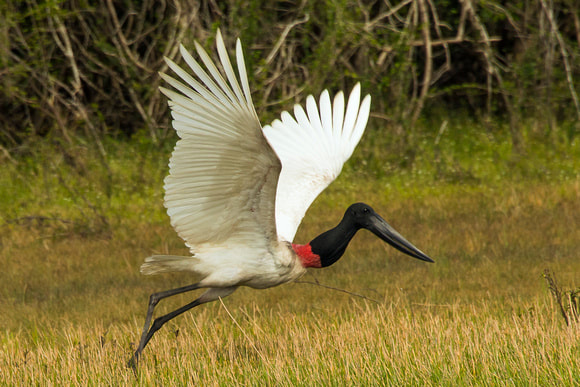

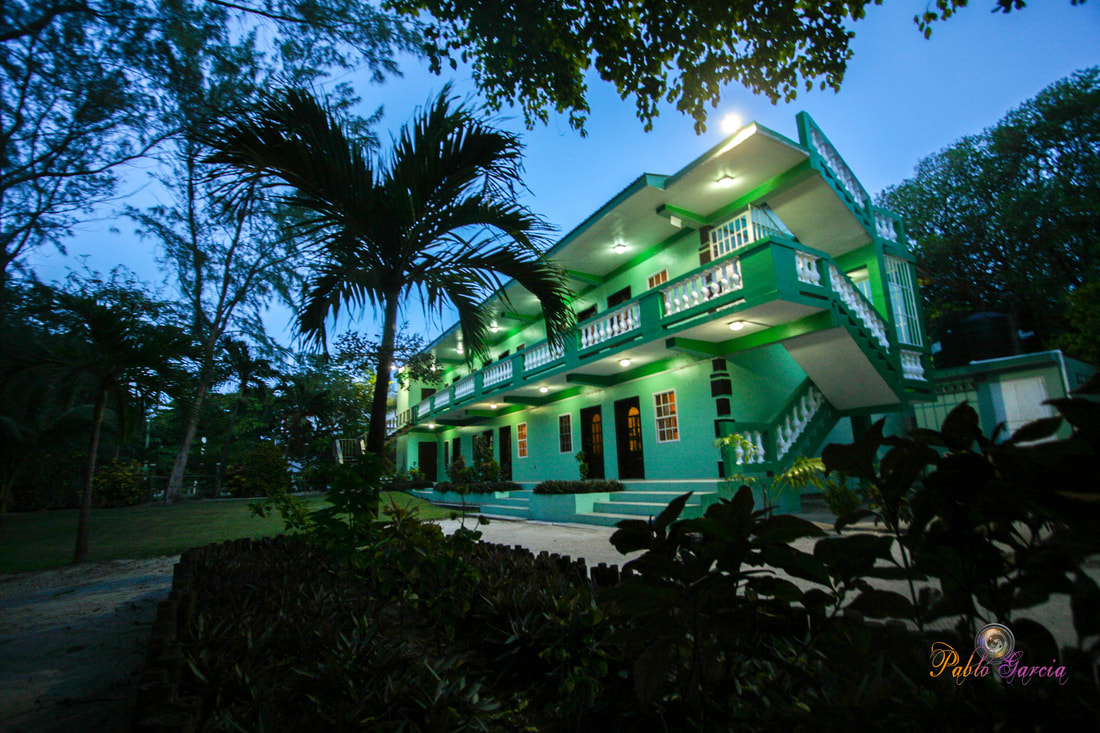
 RSS Feed
RSS Feed




















